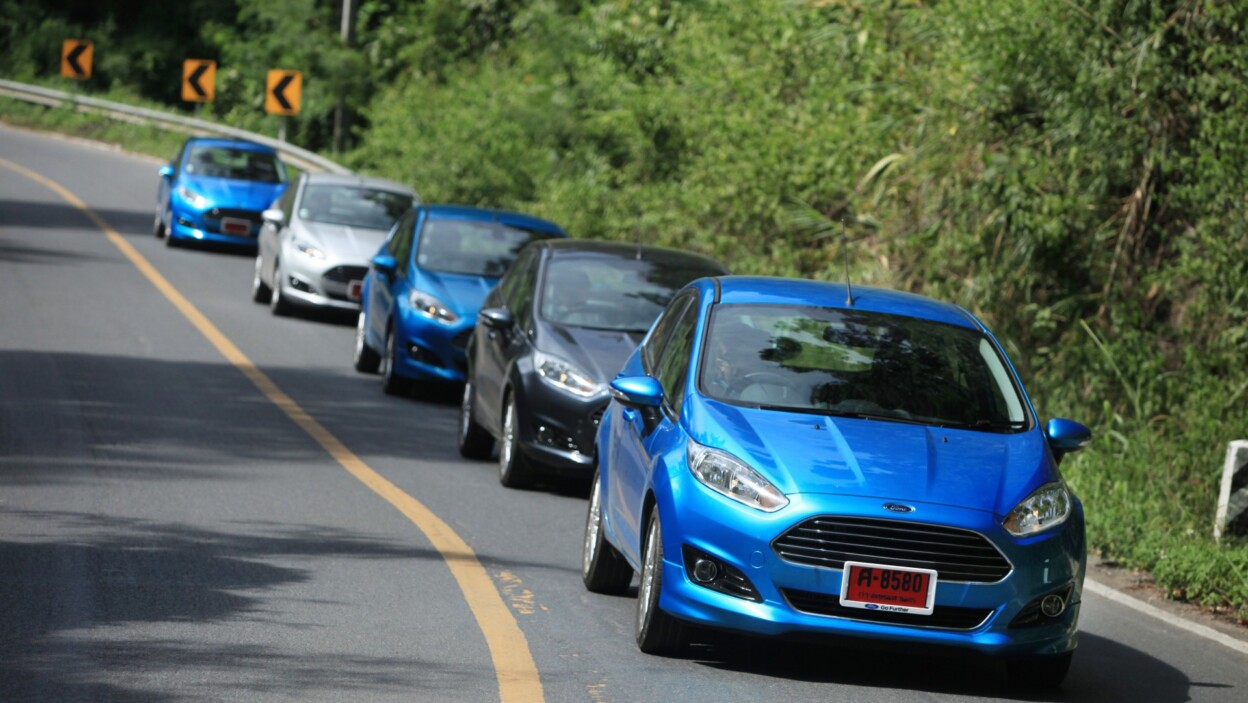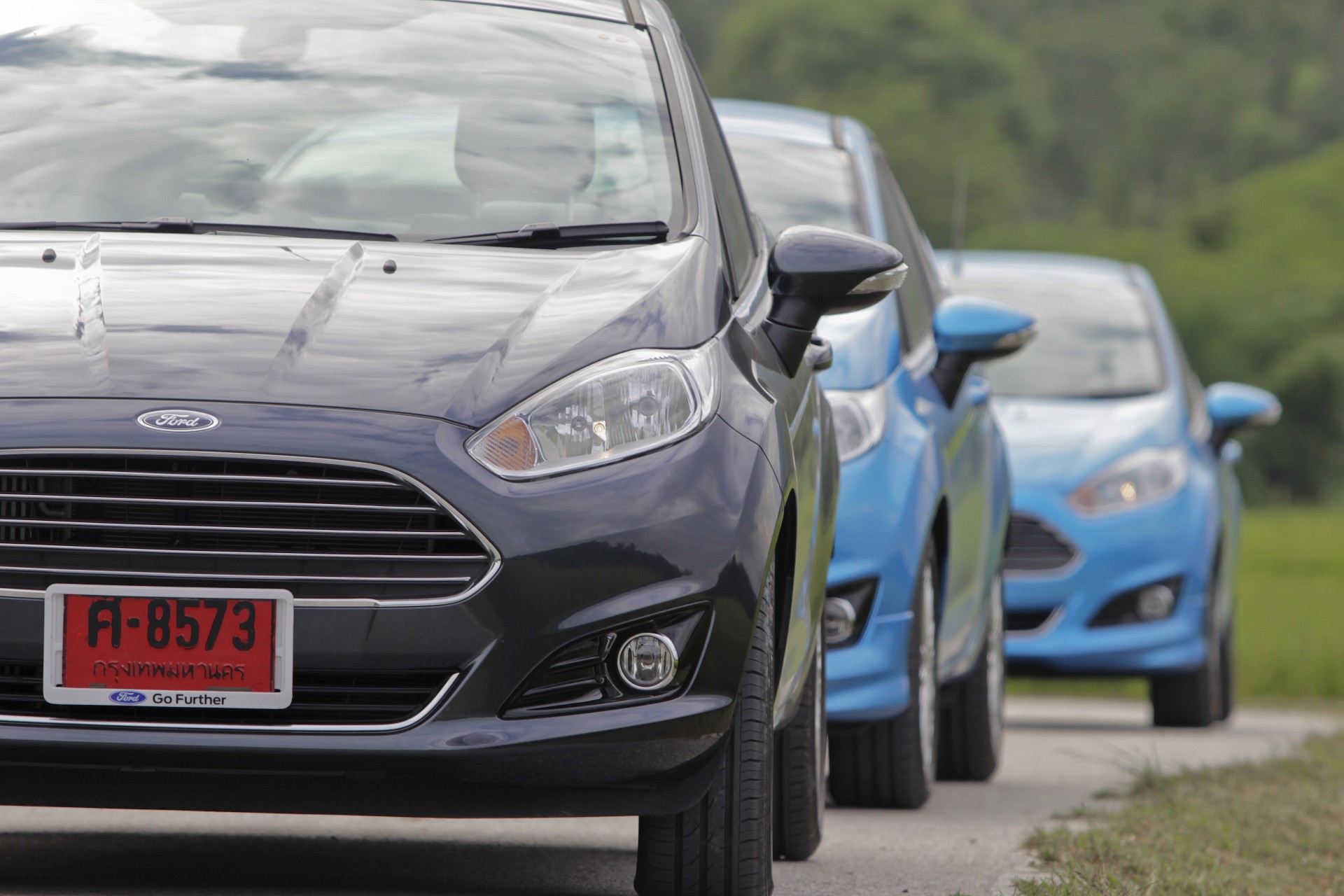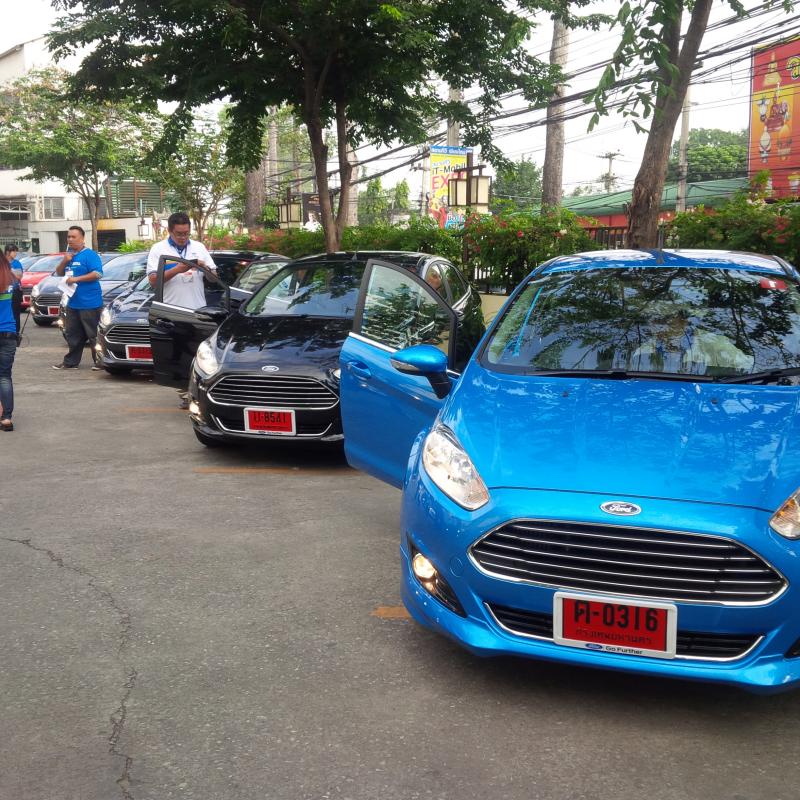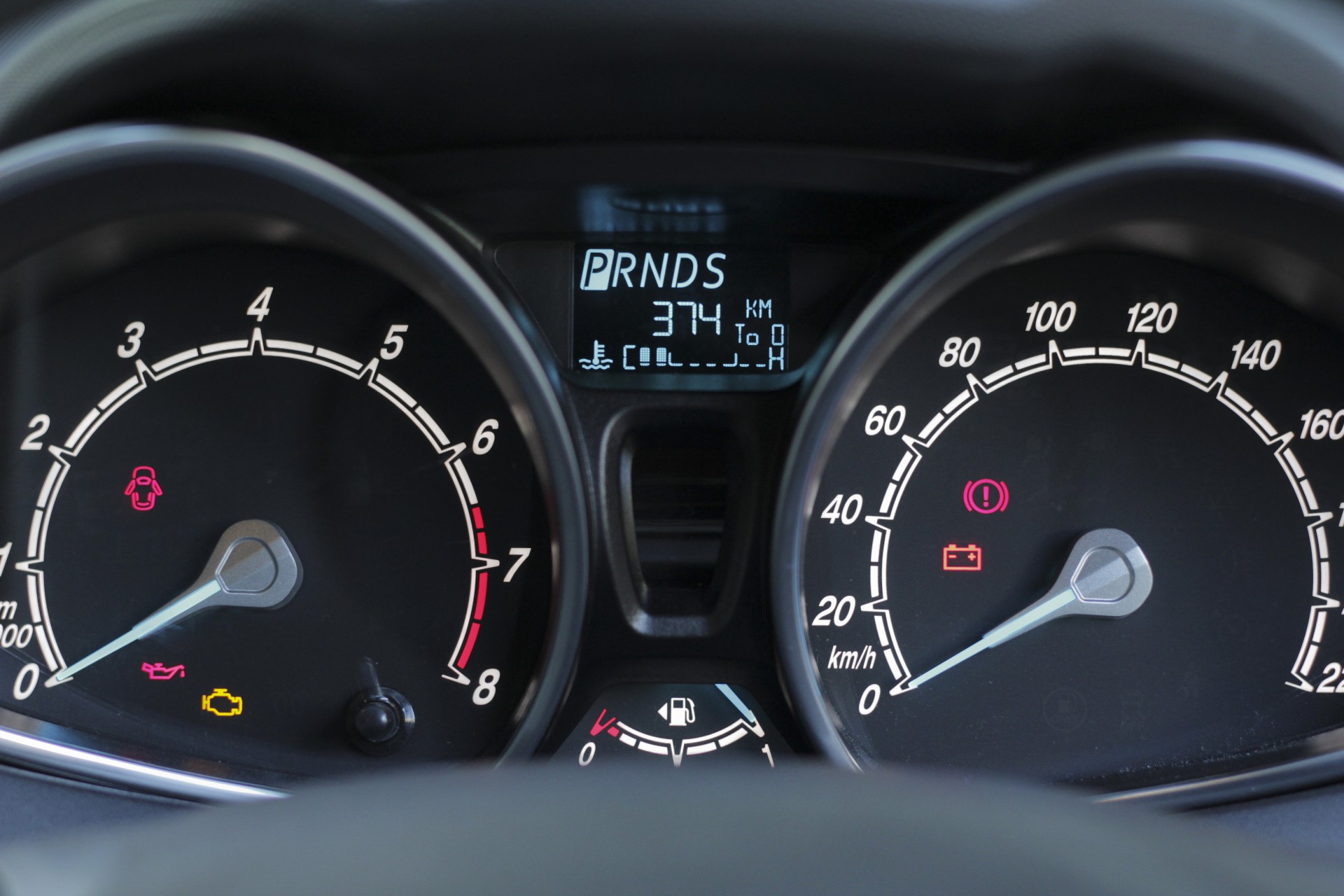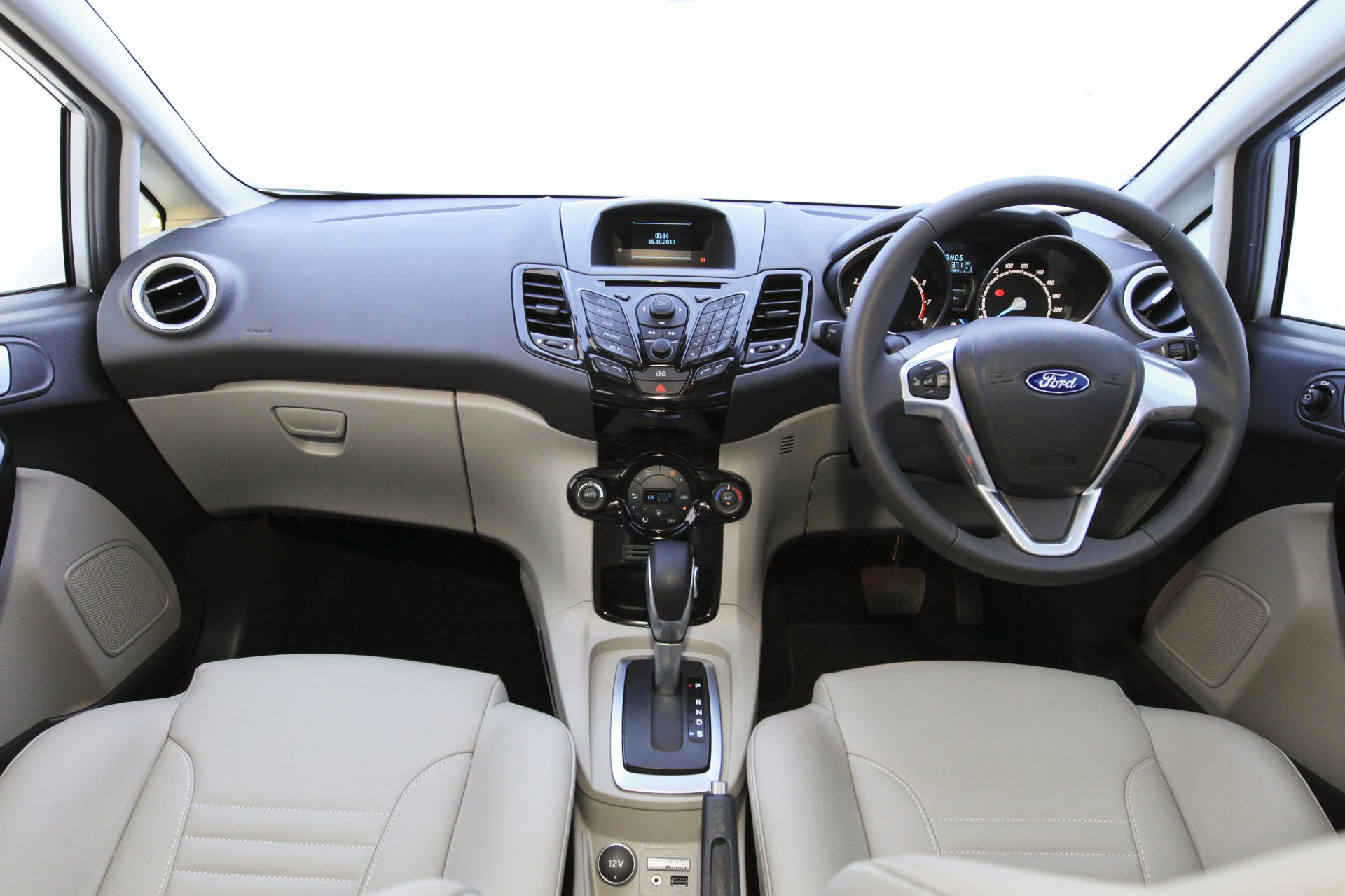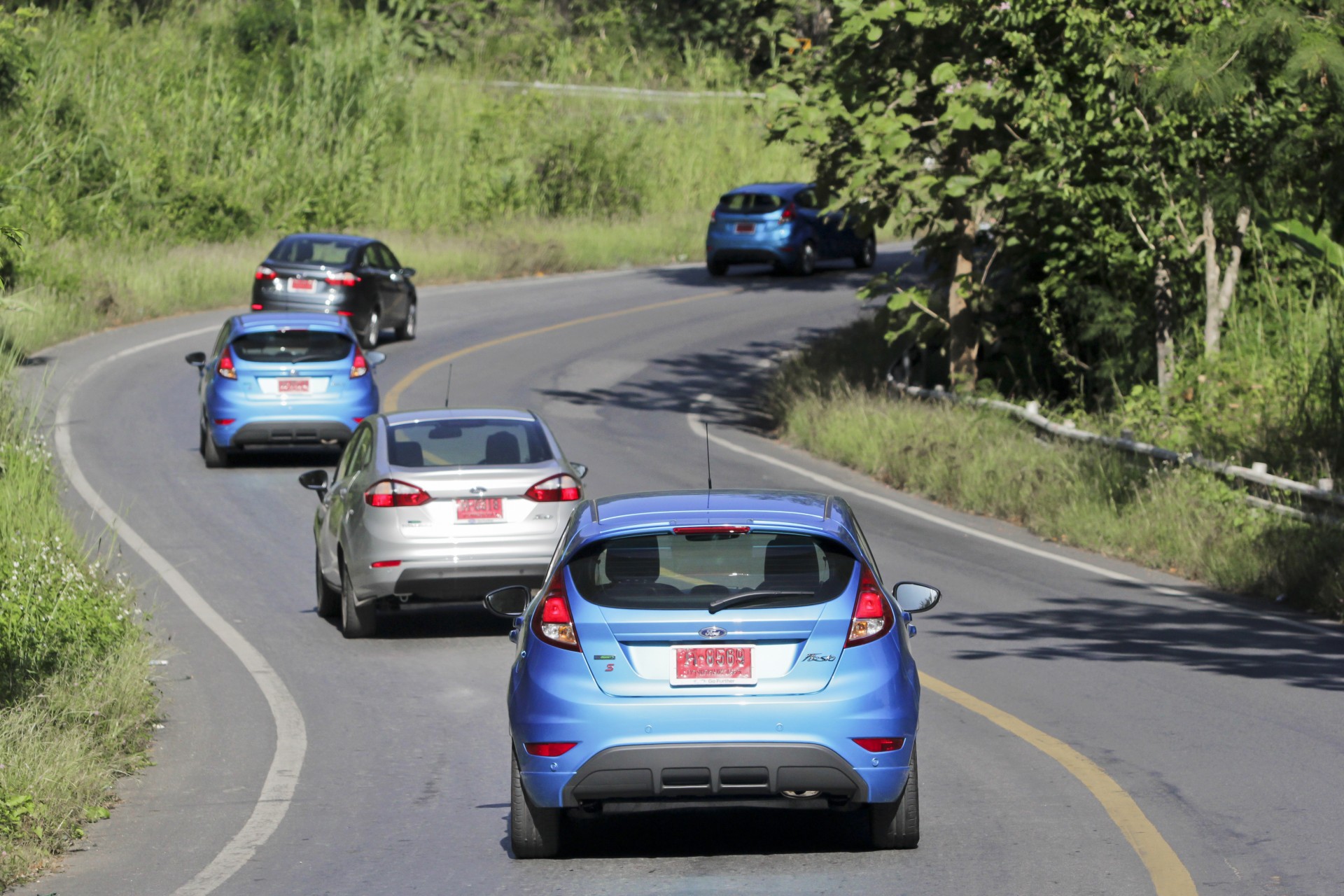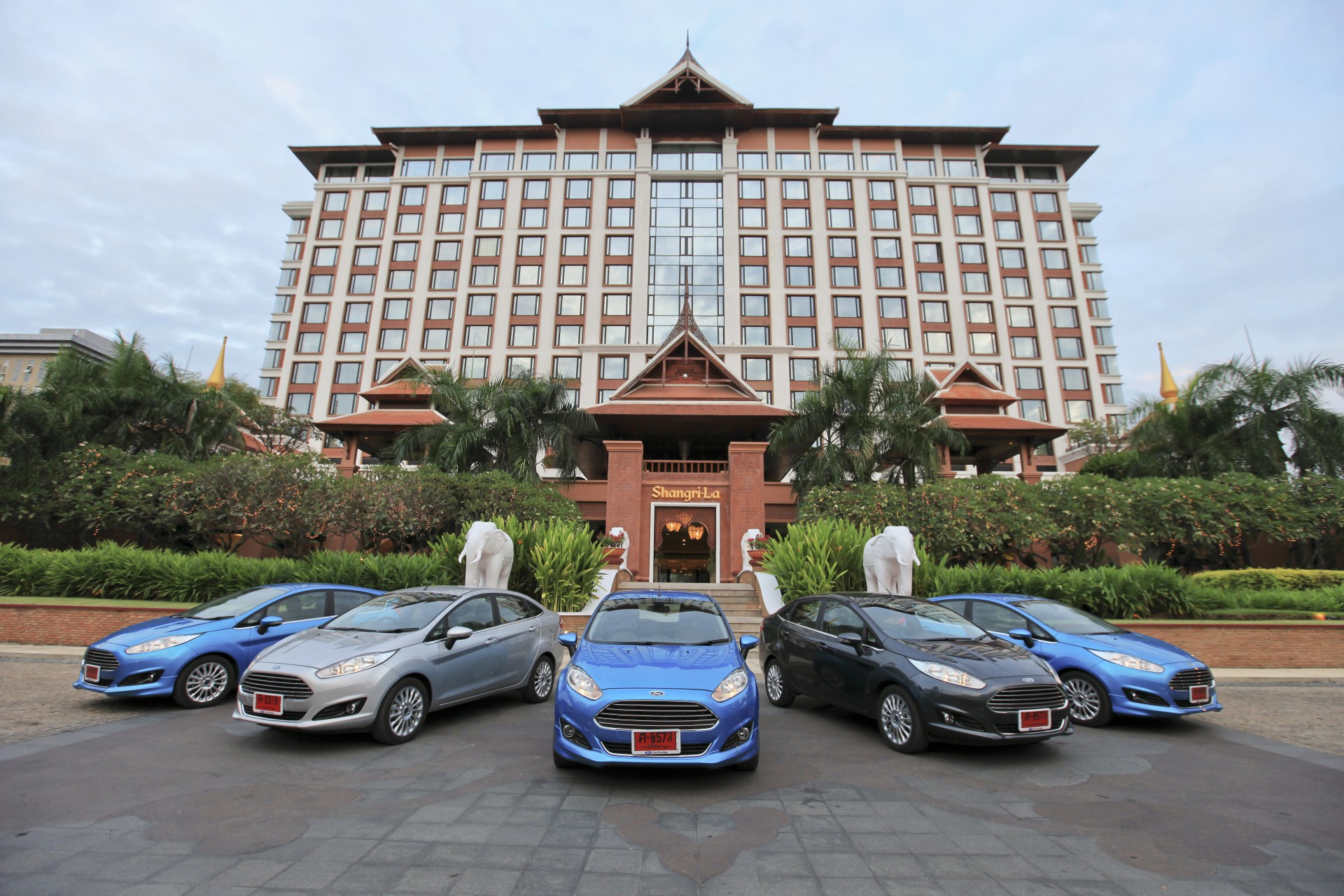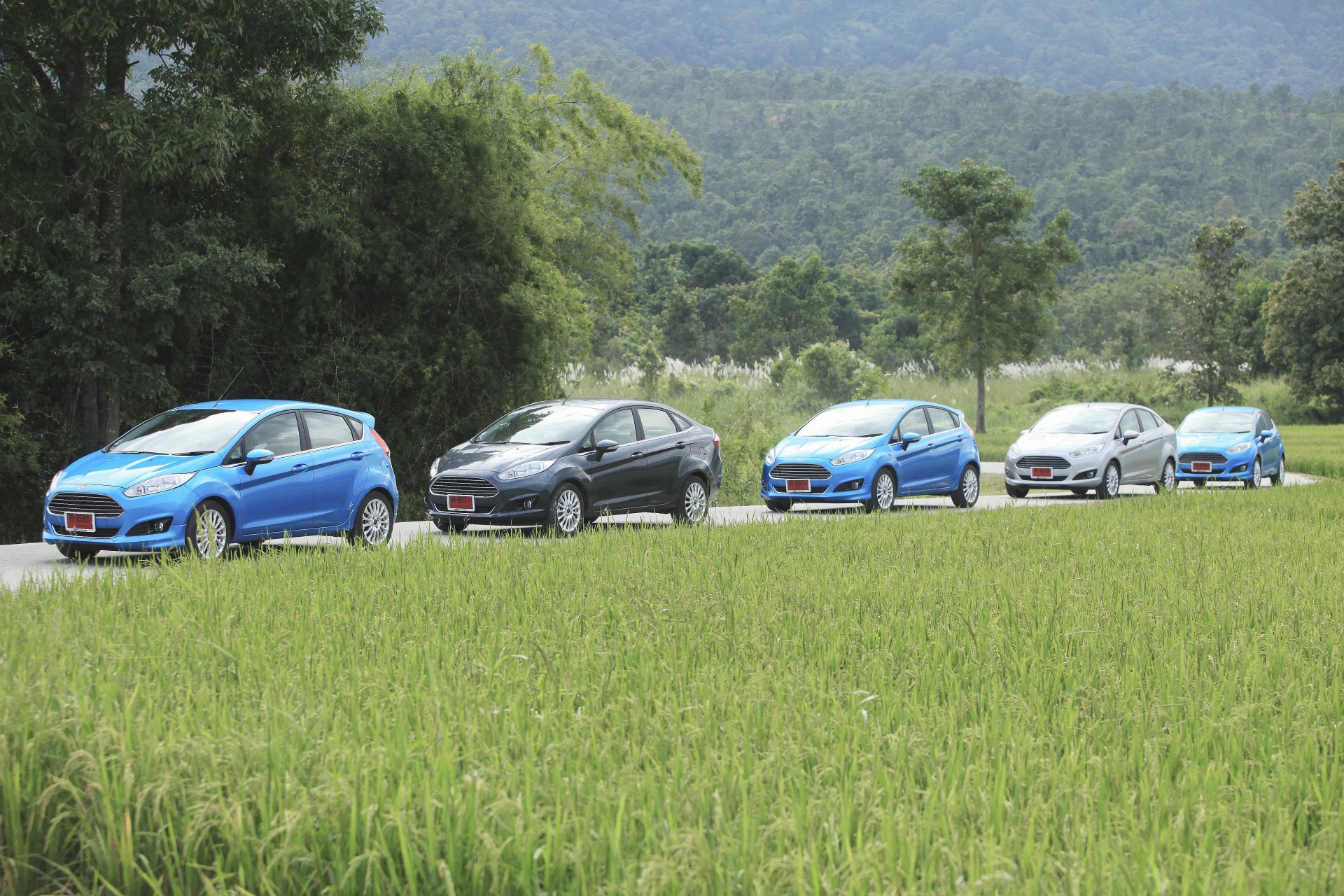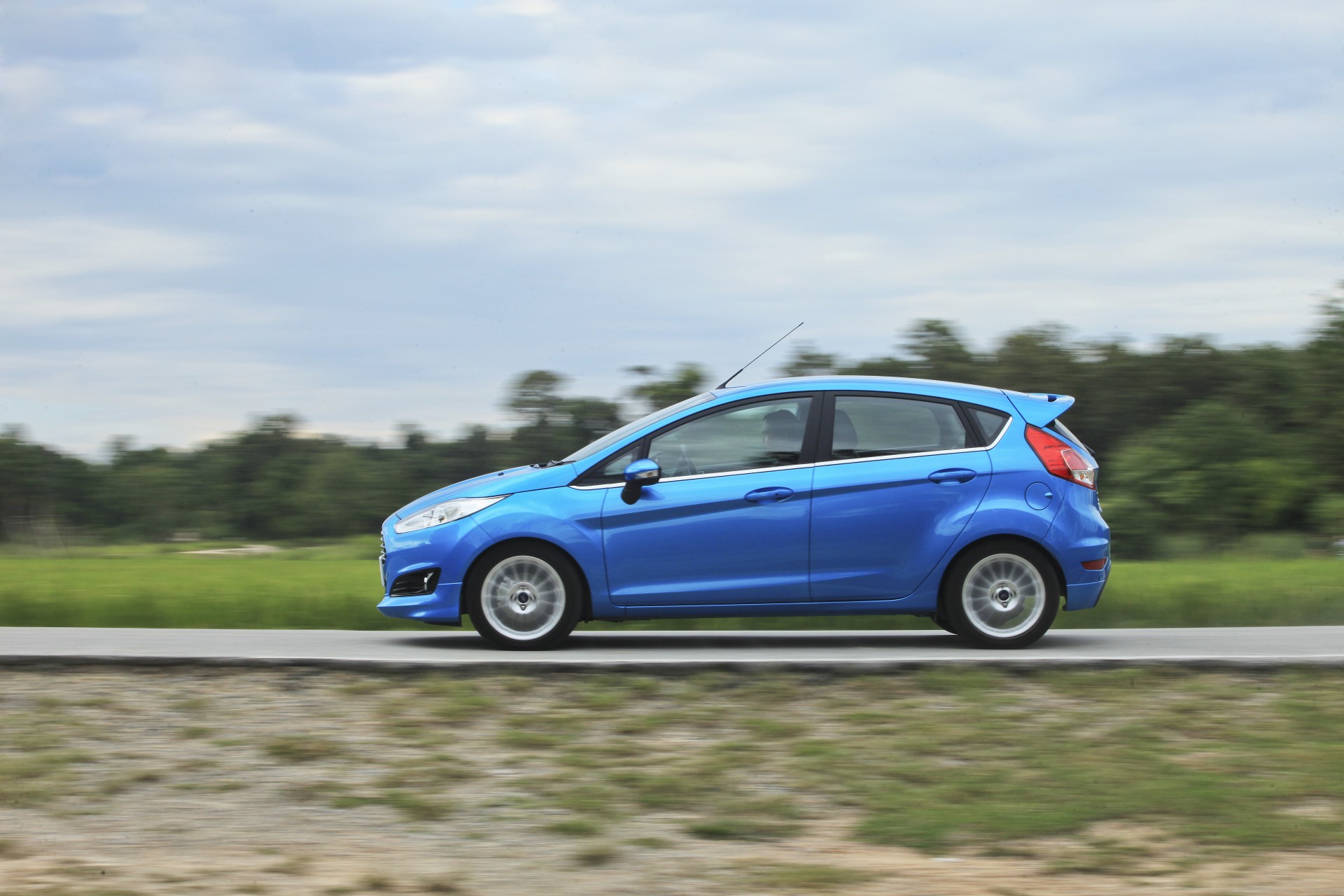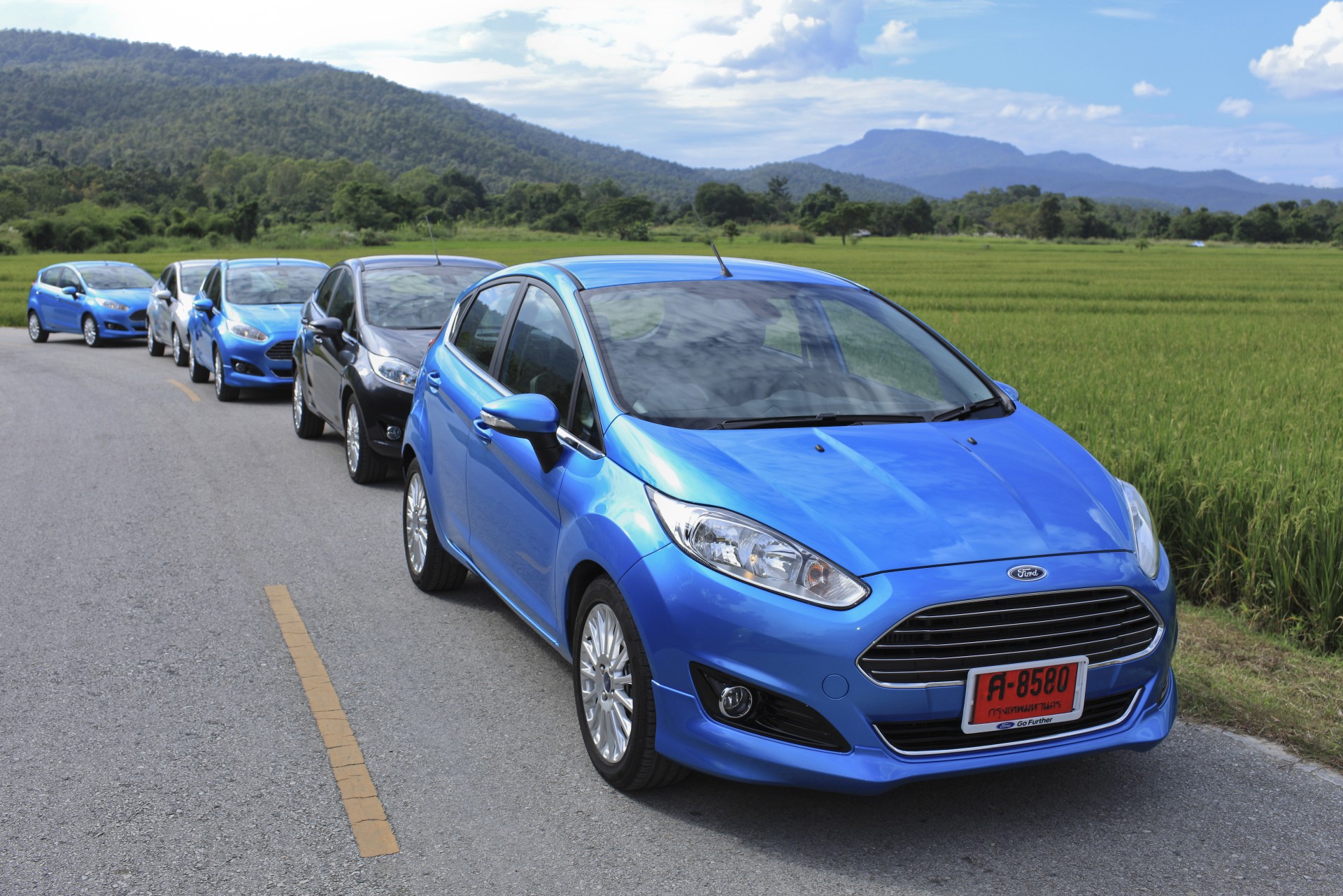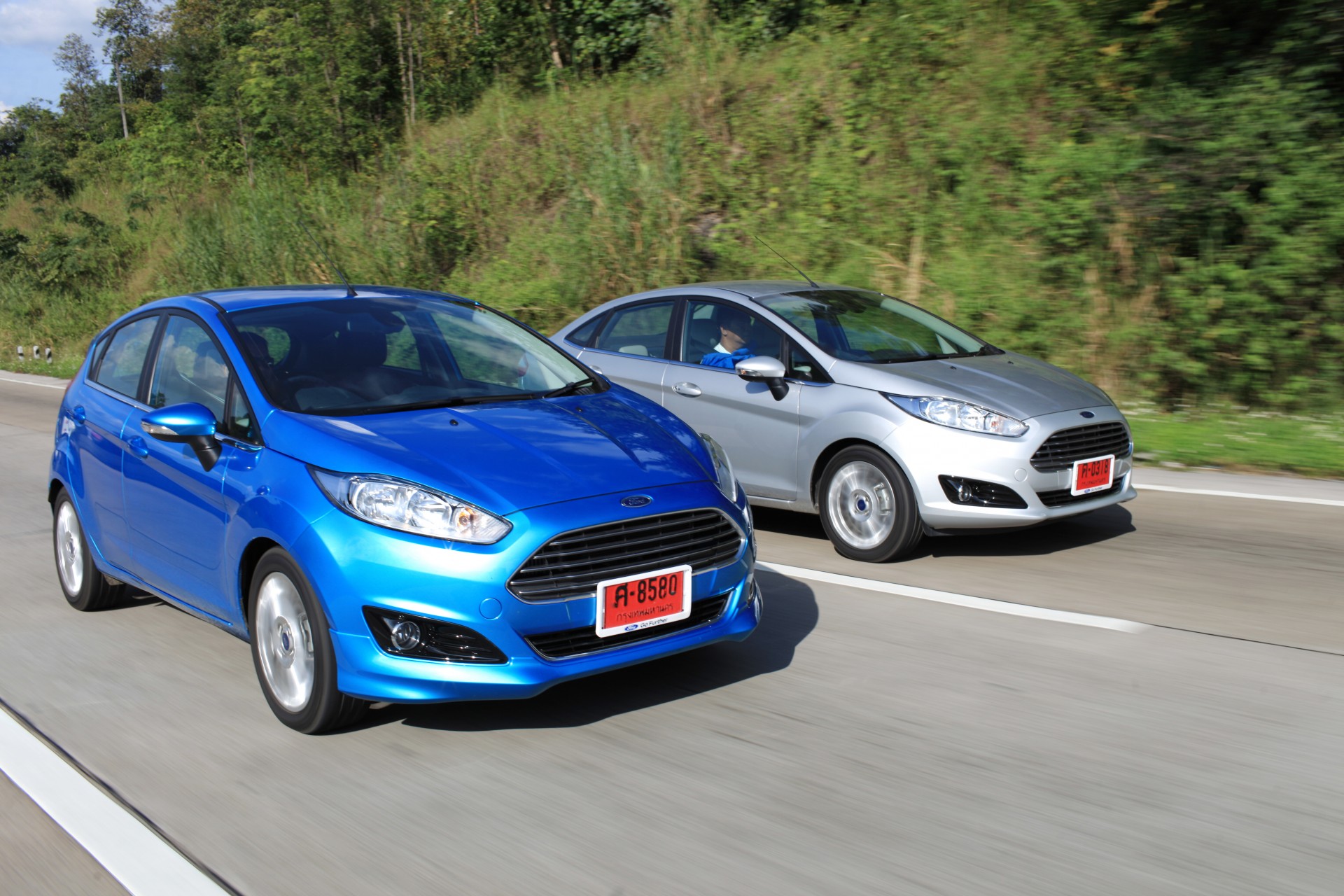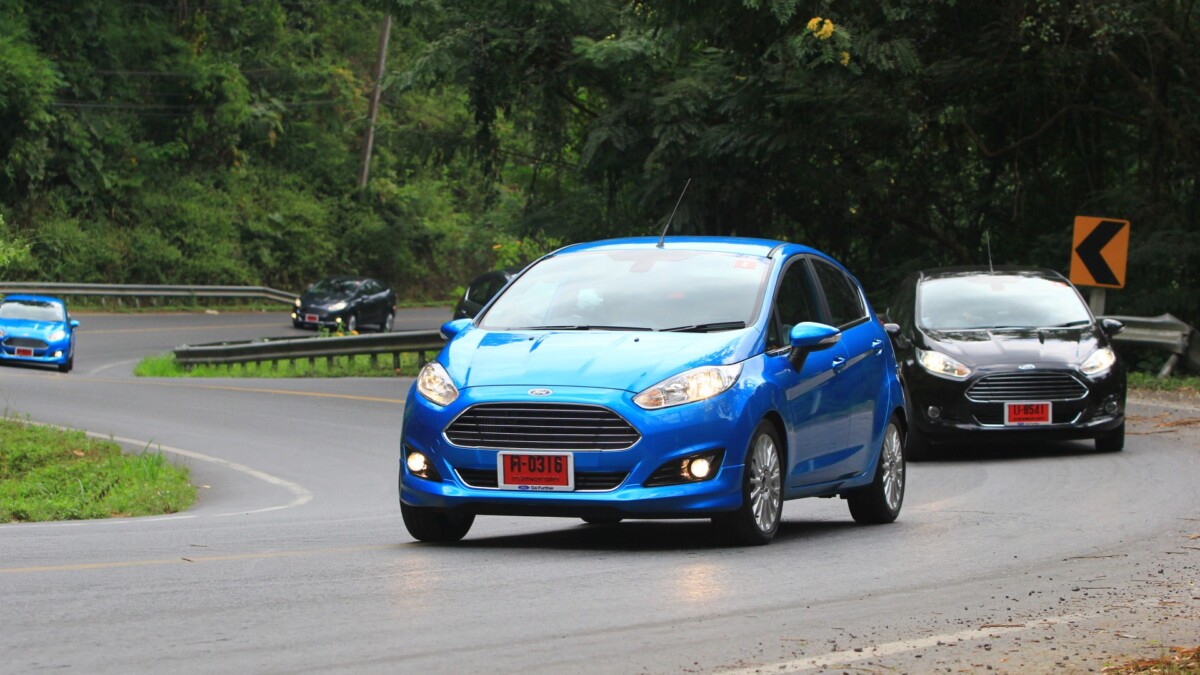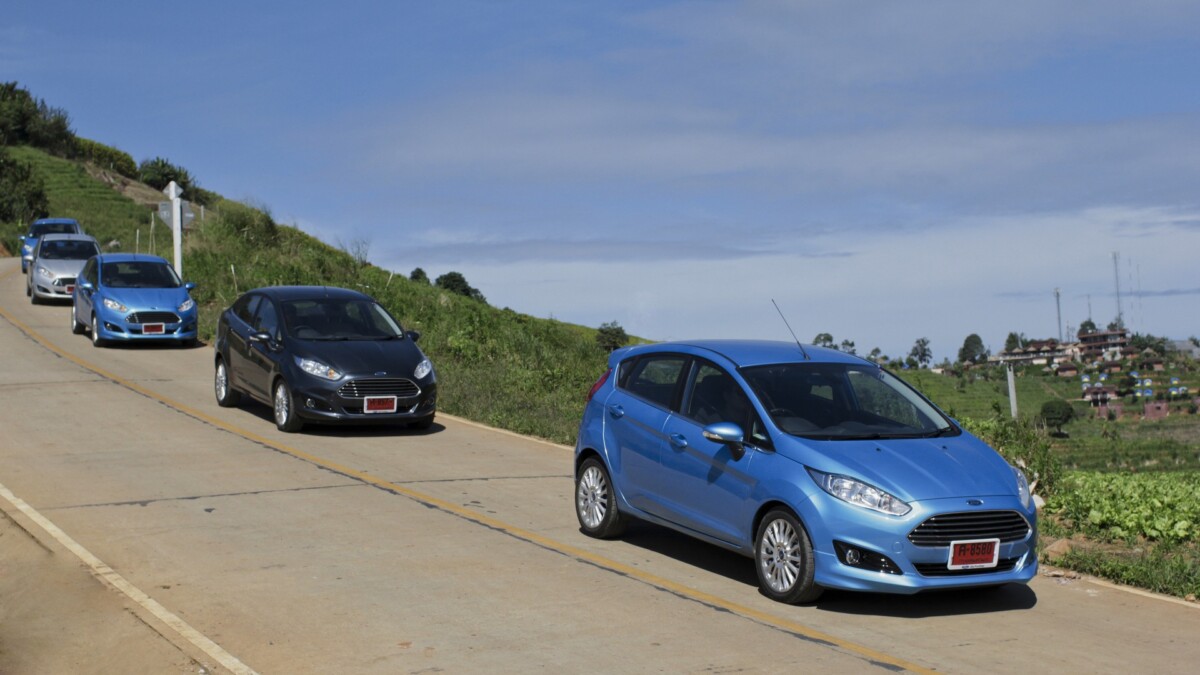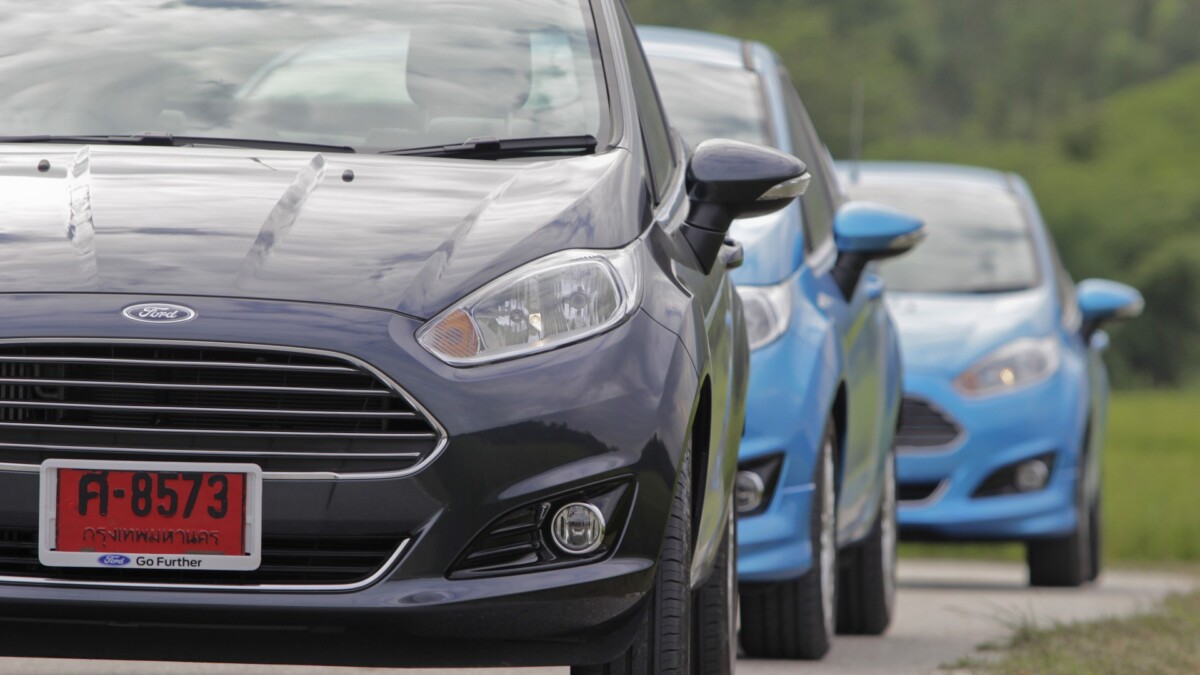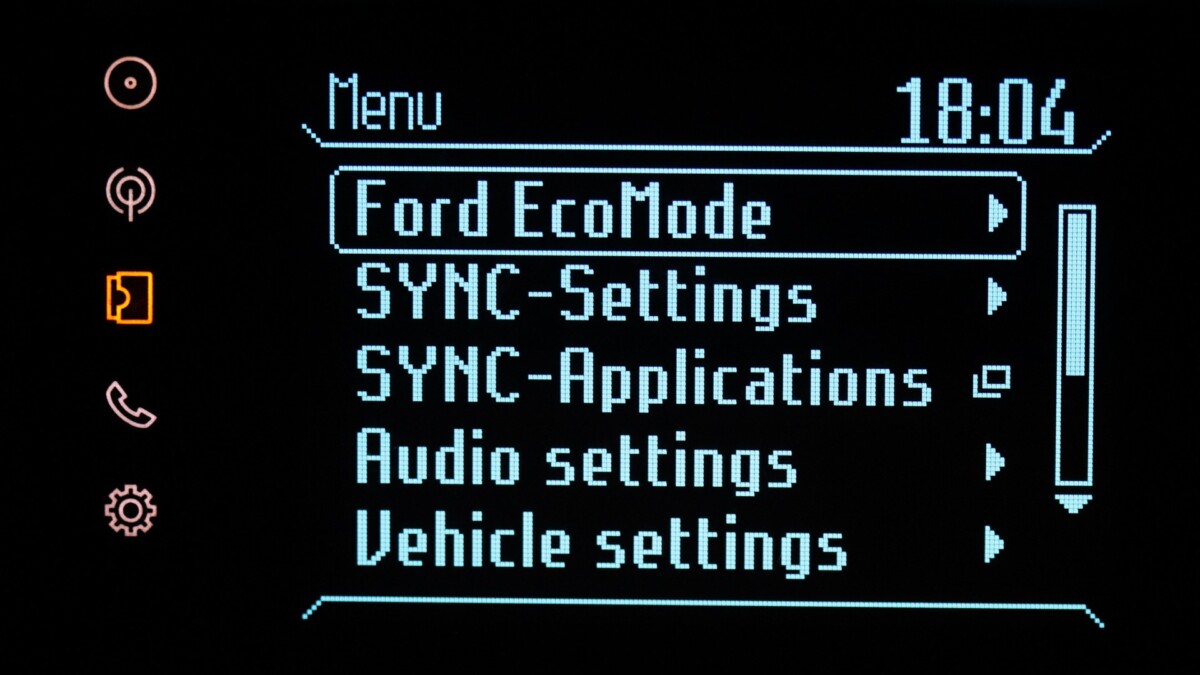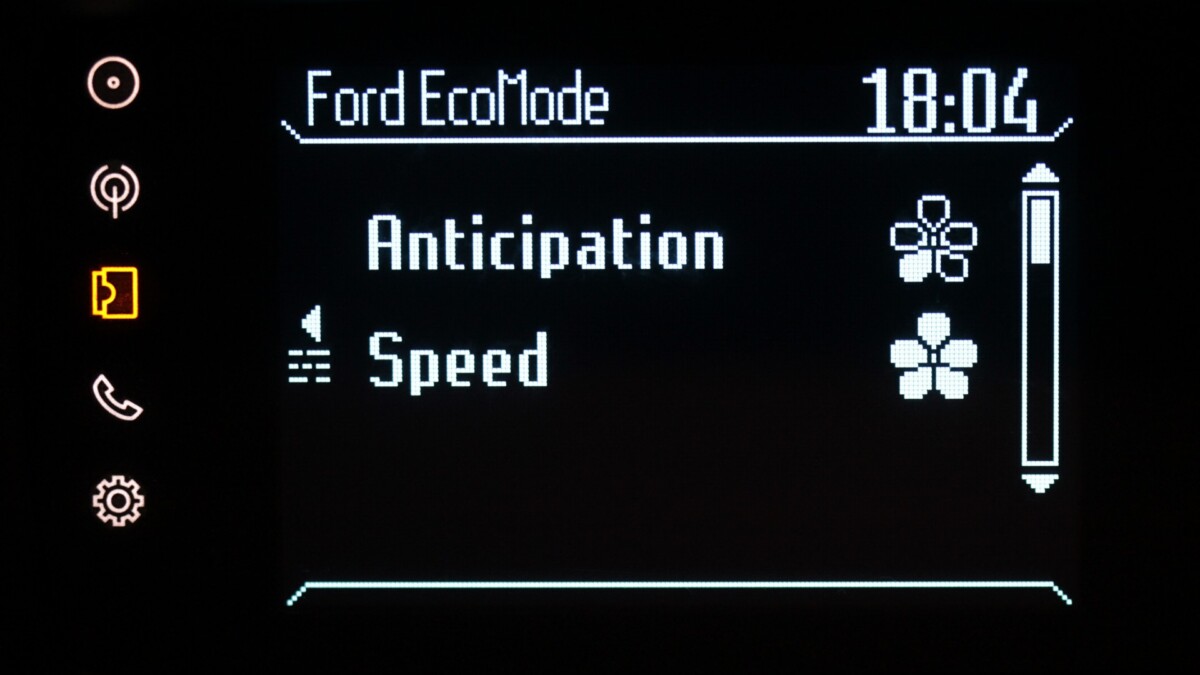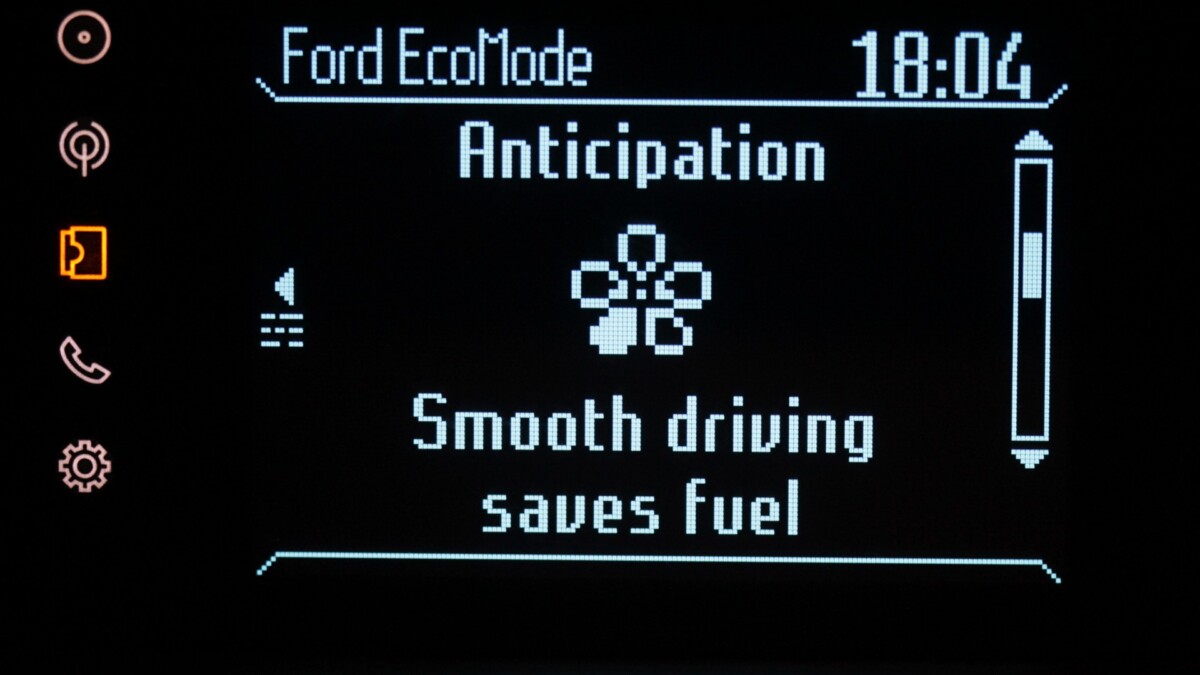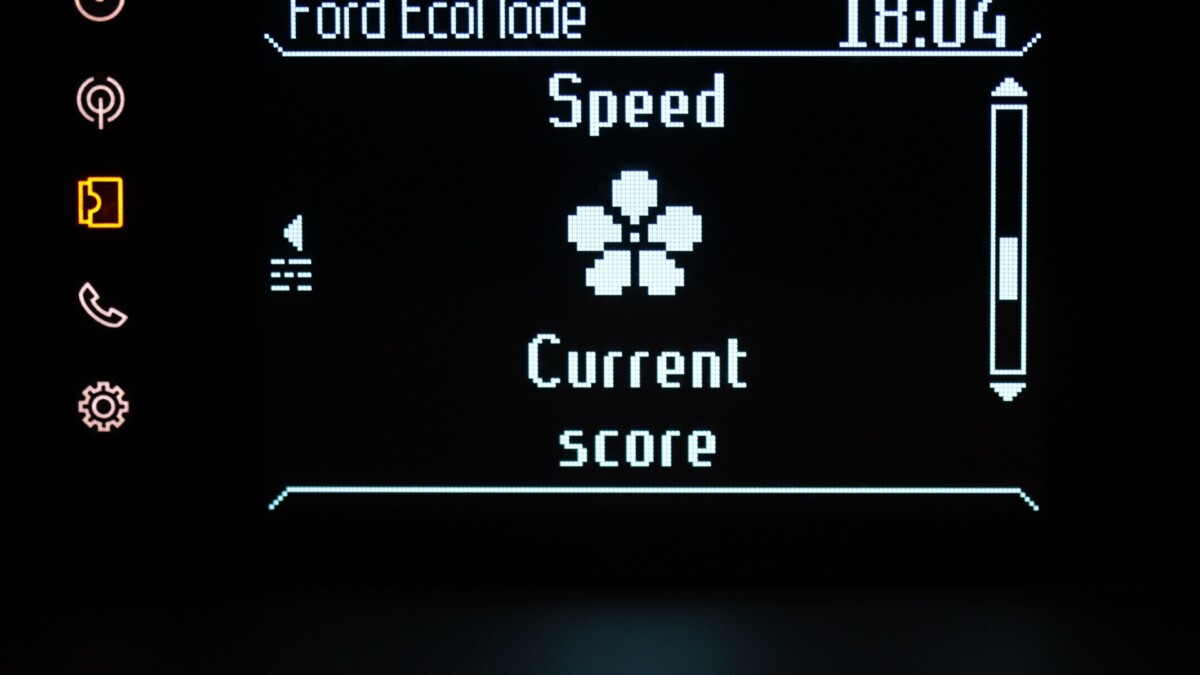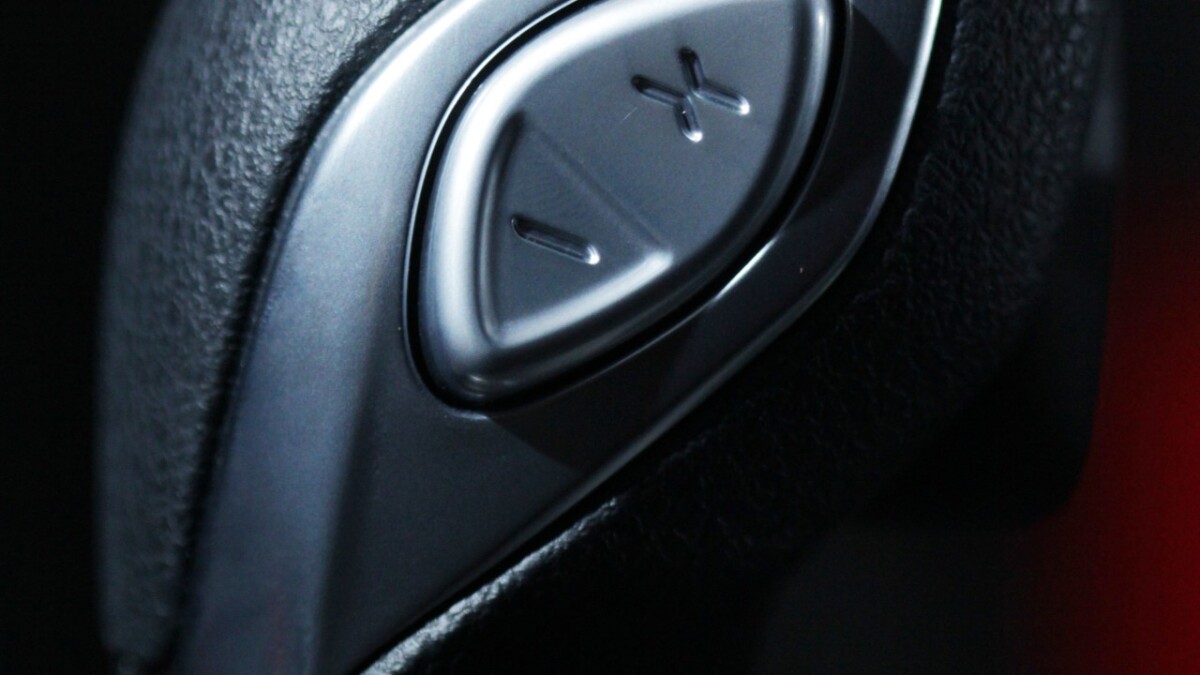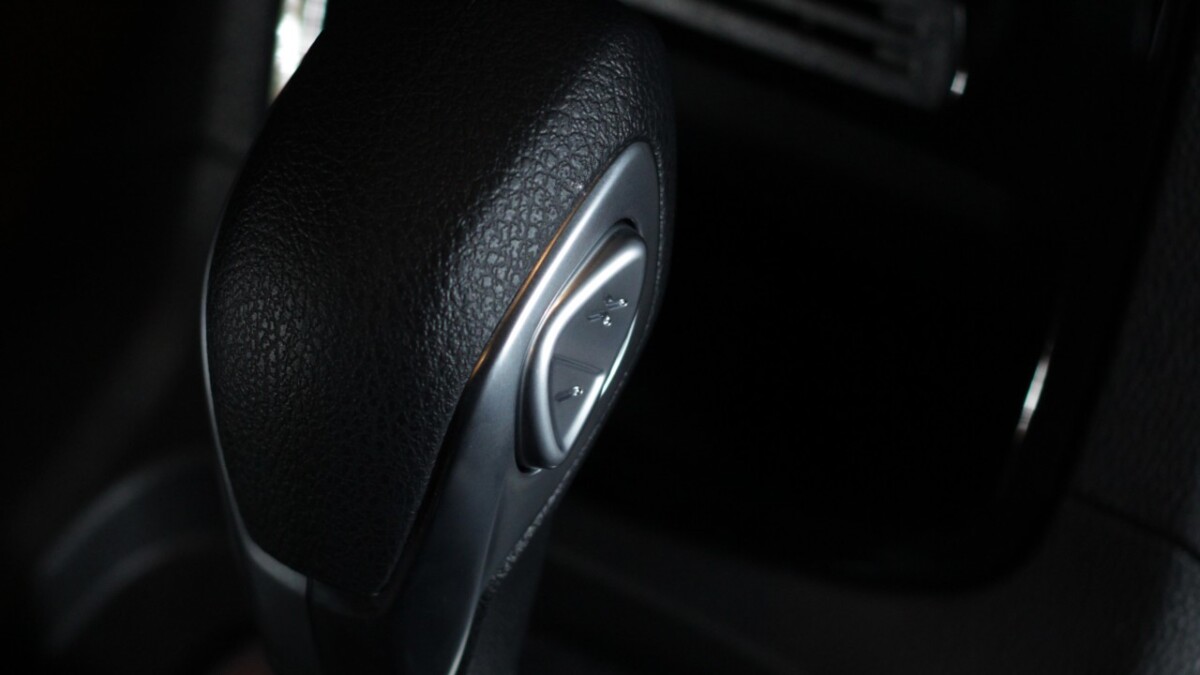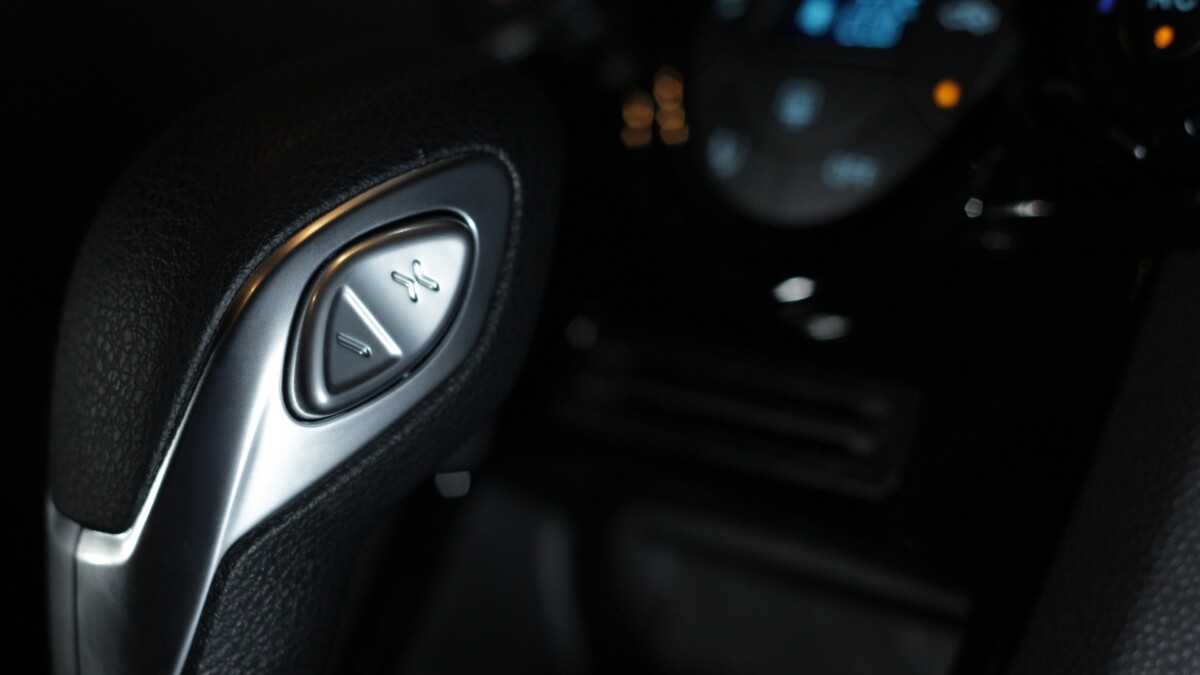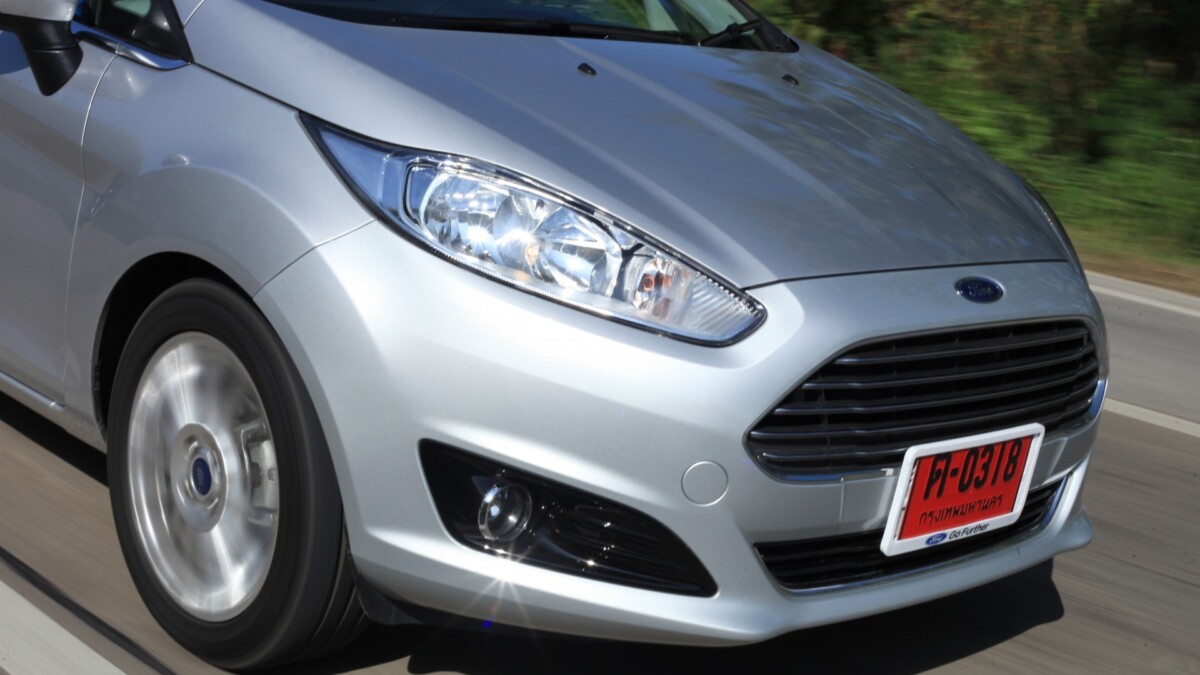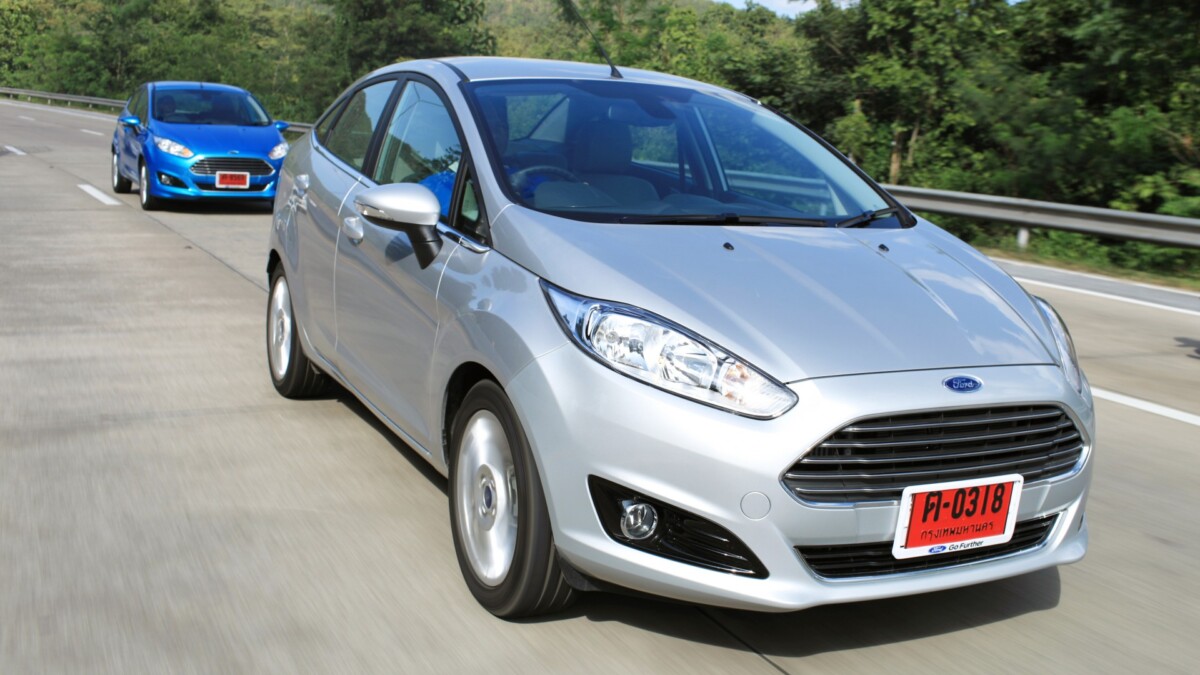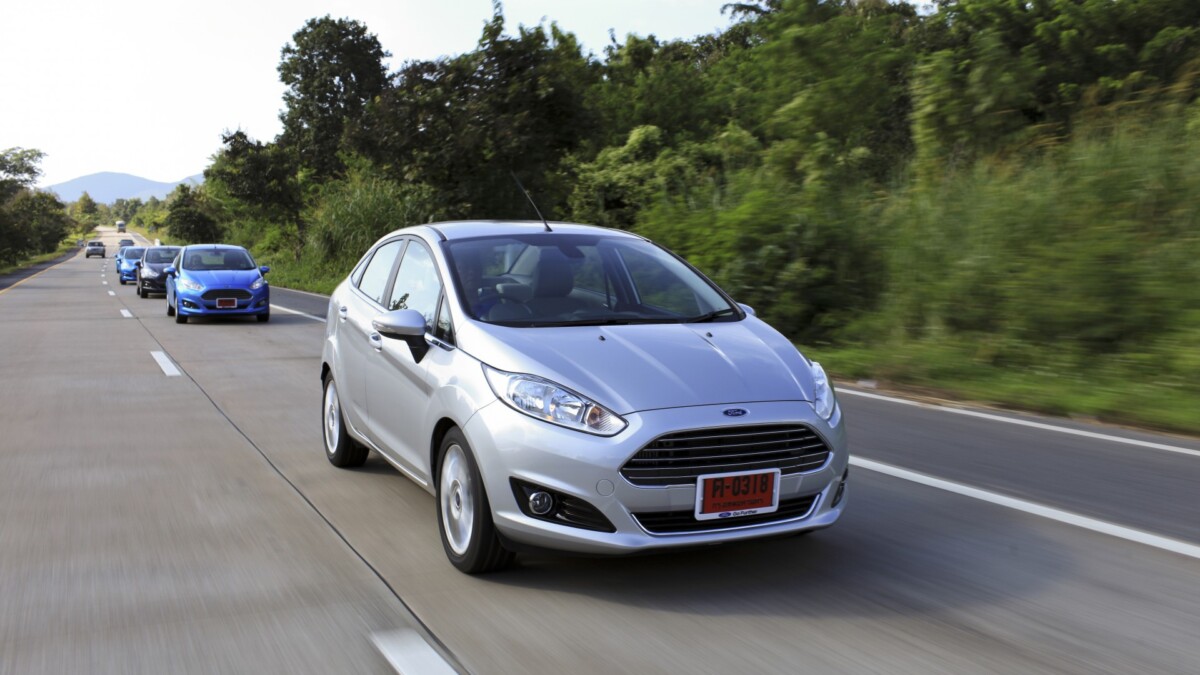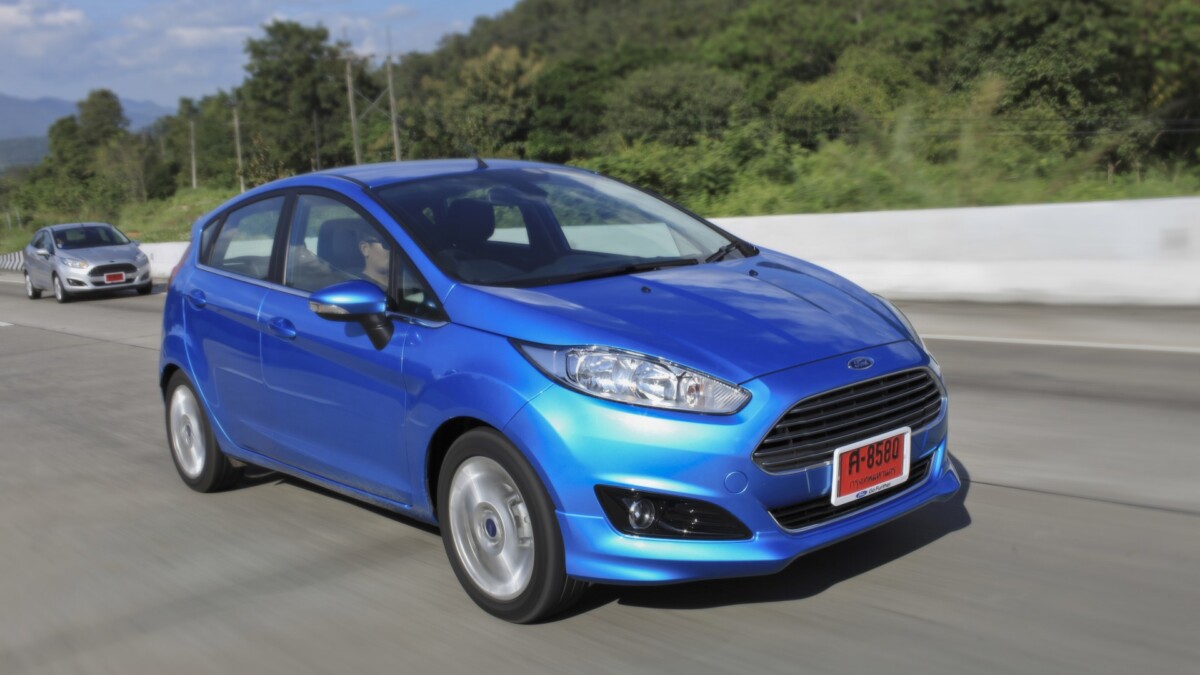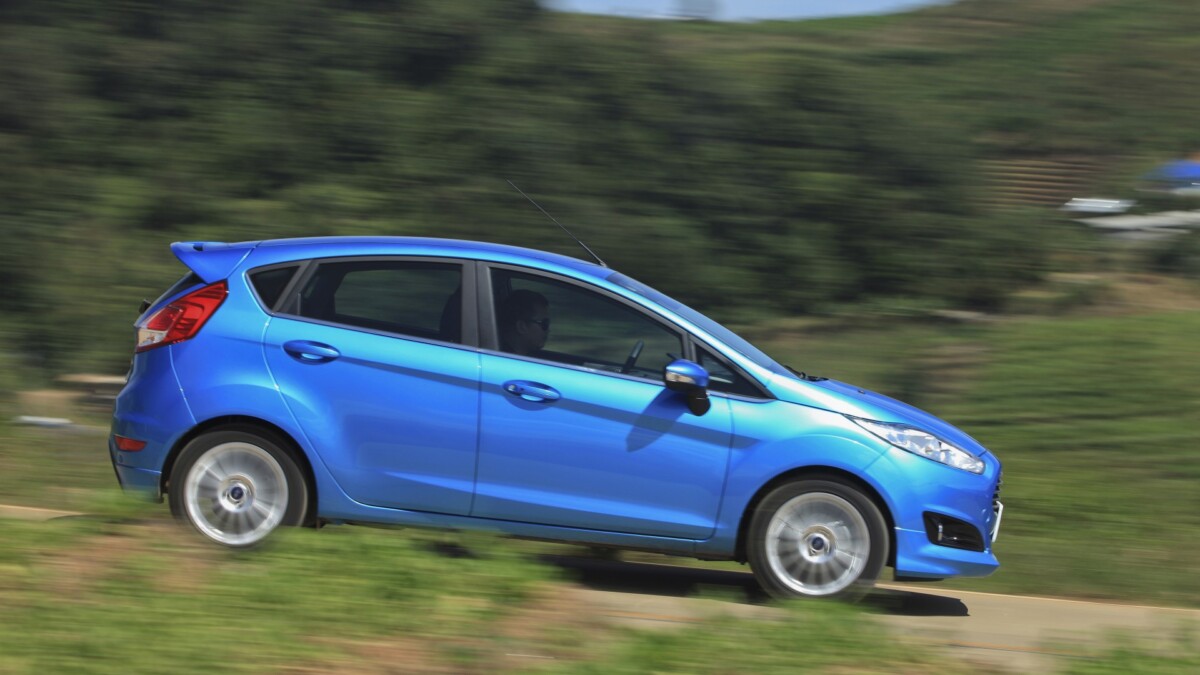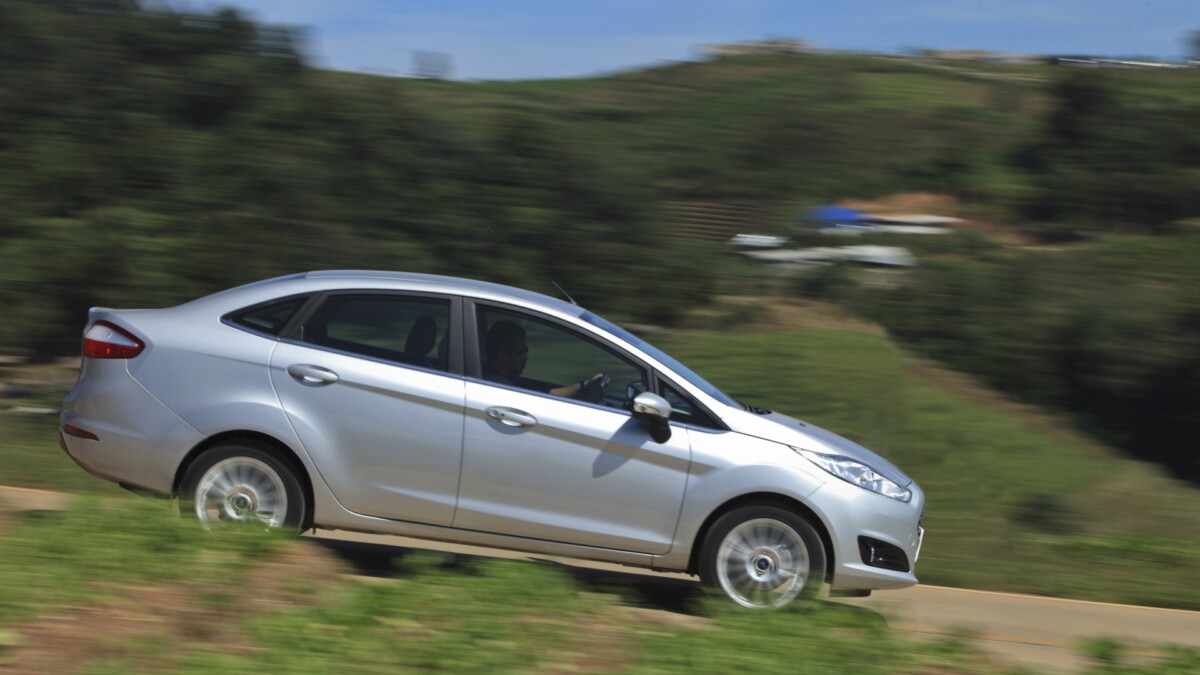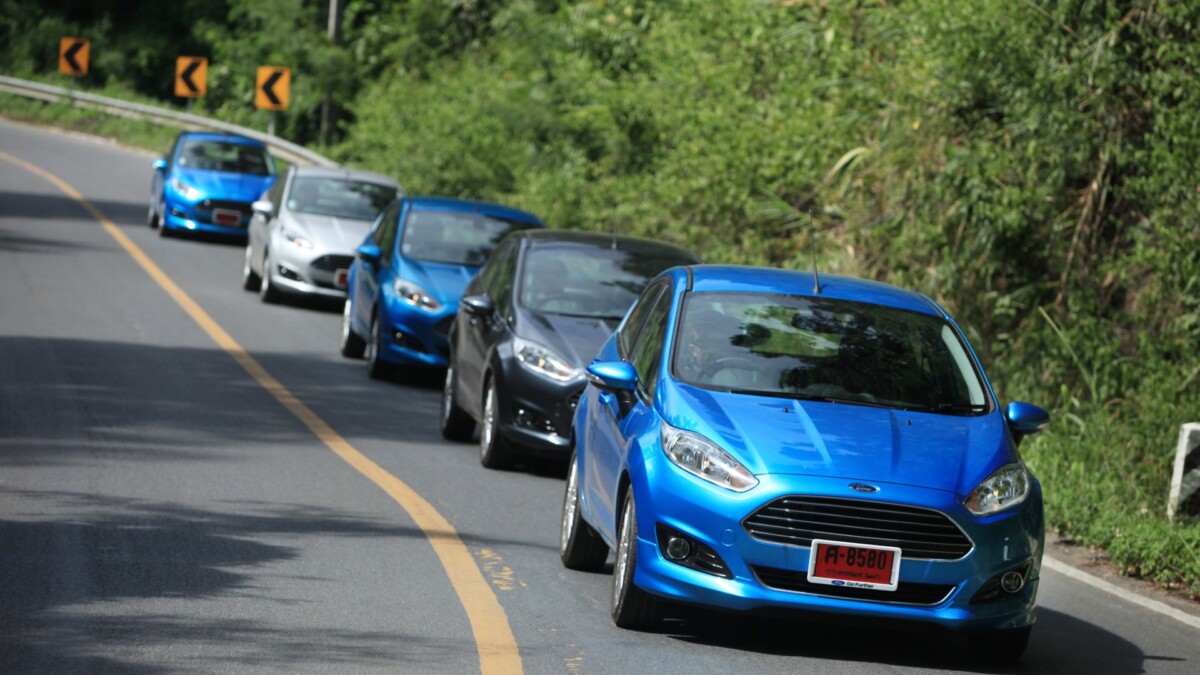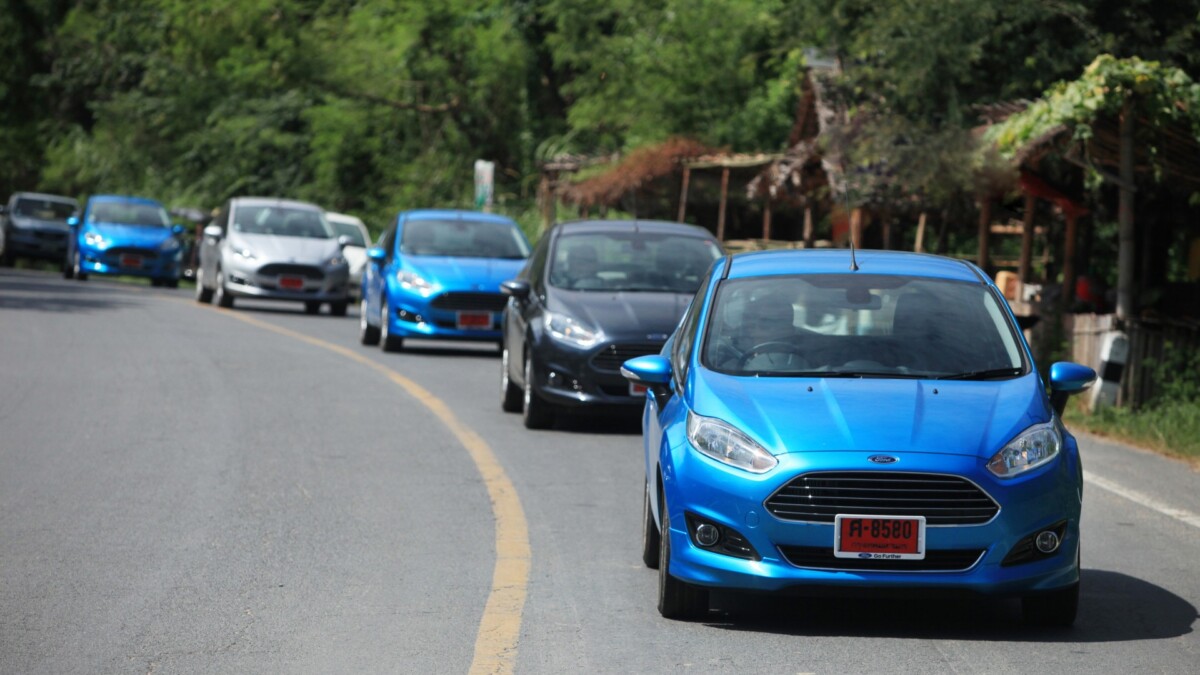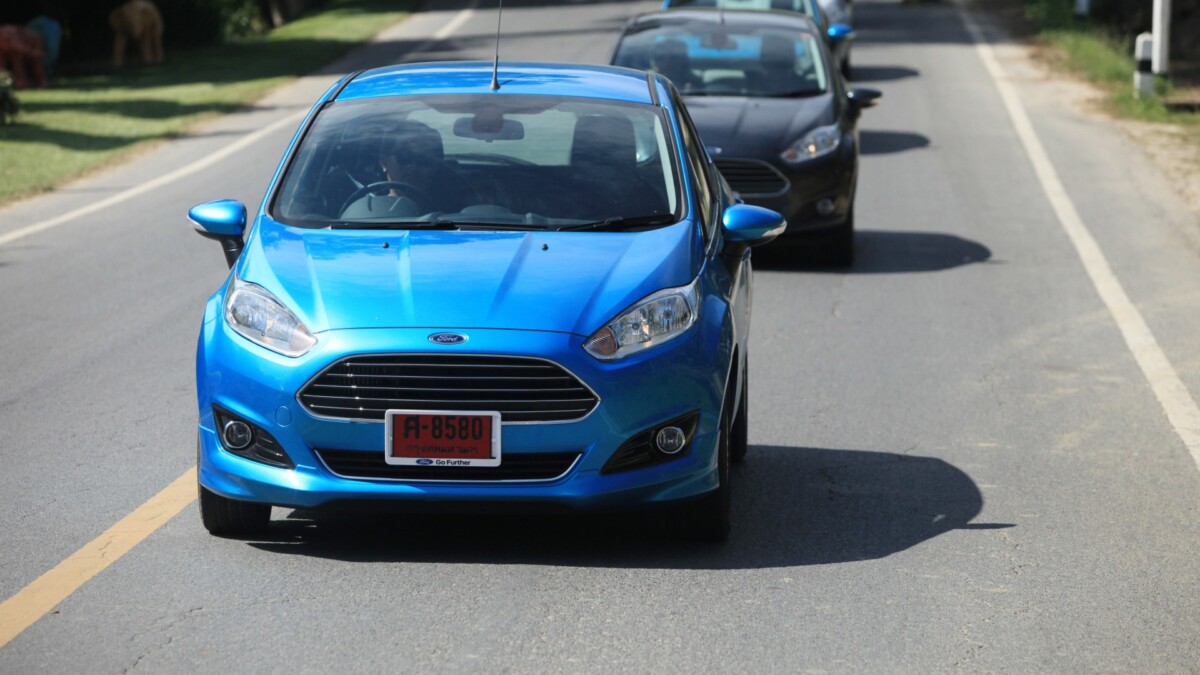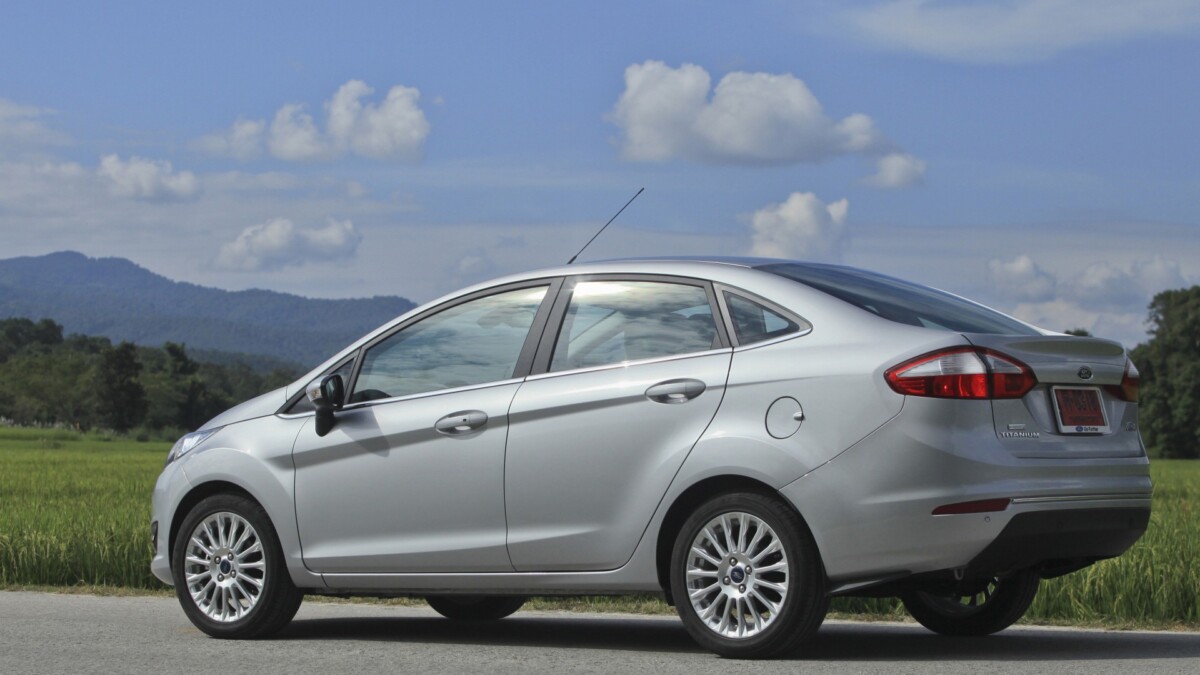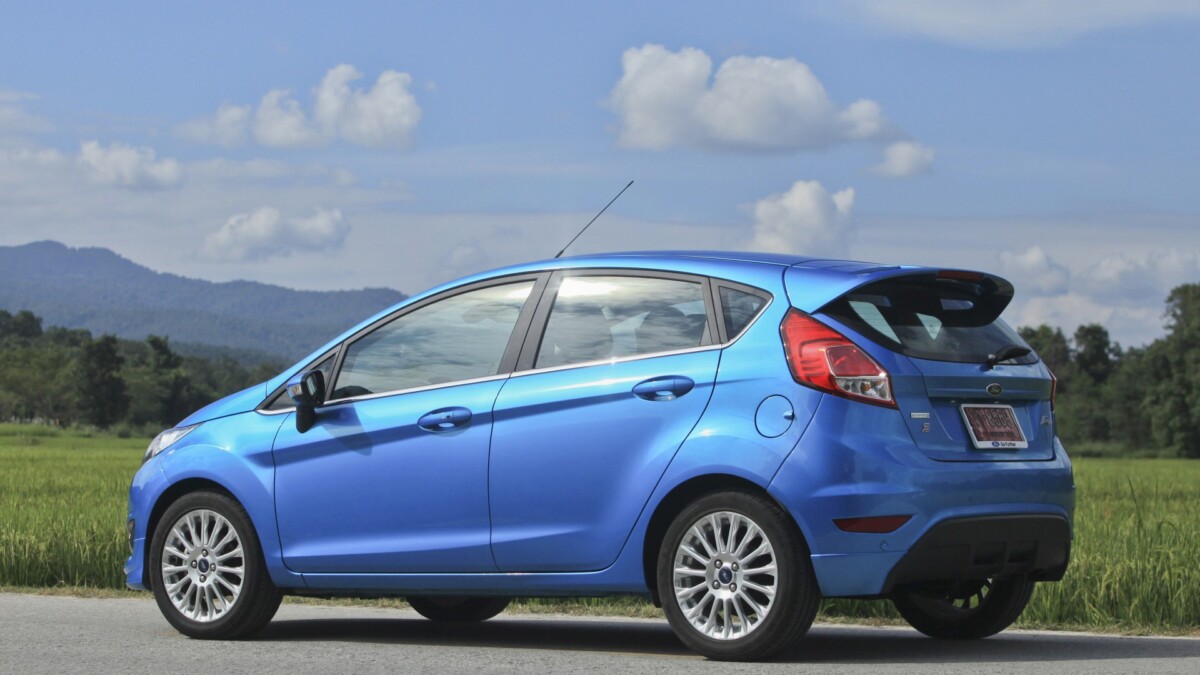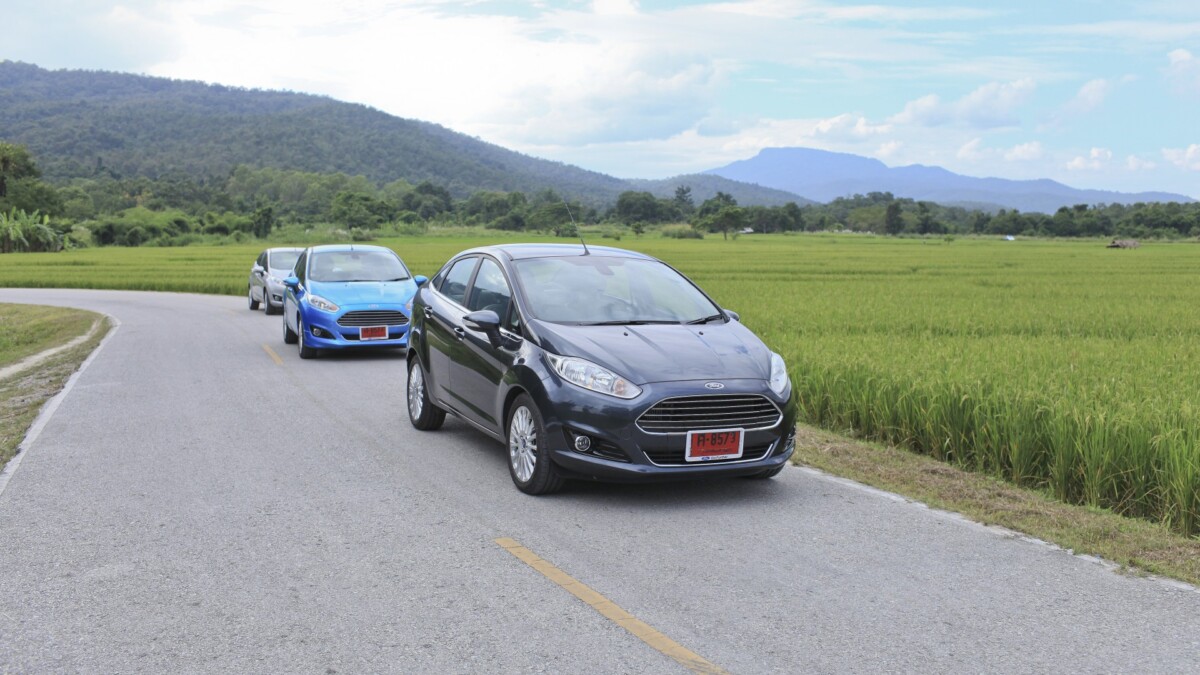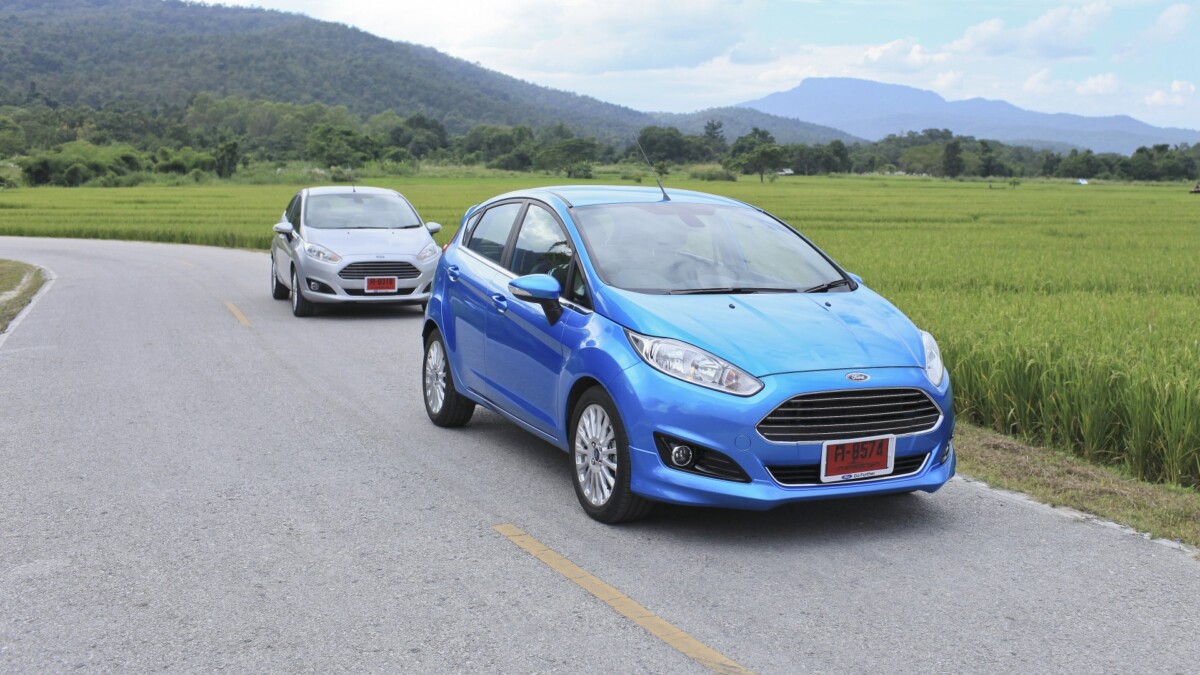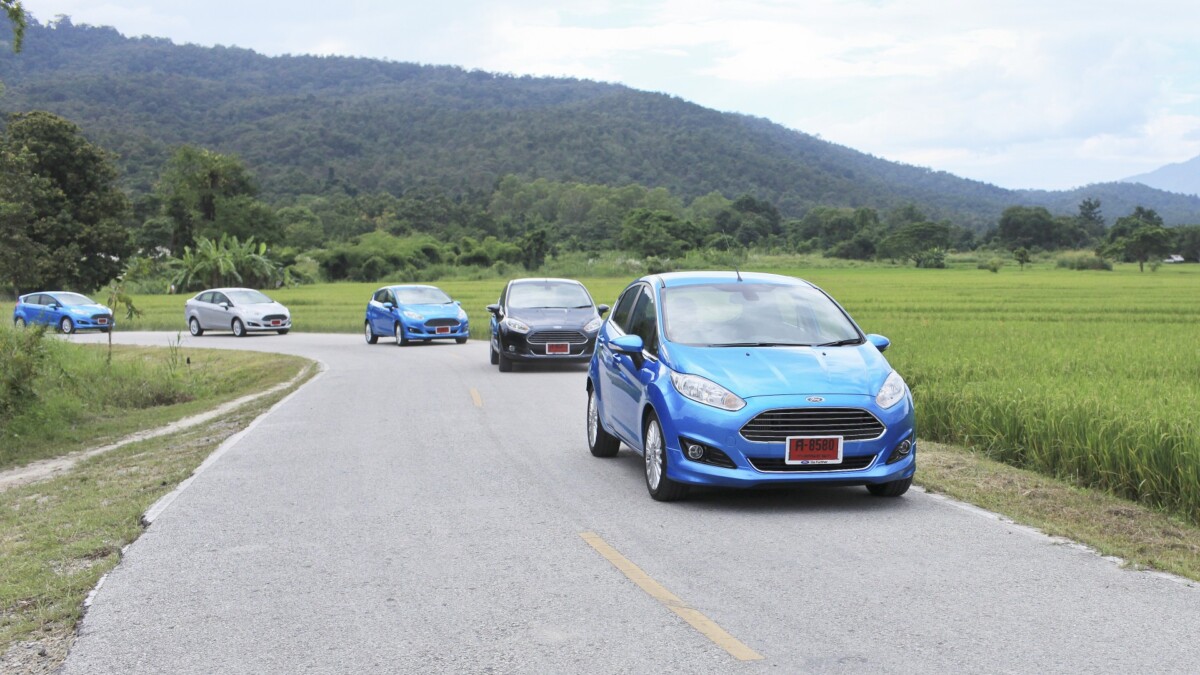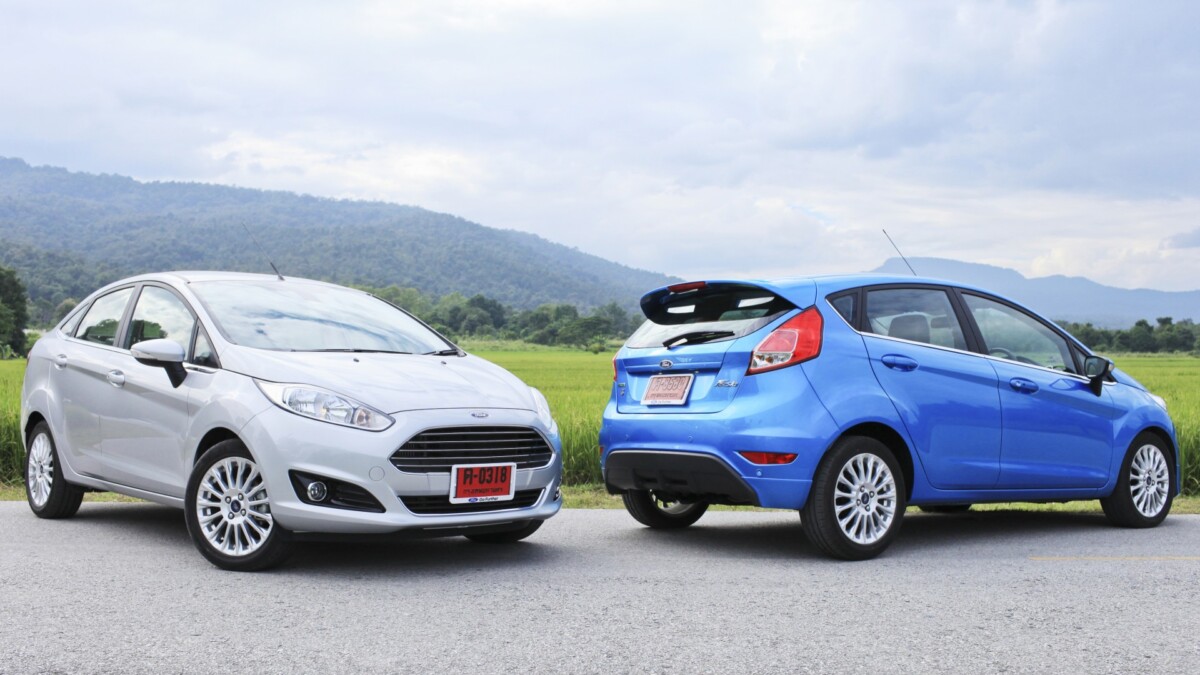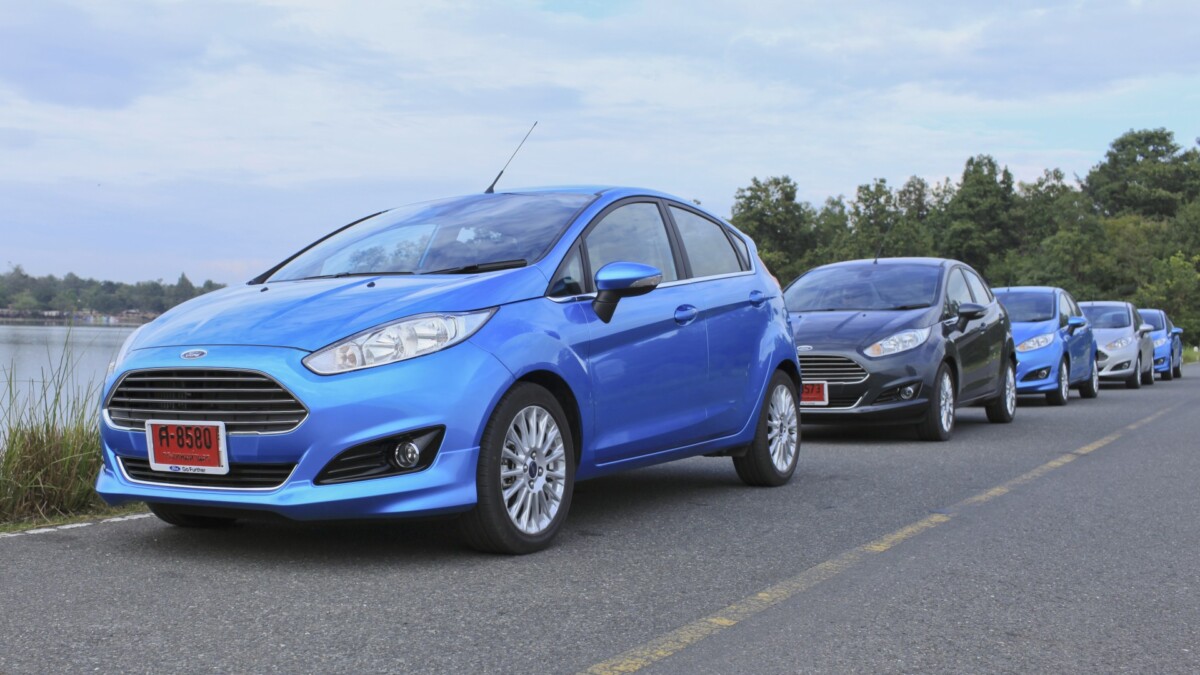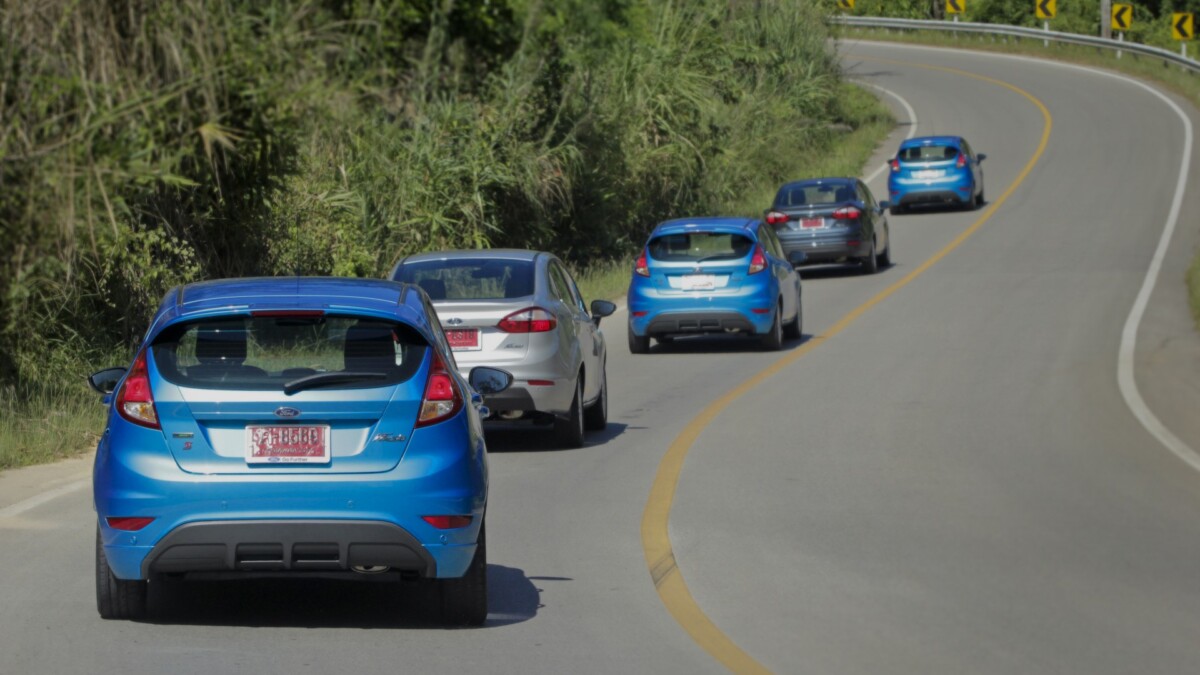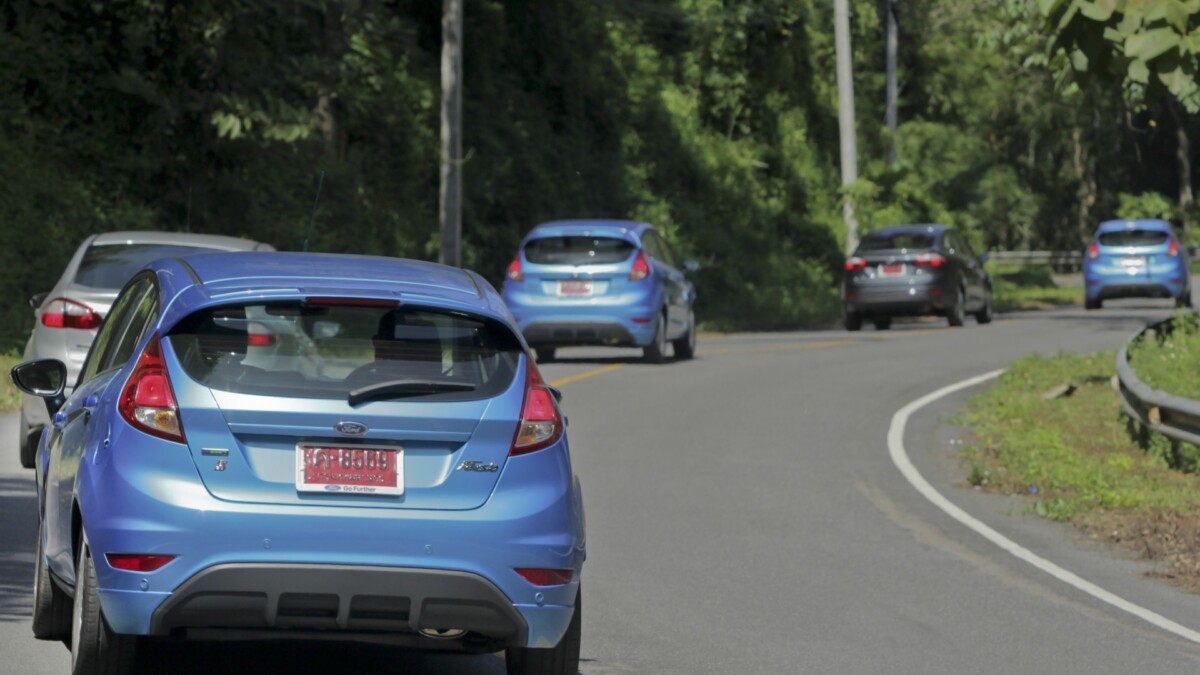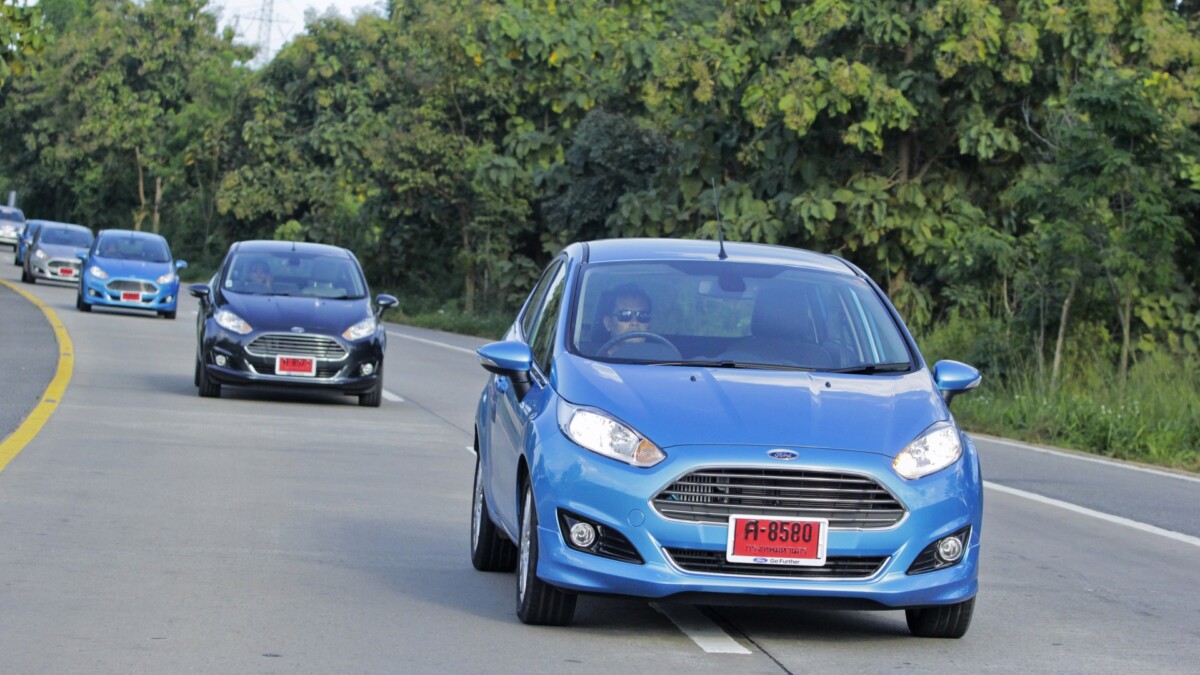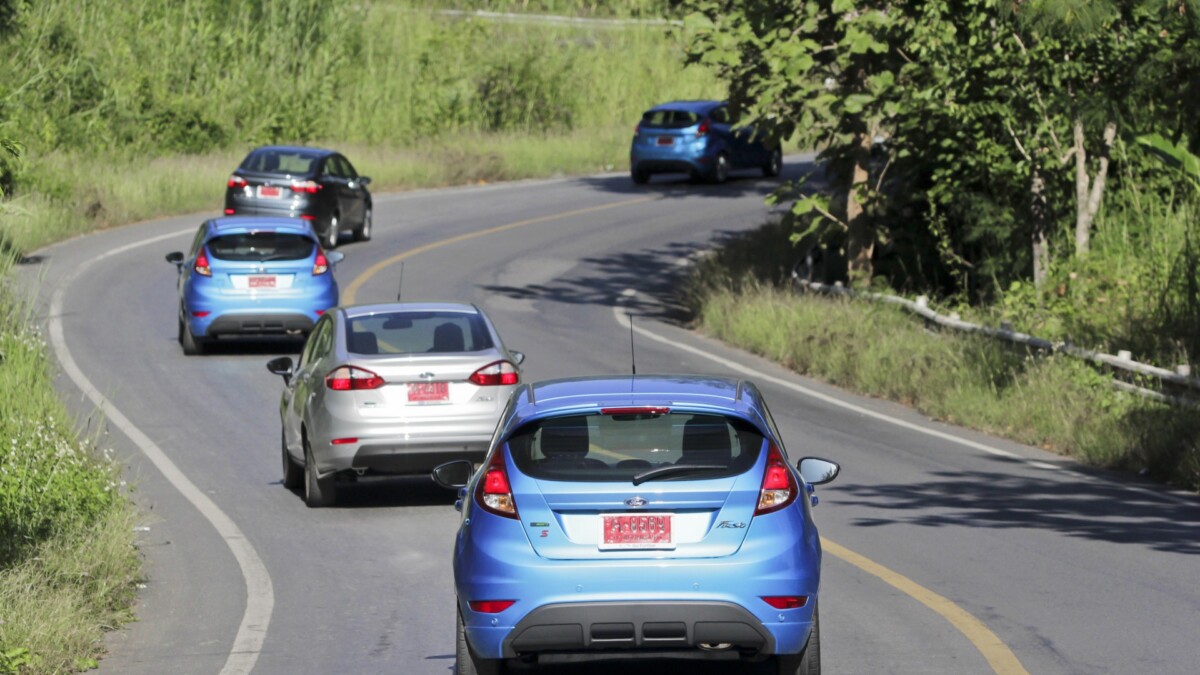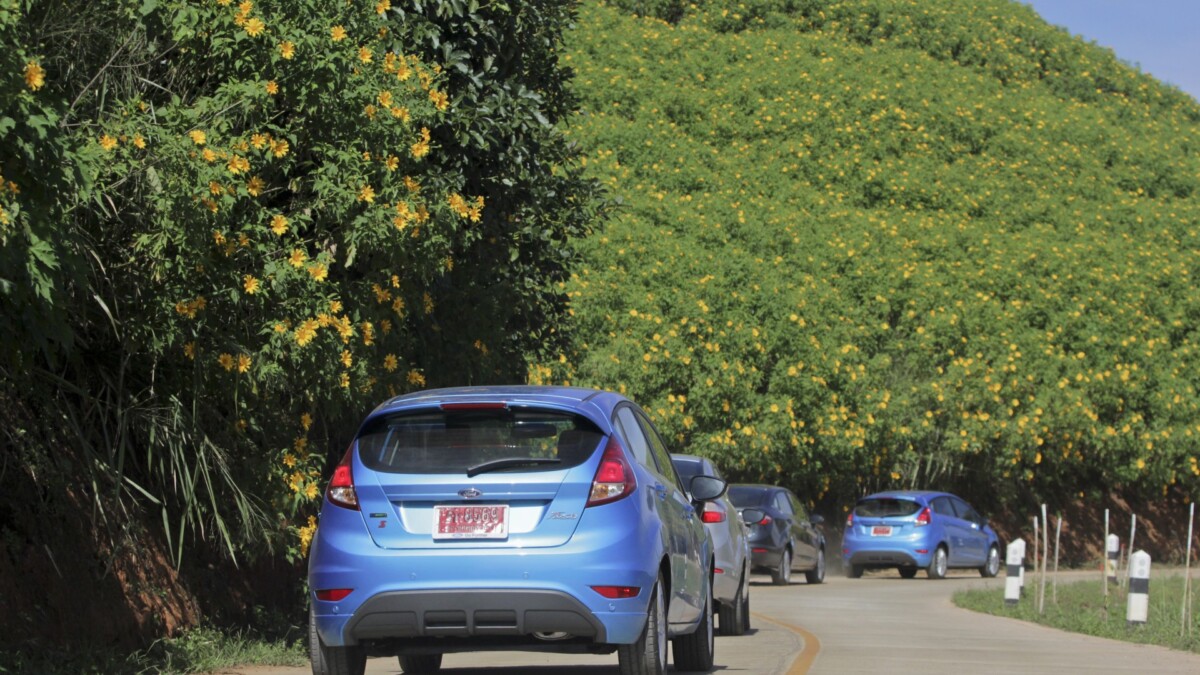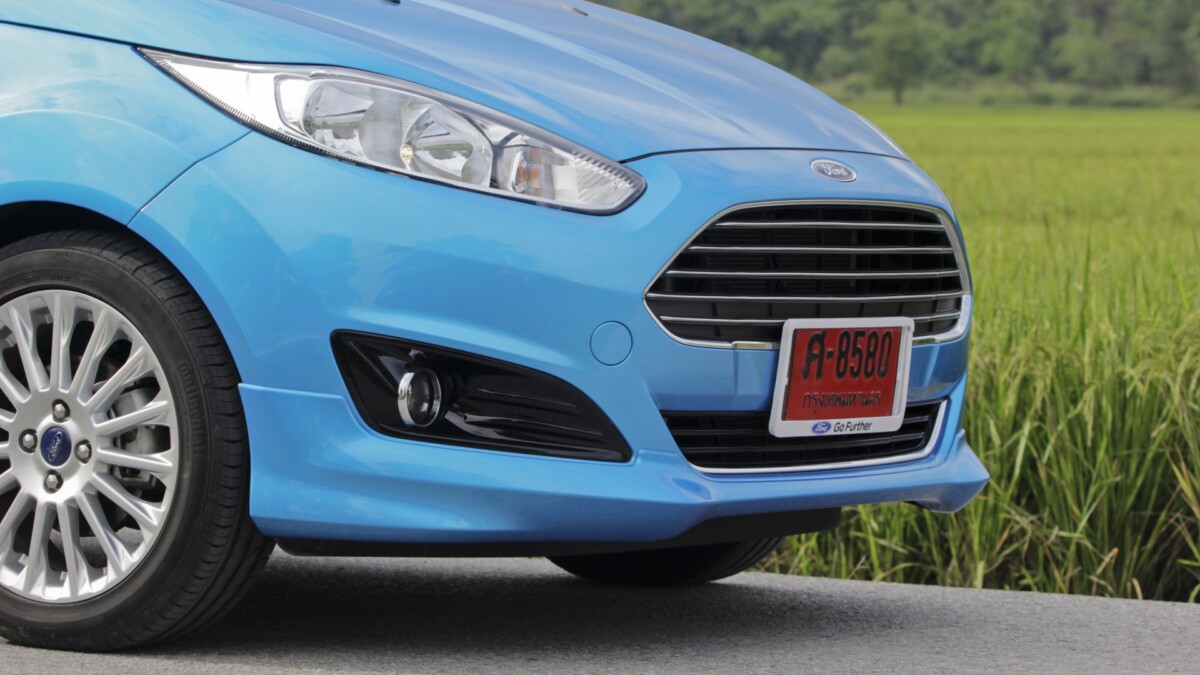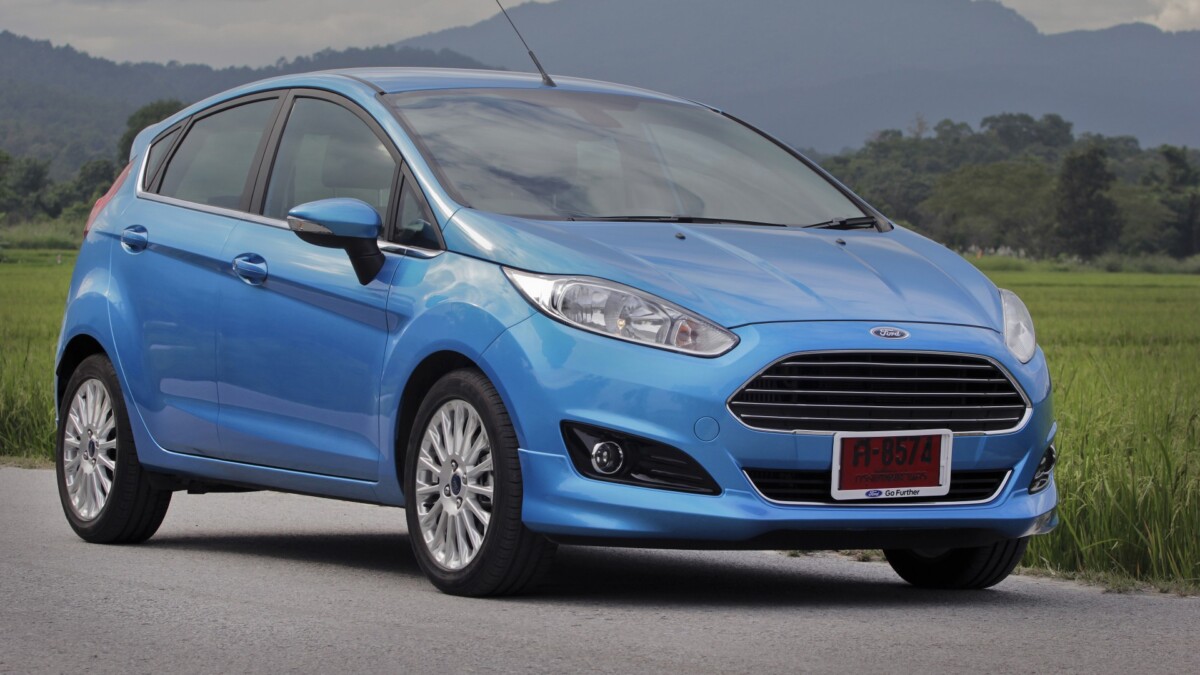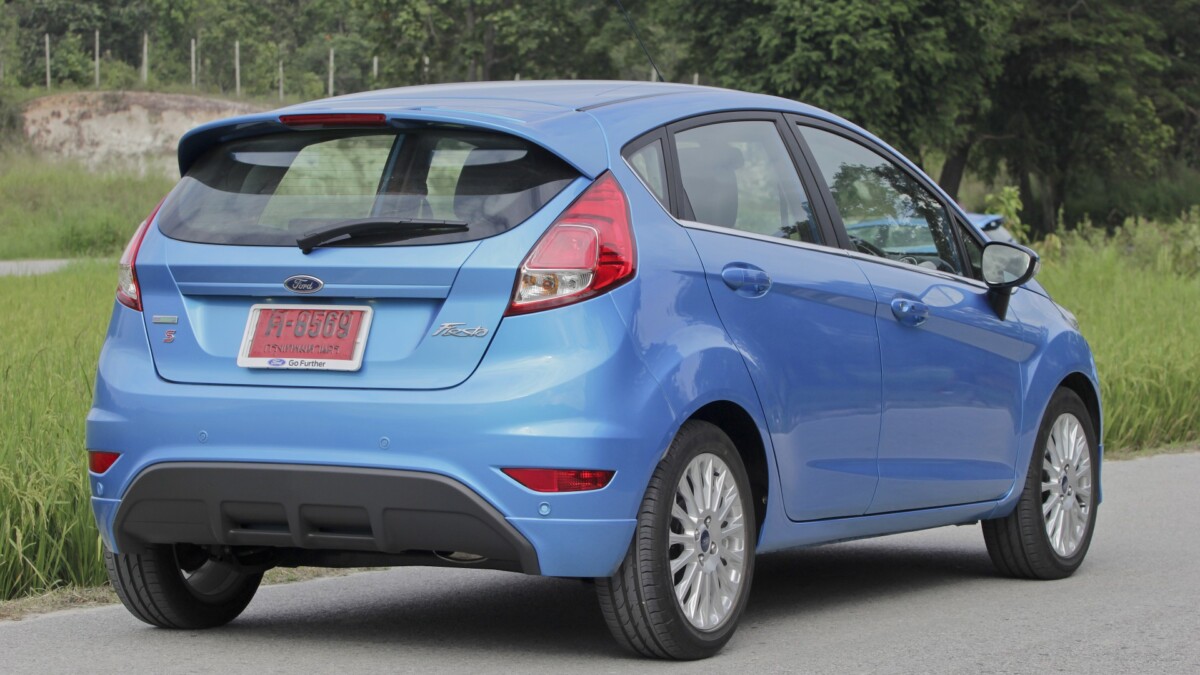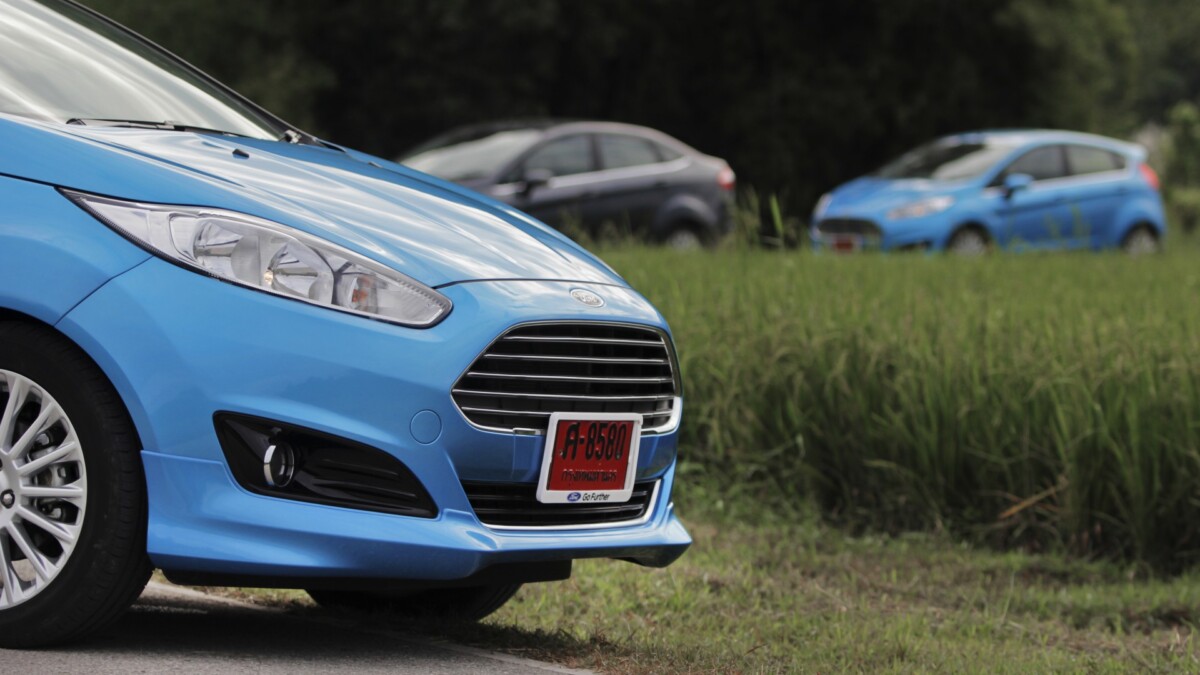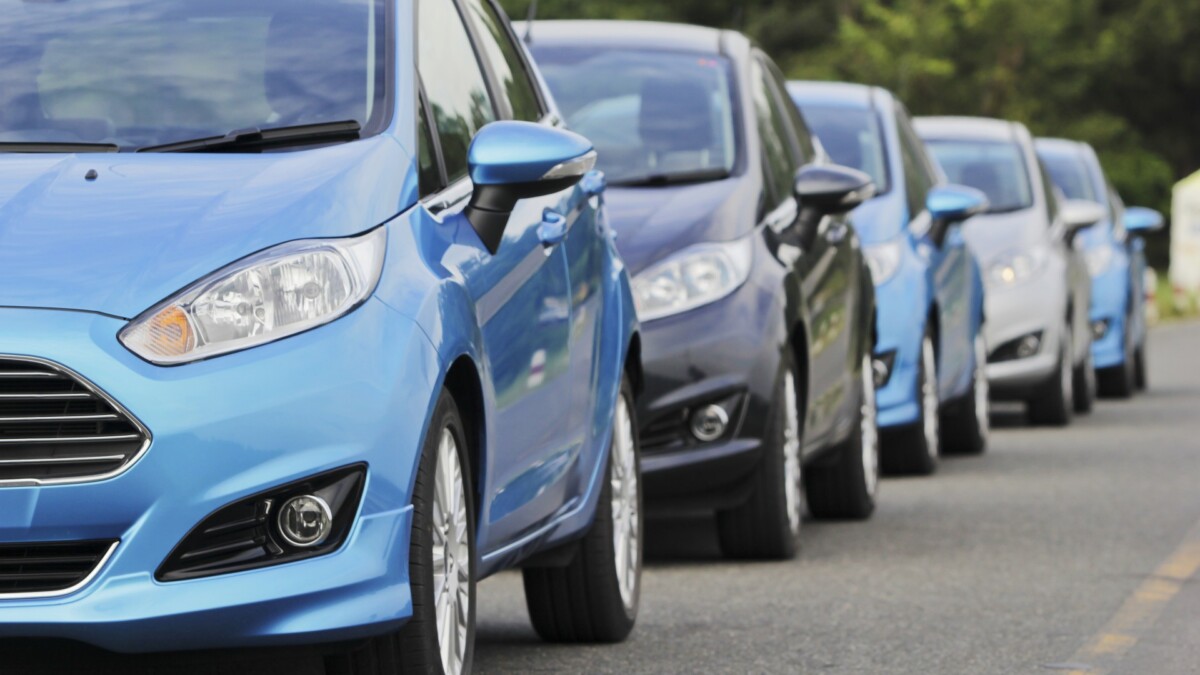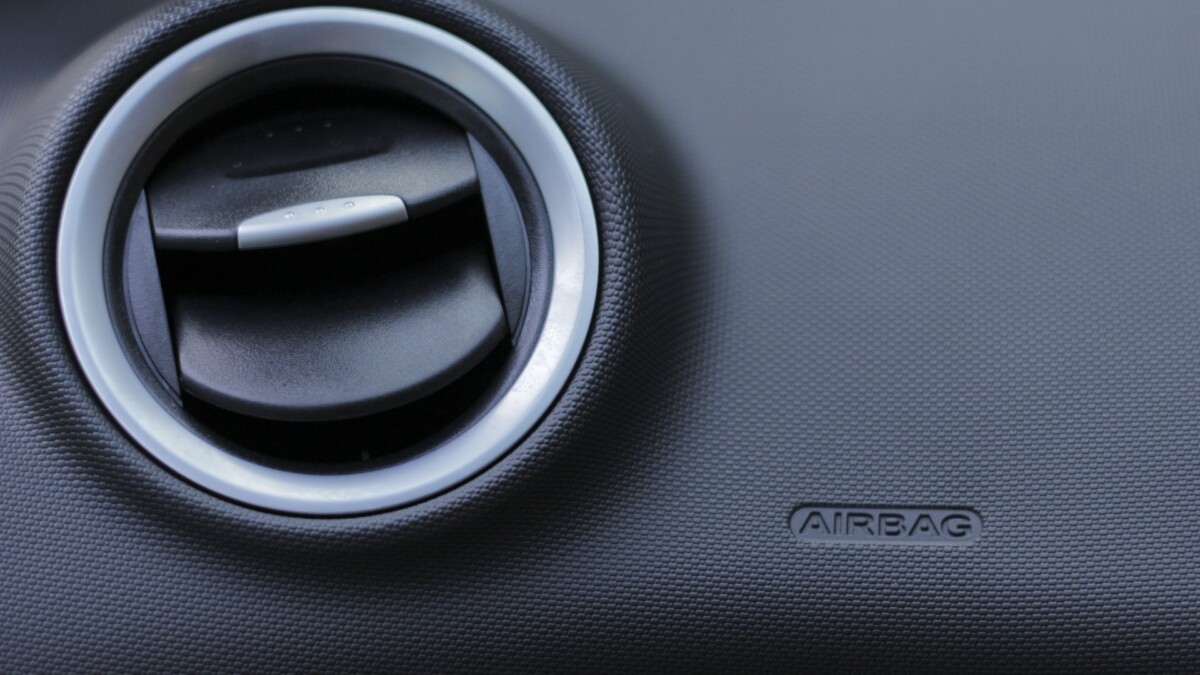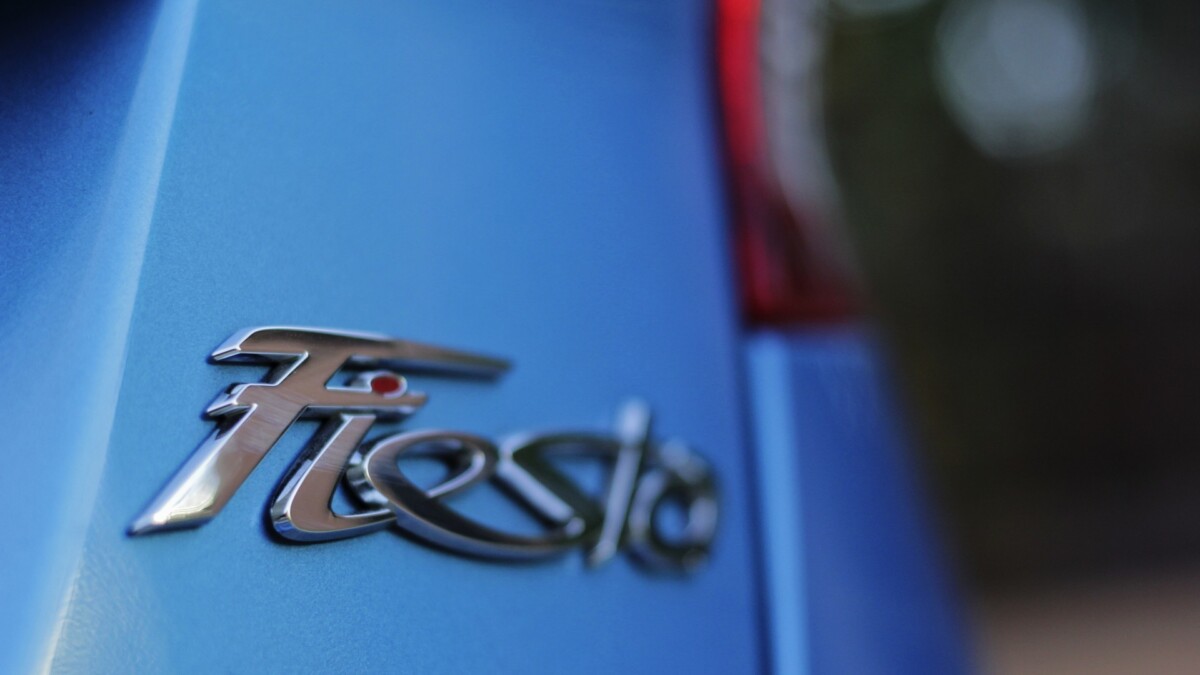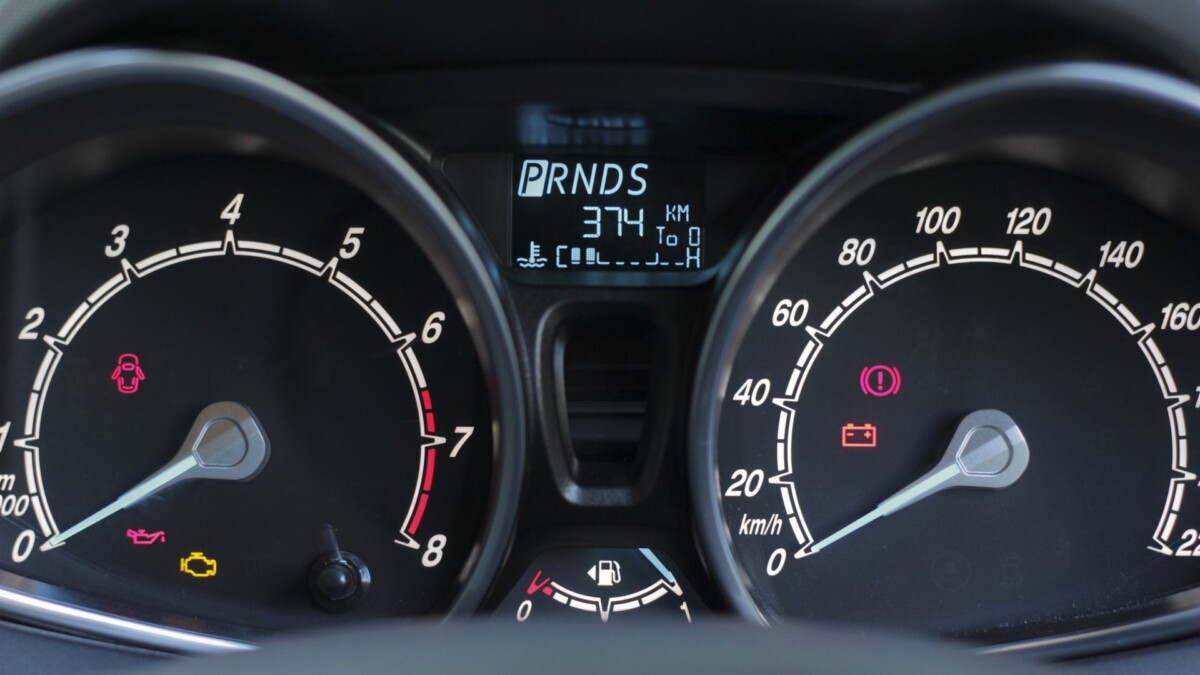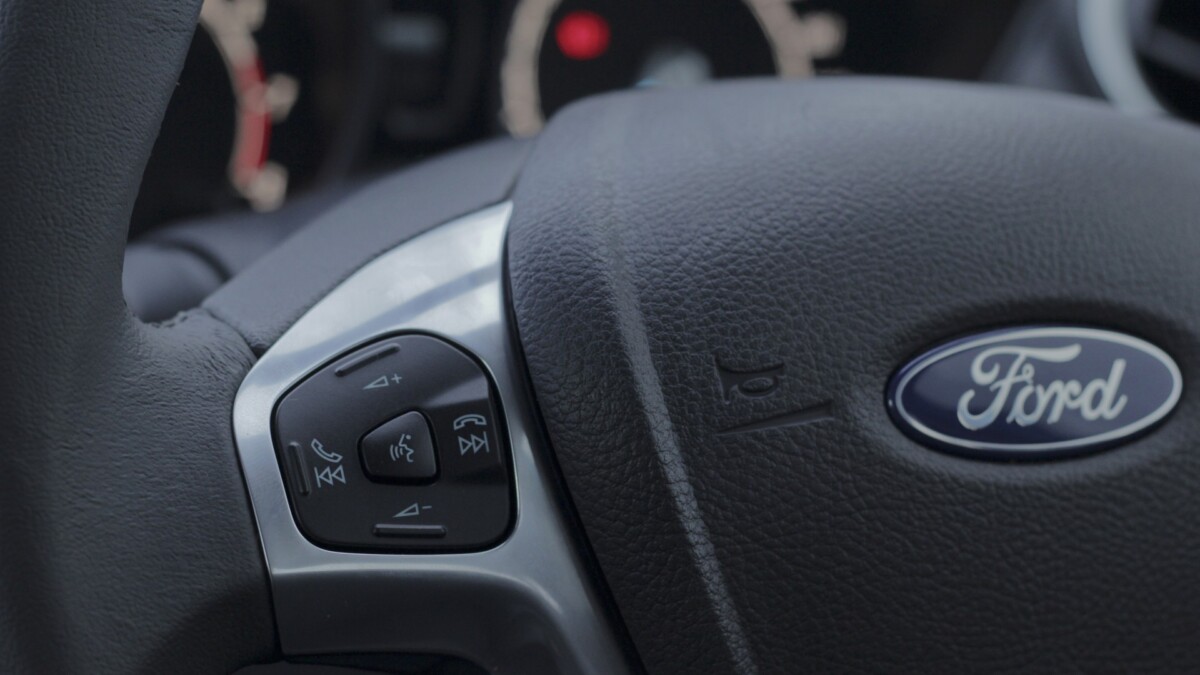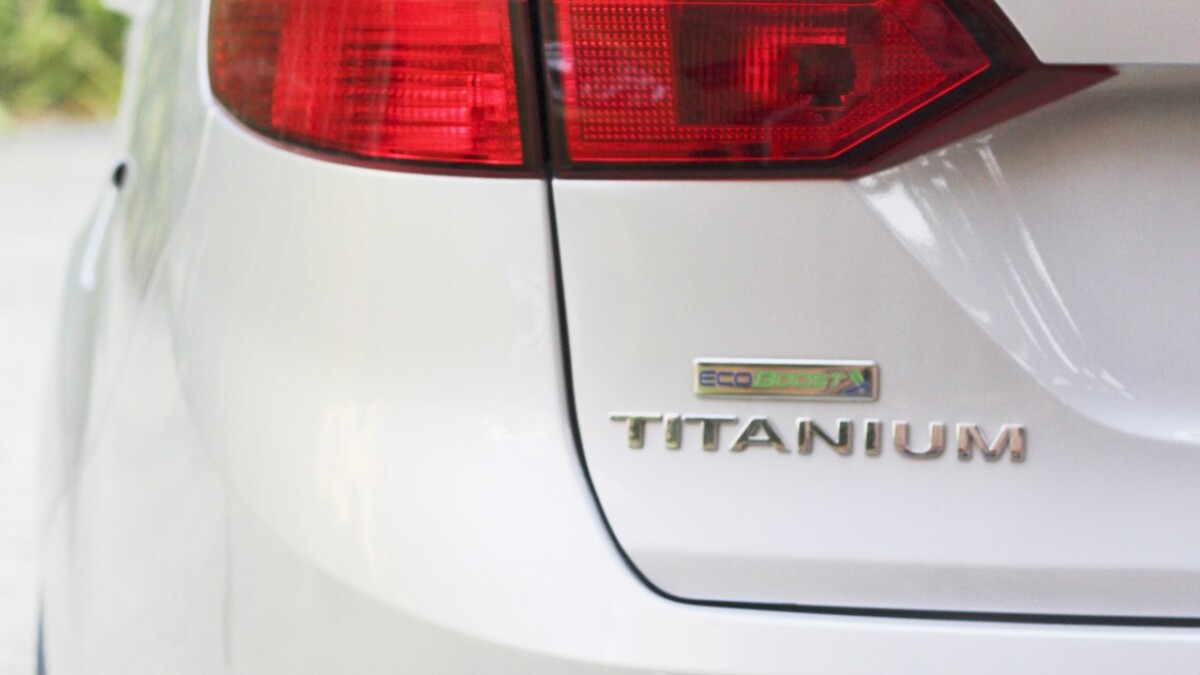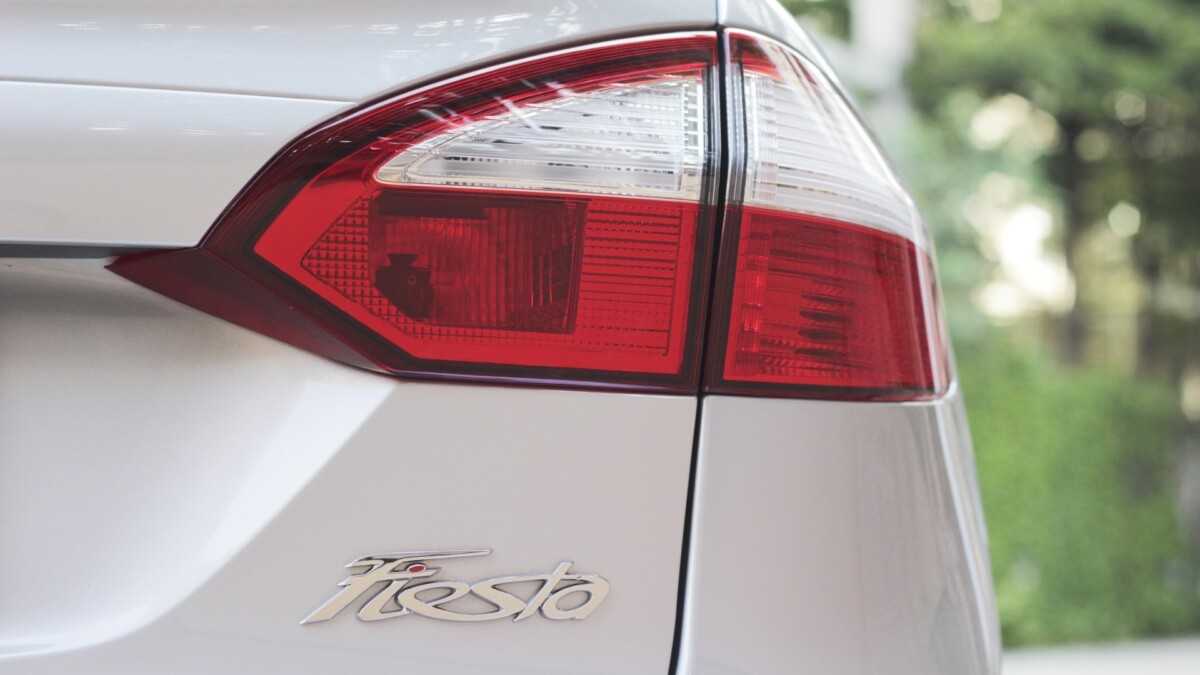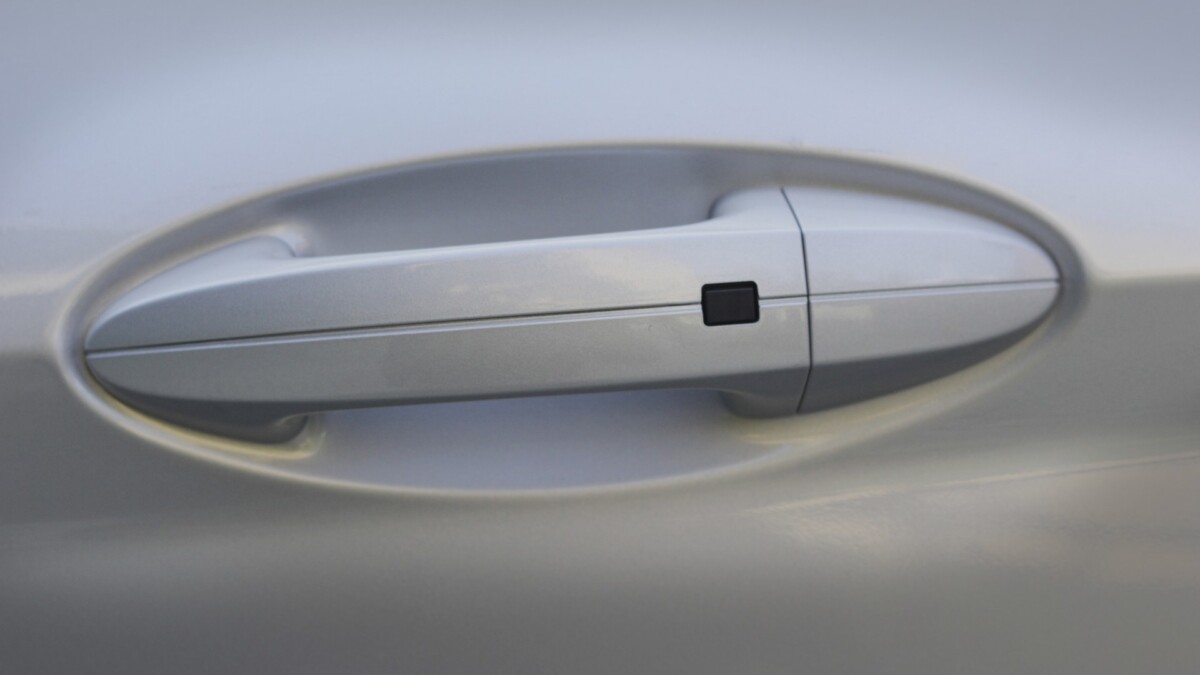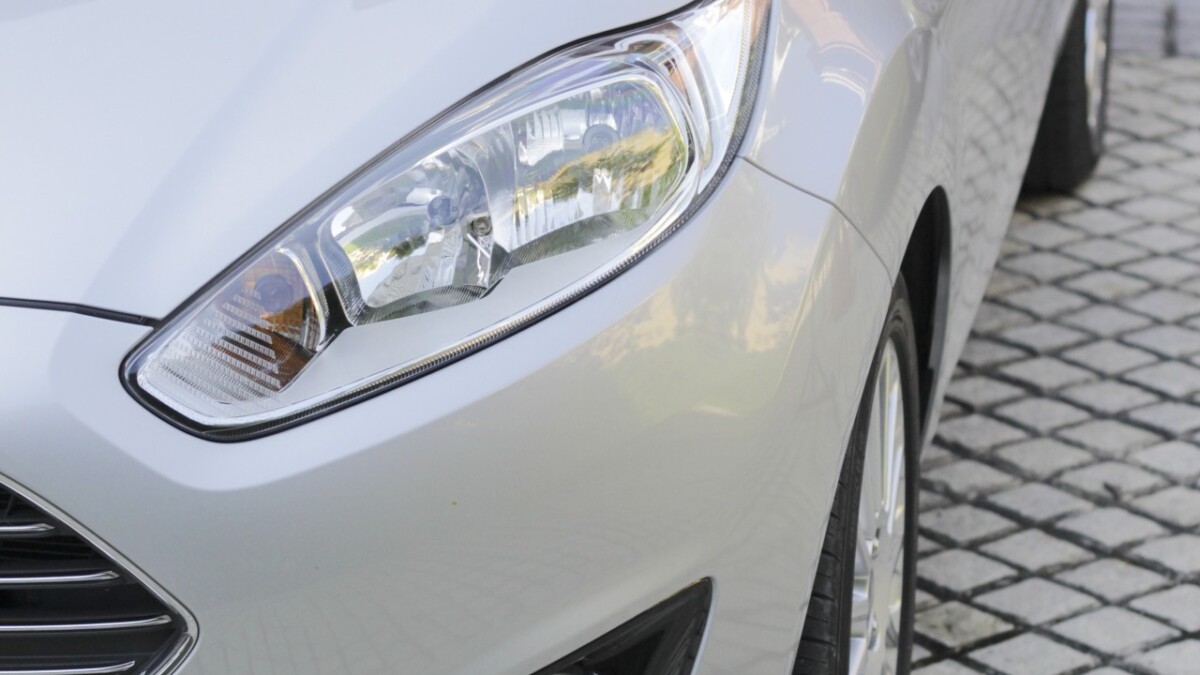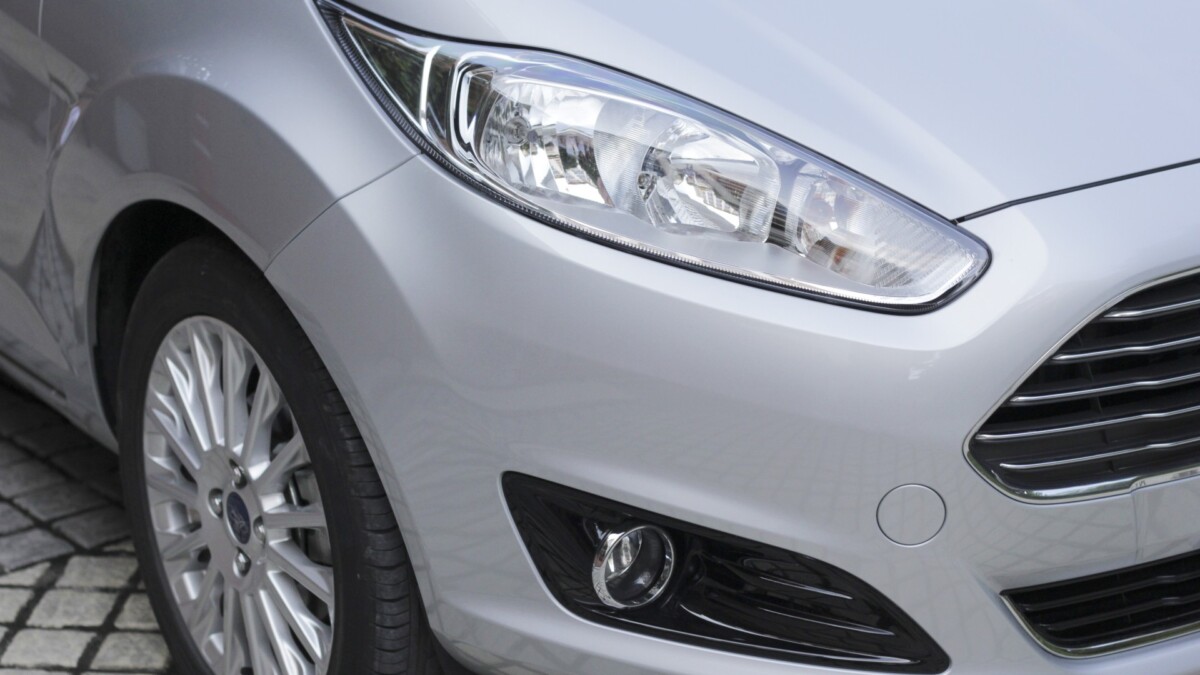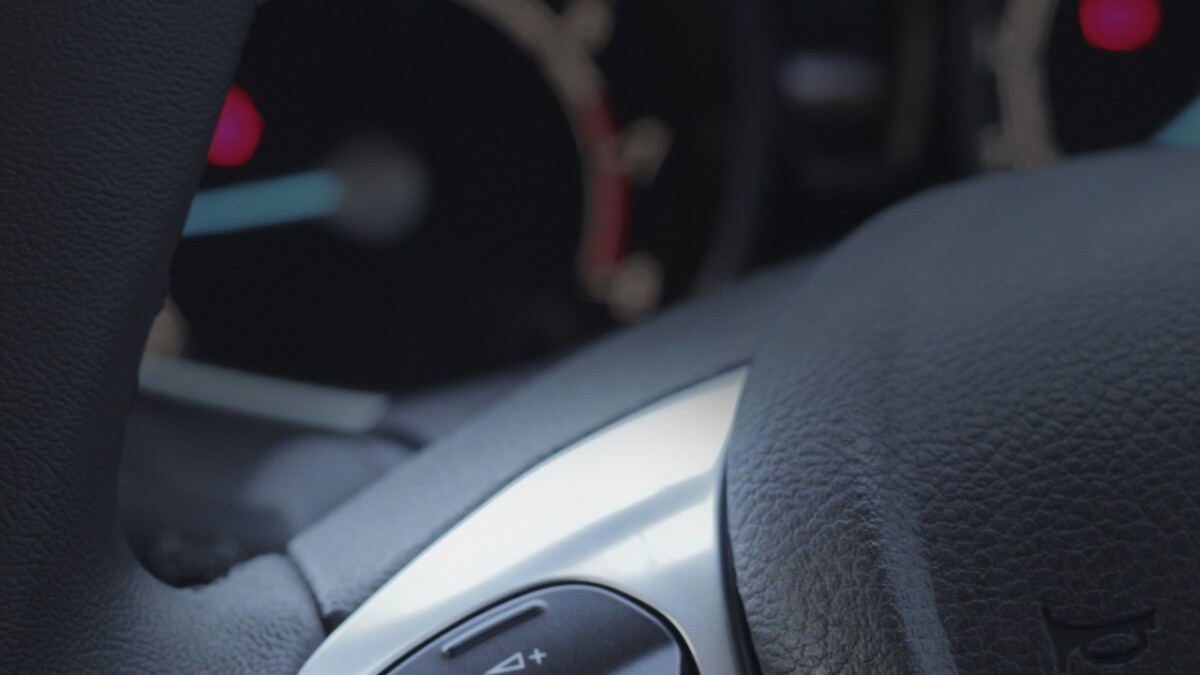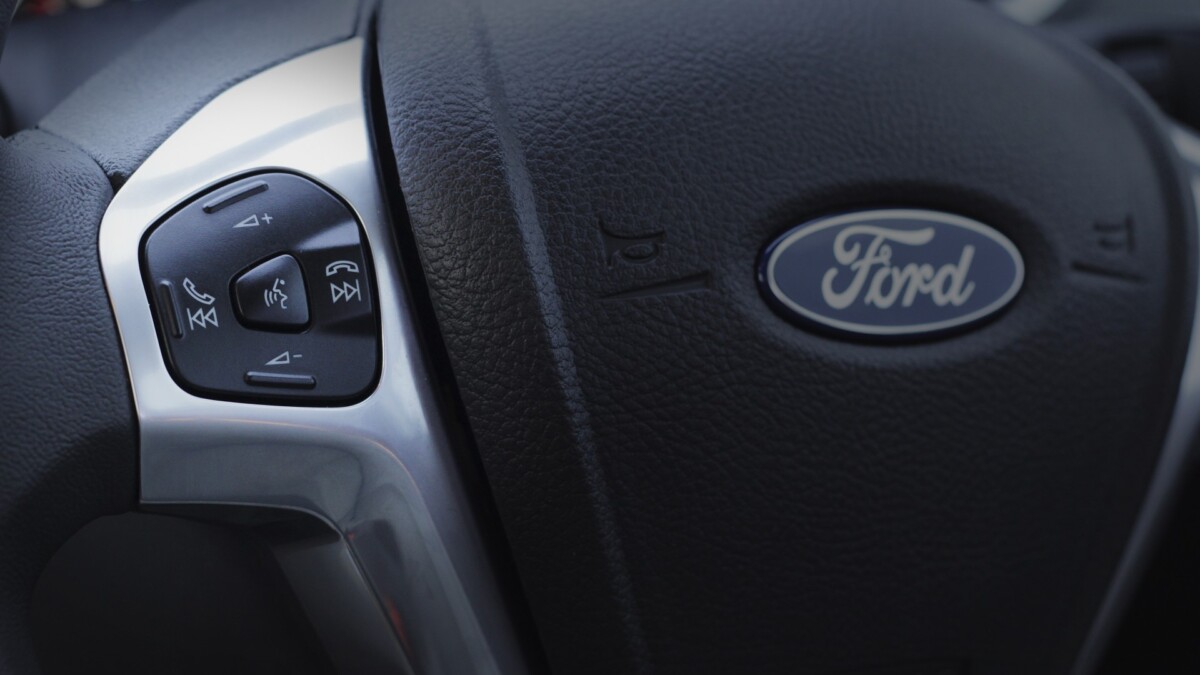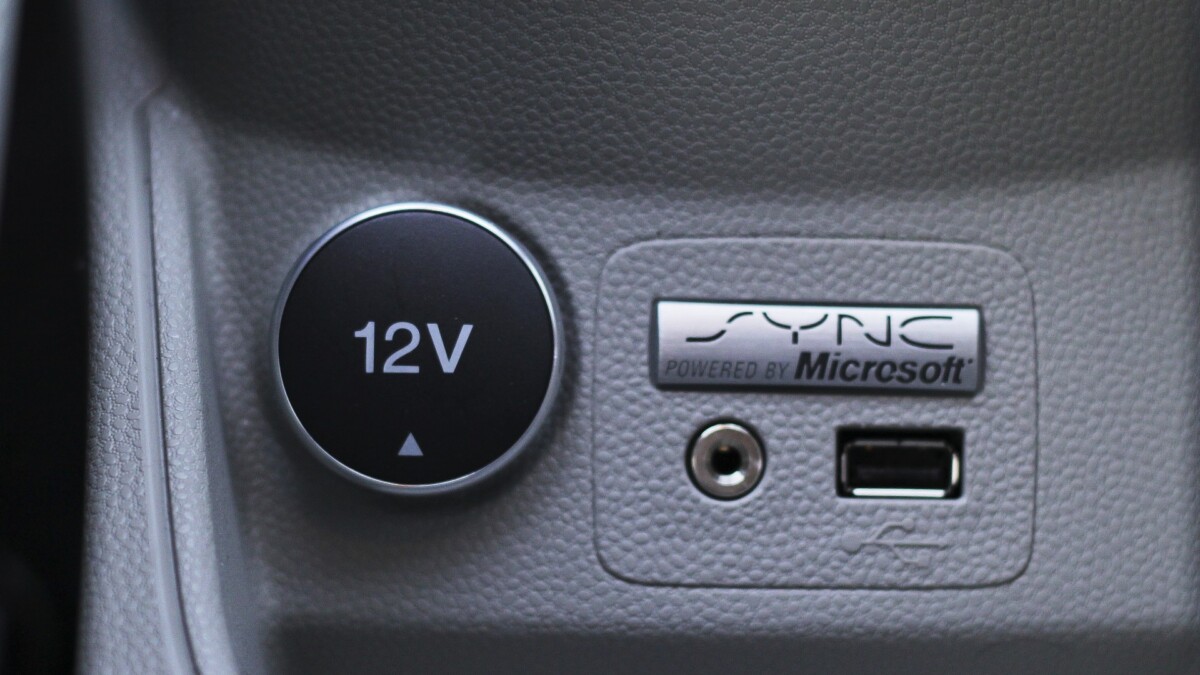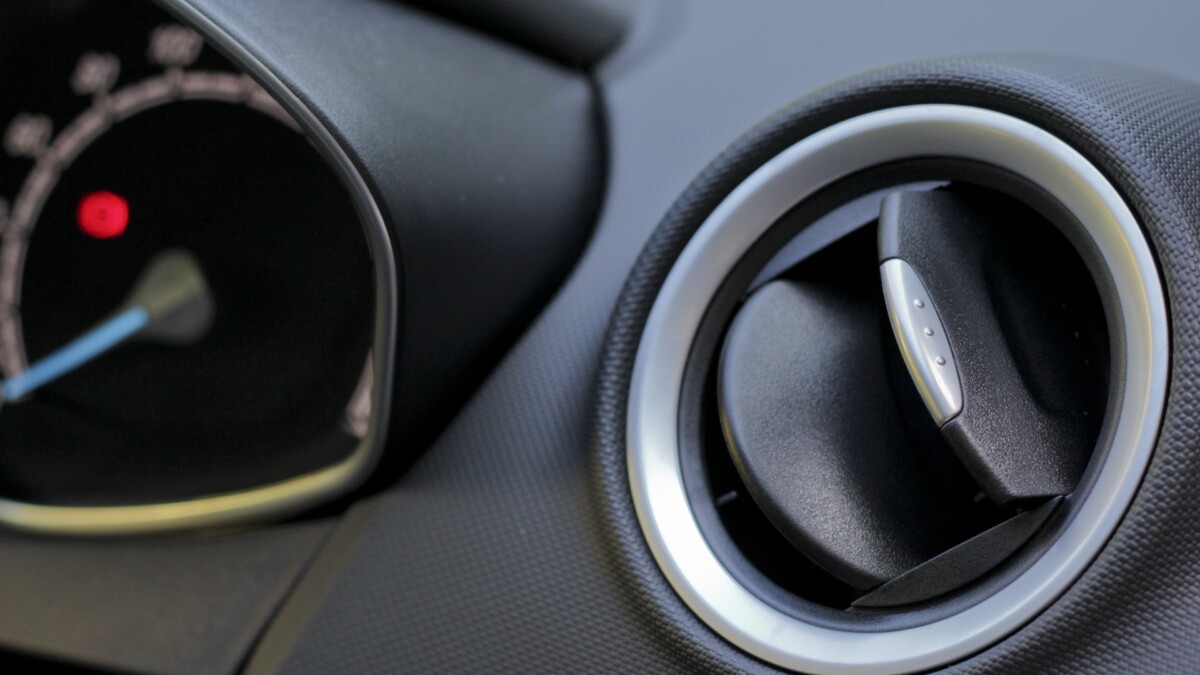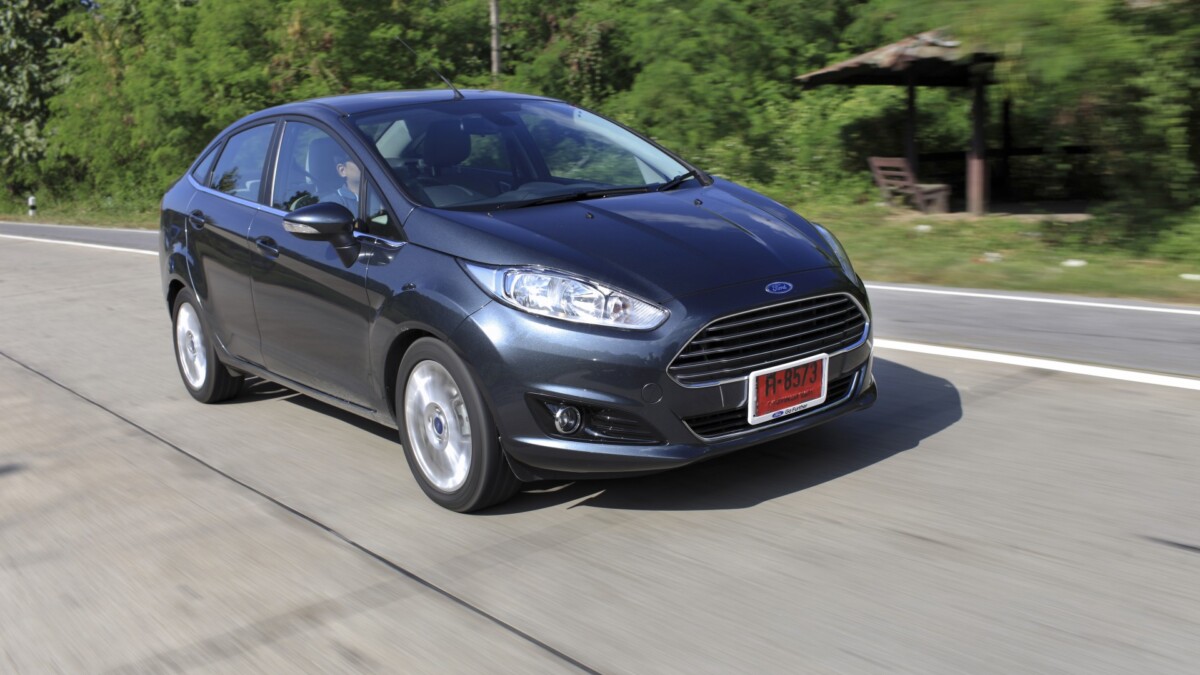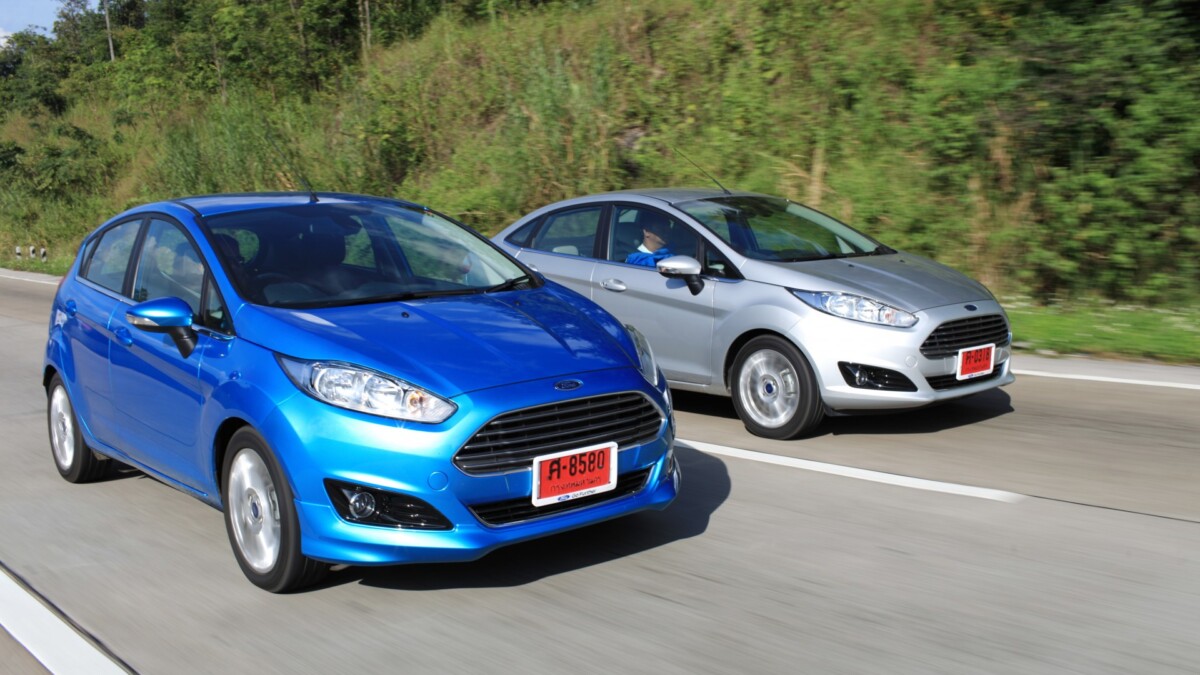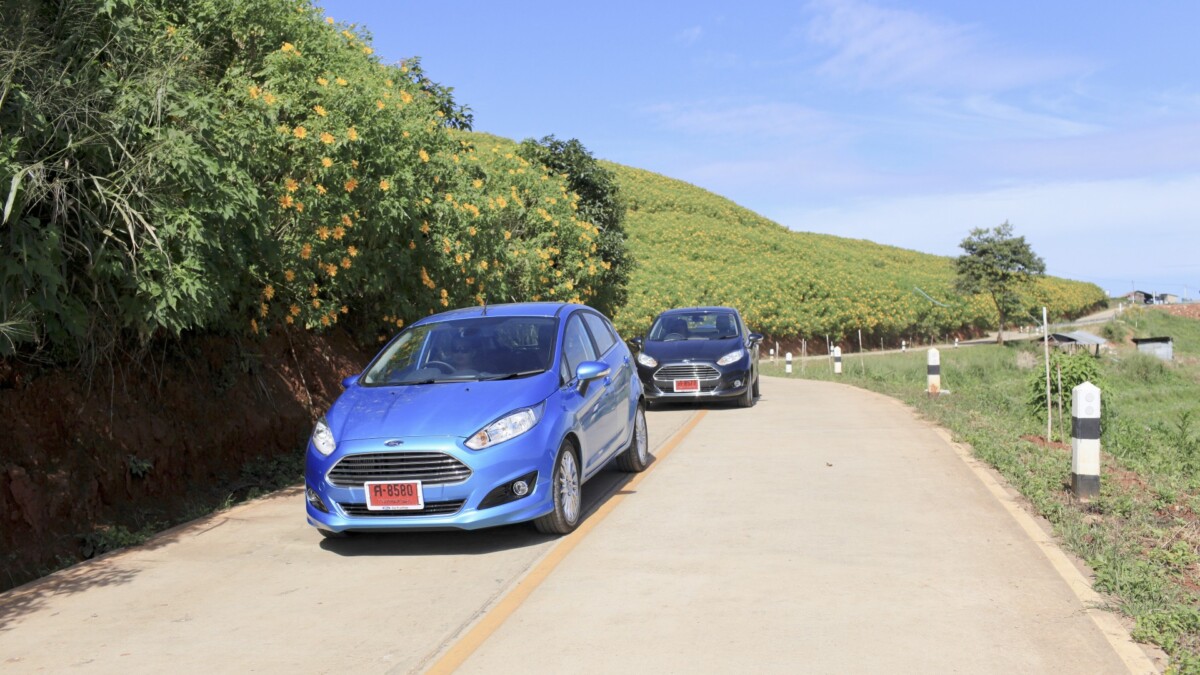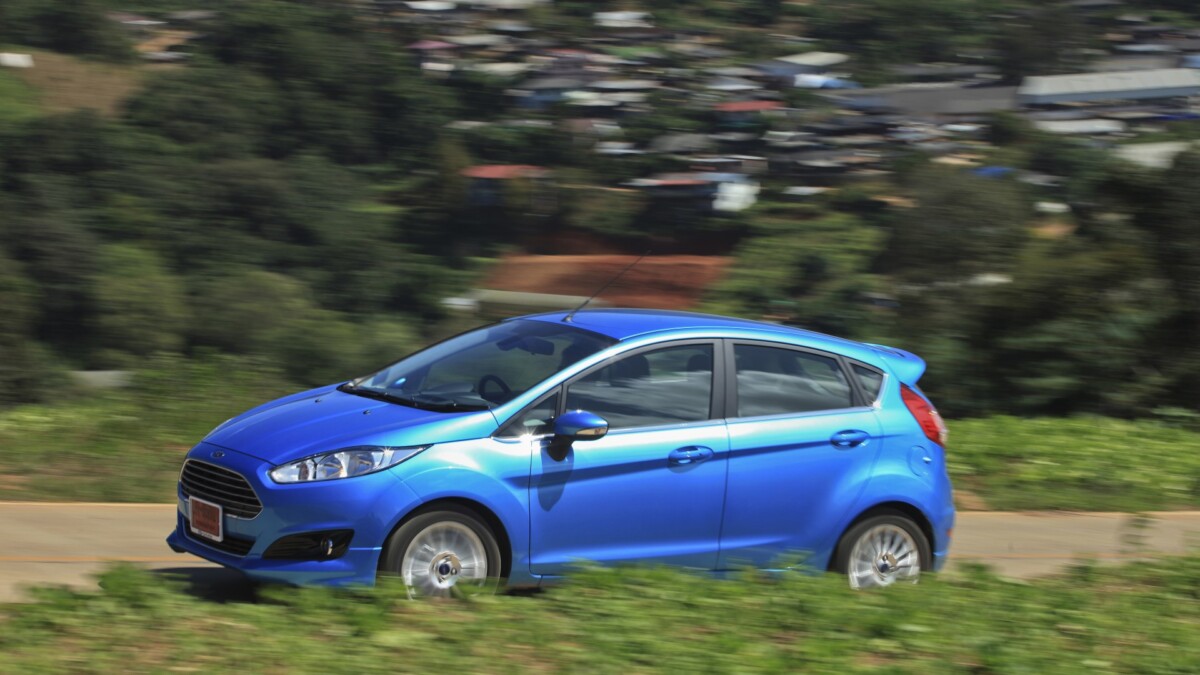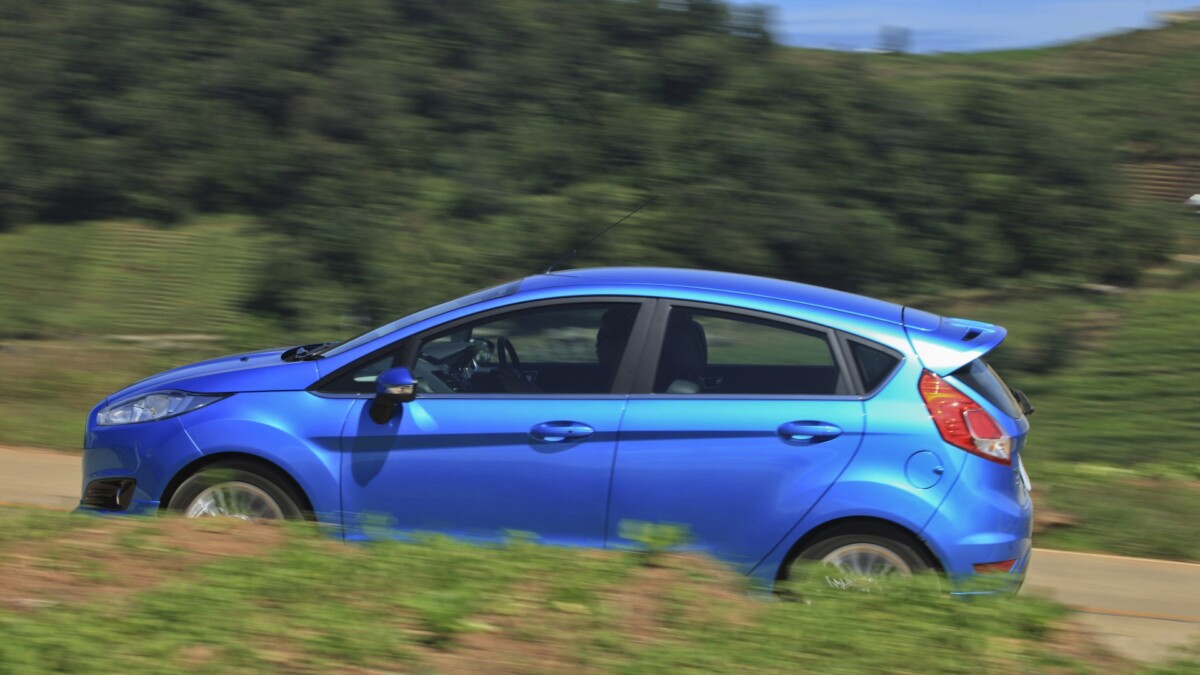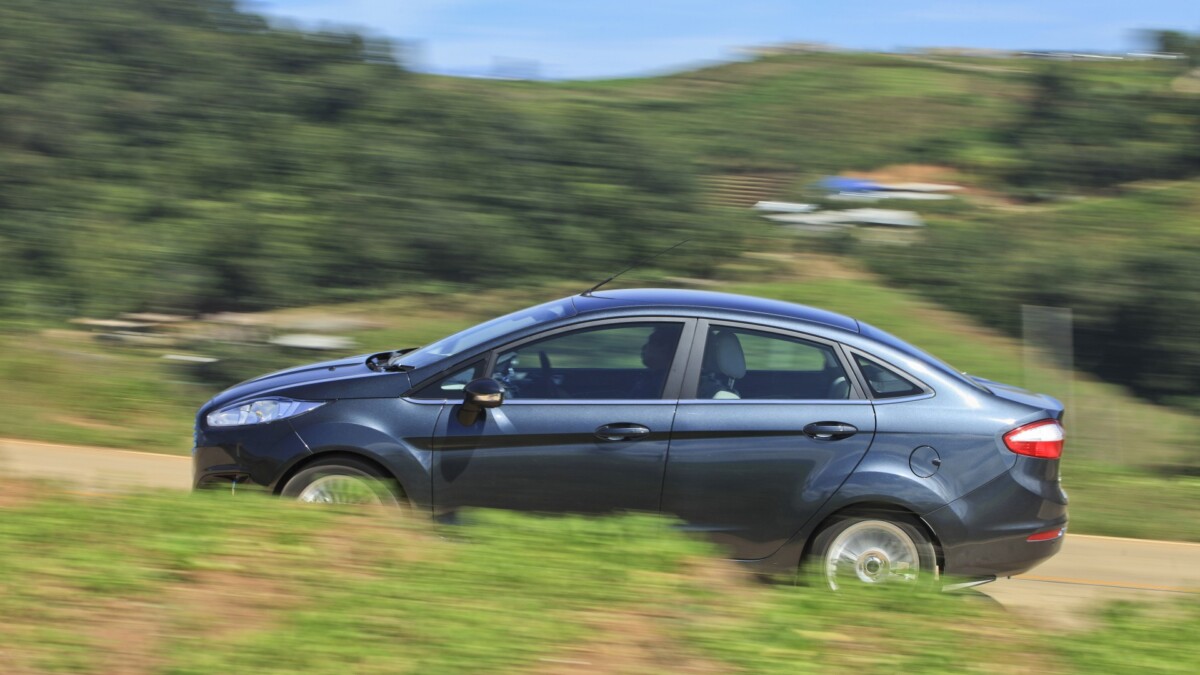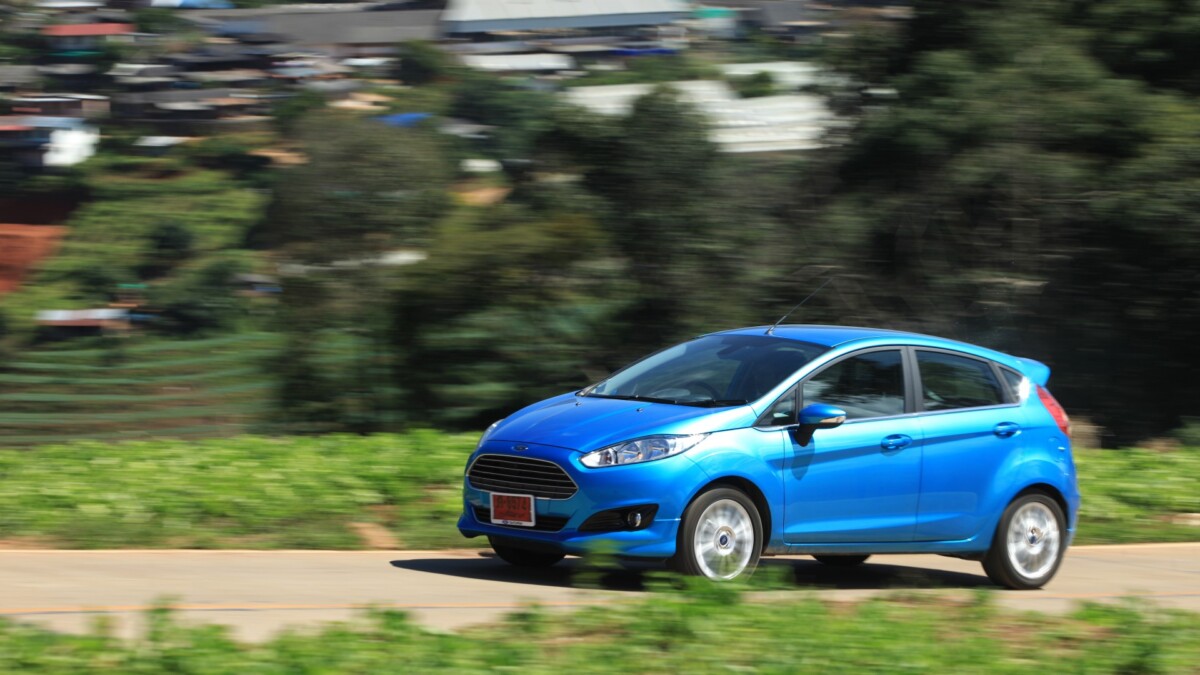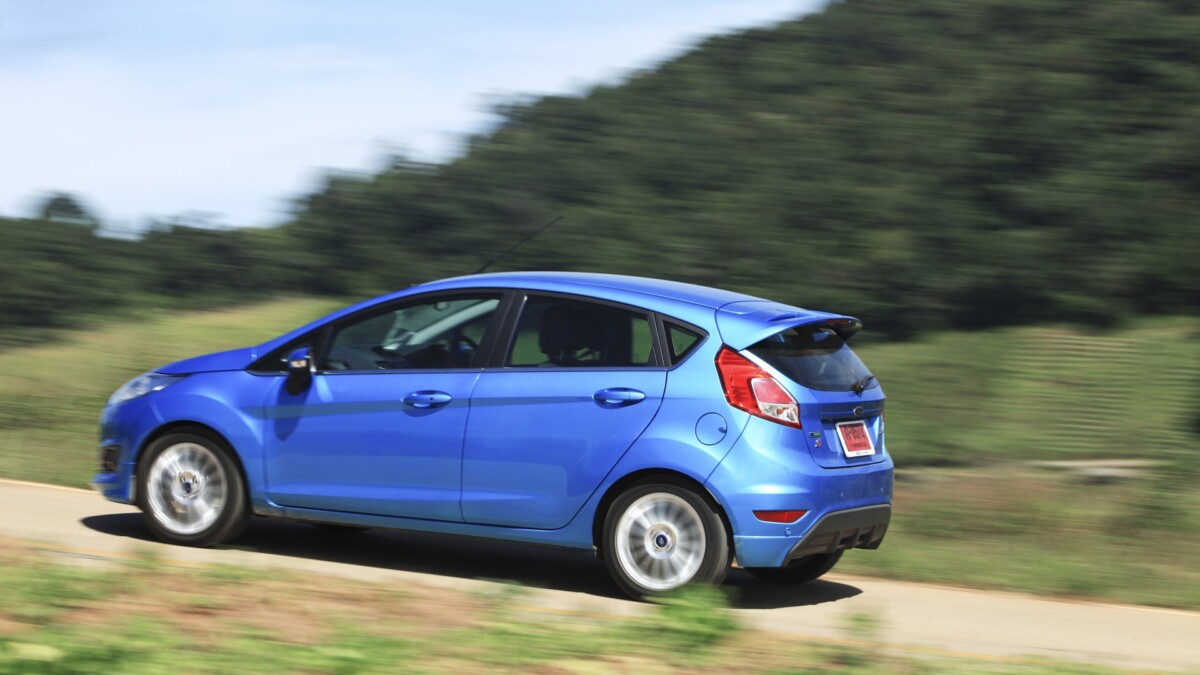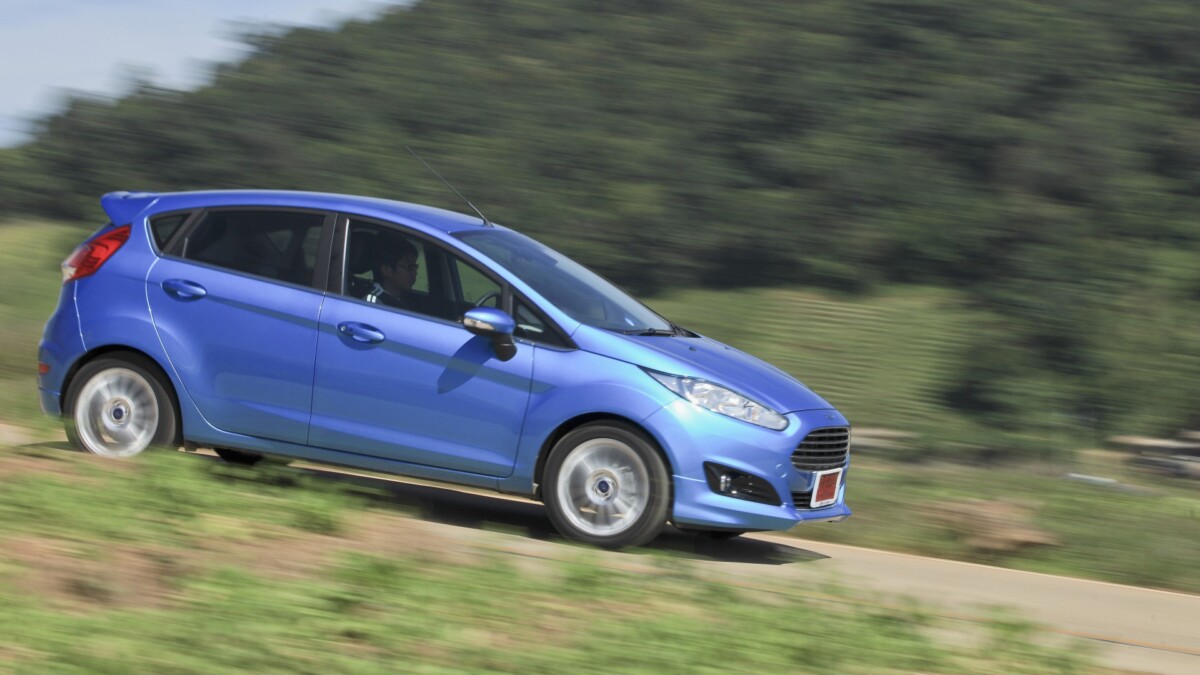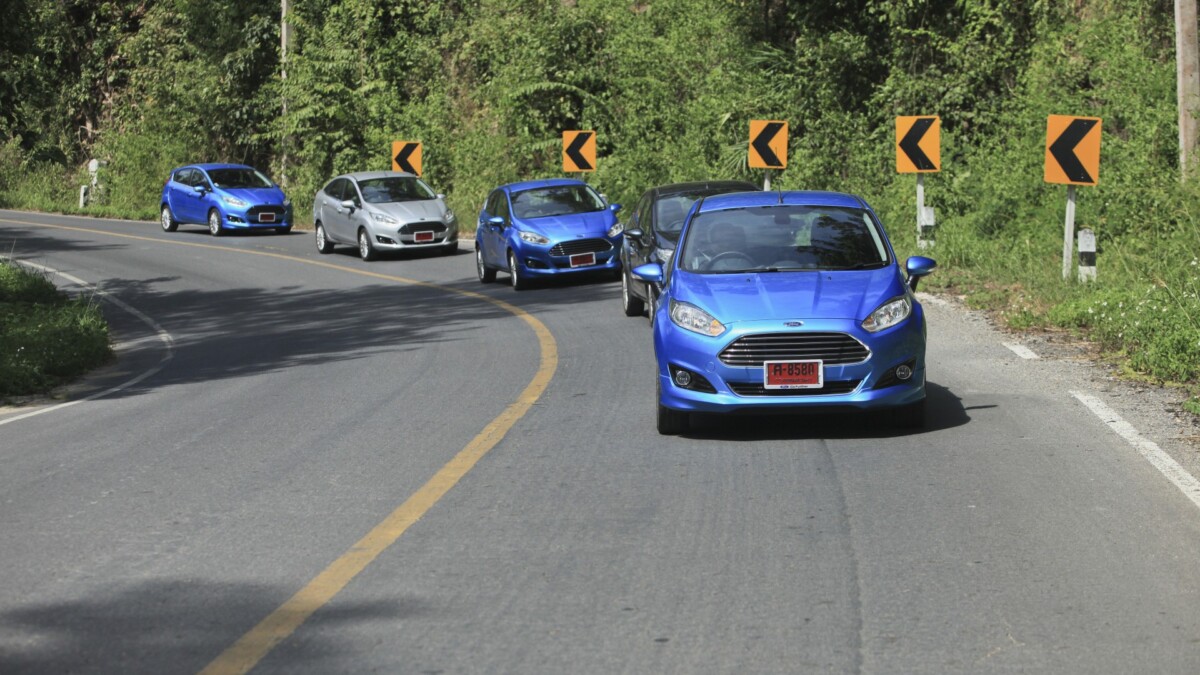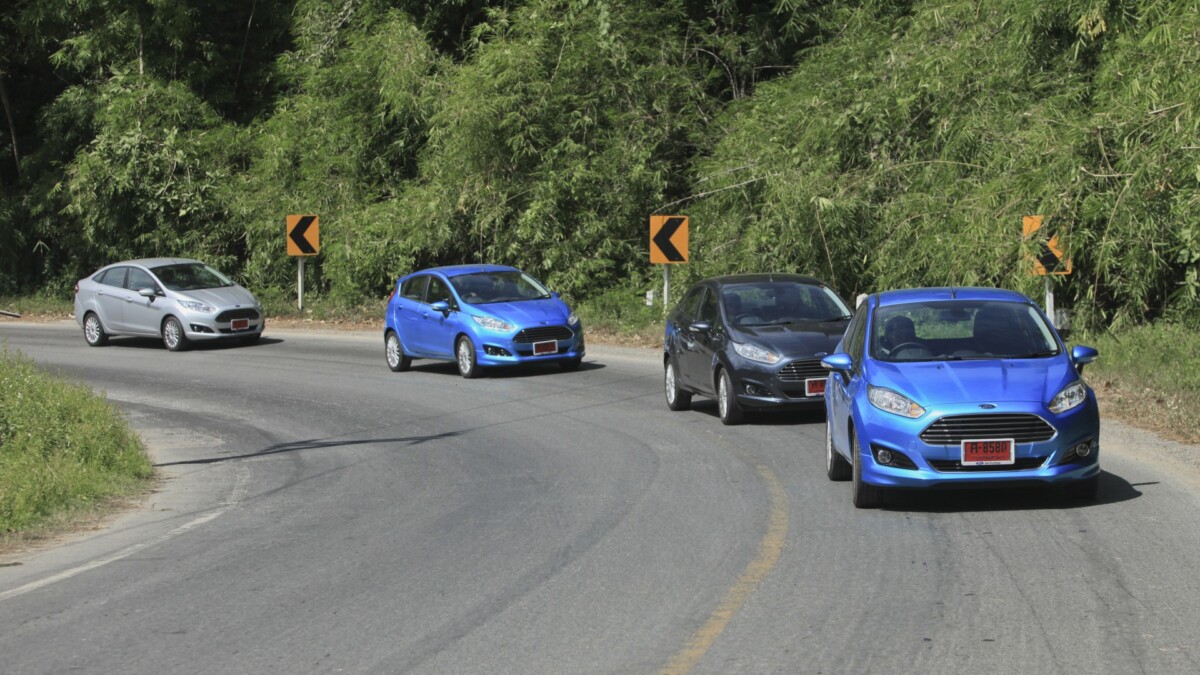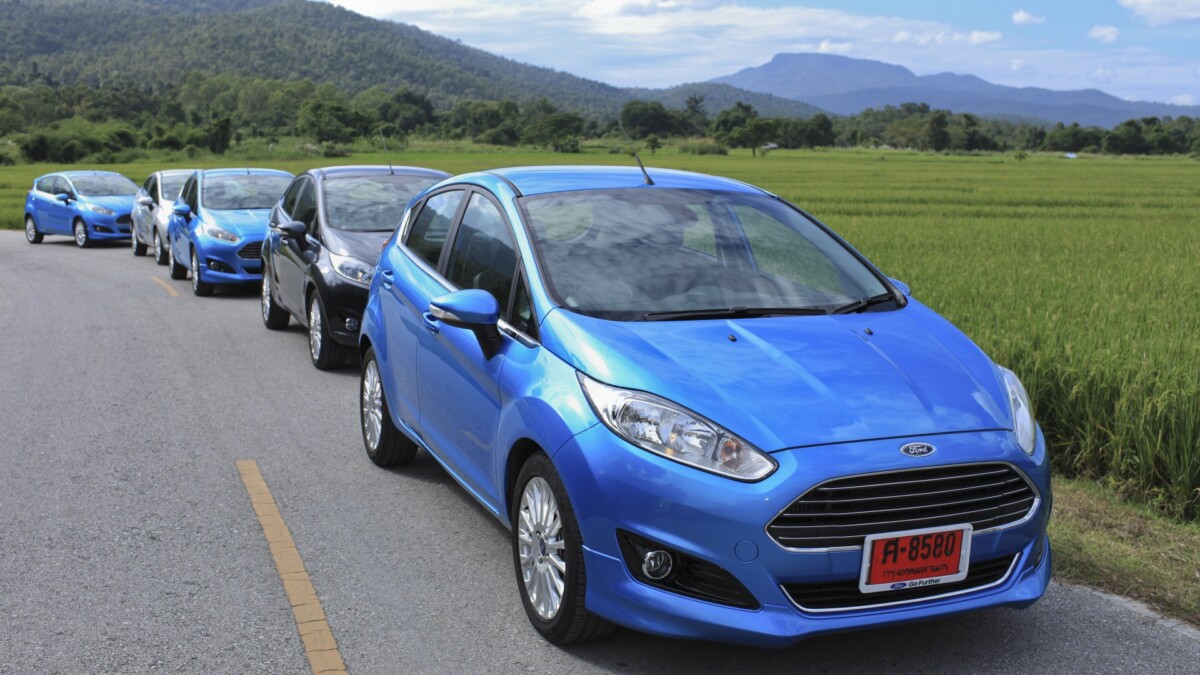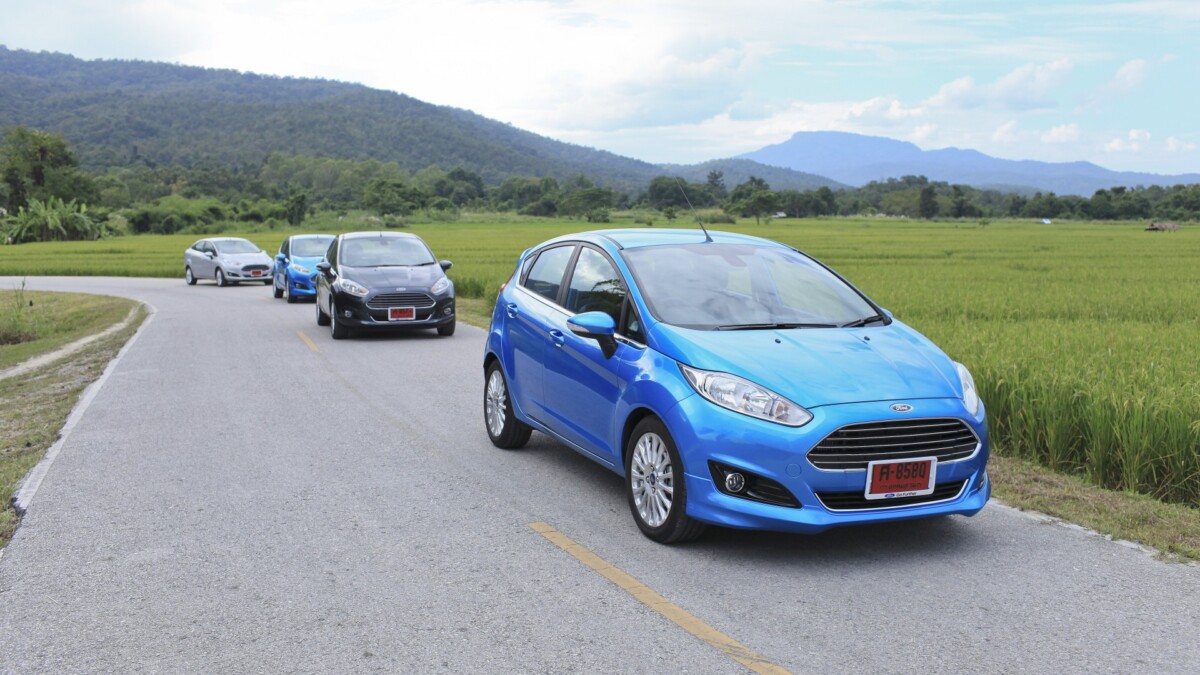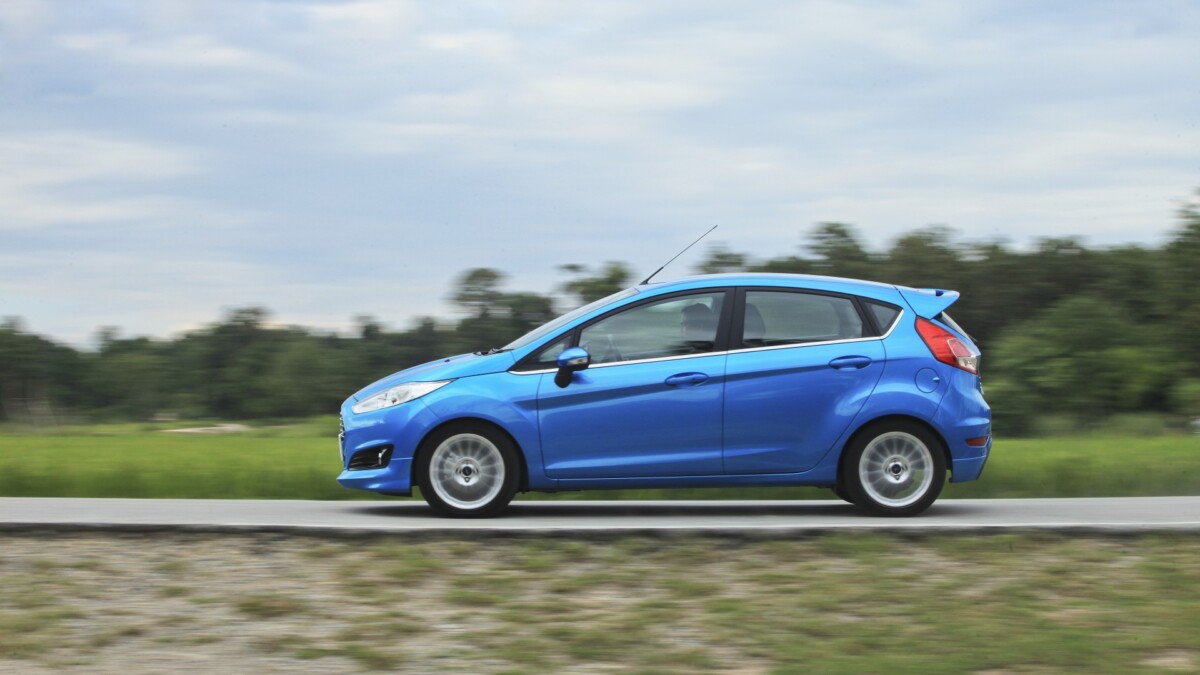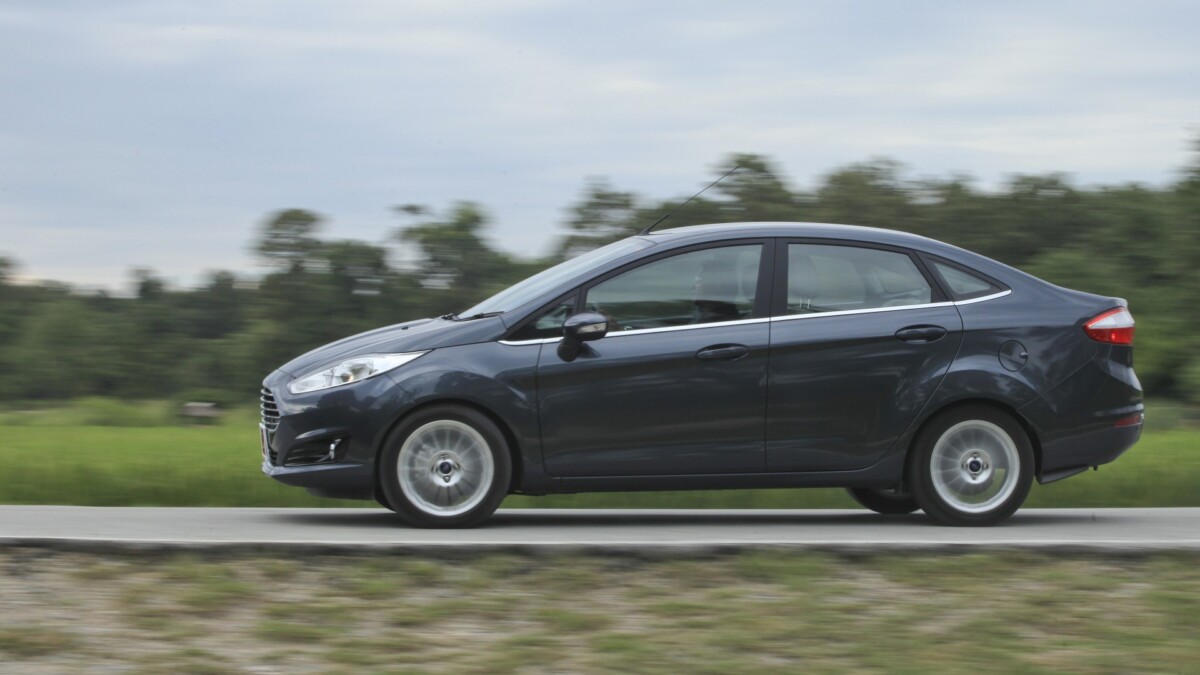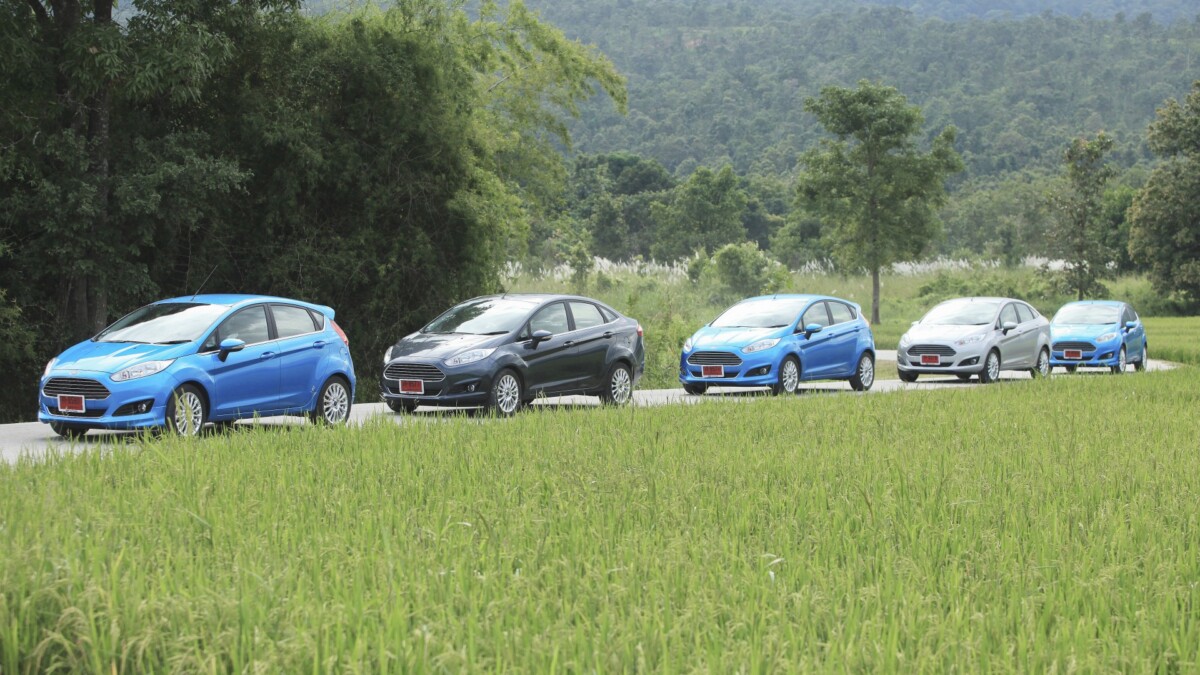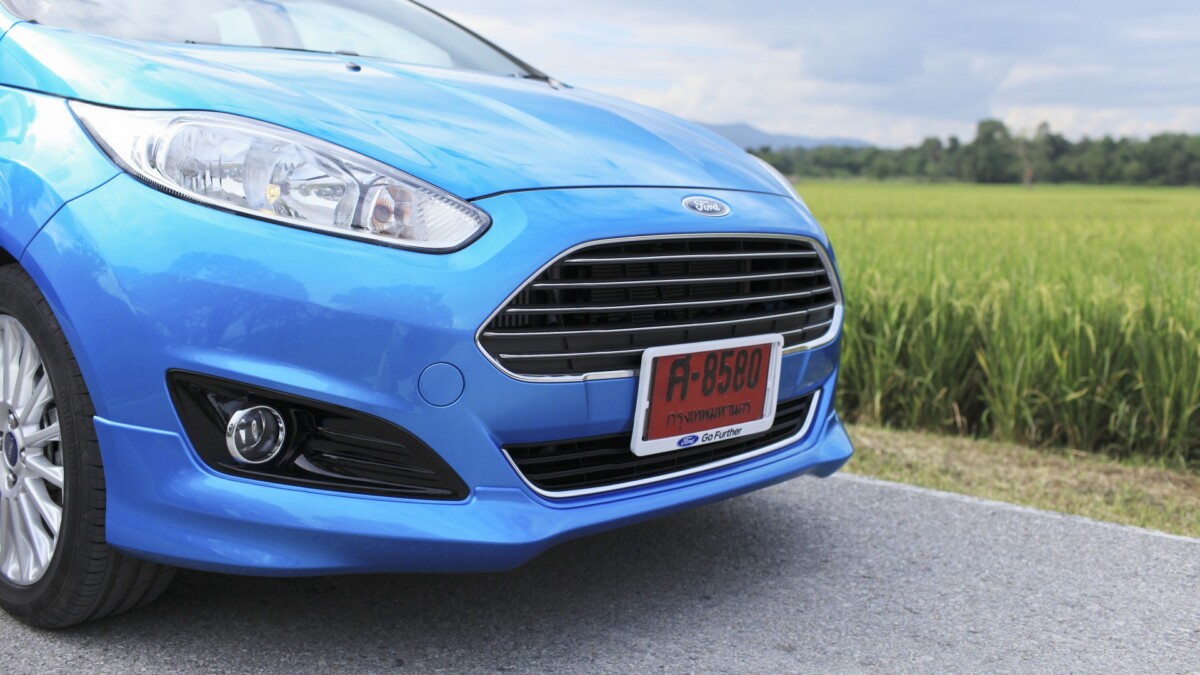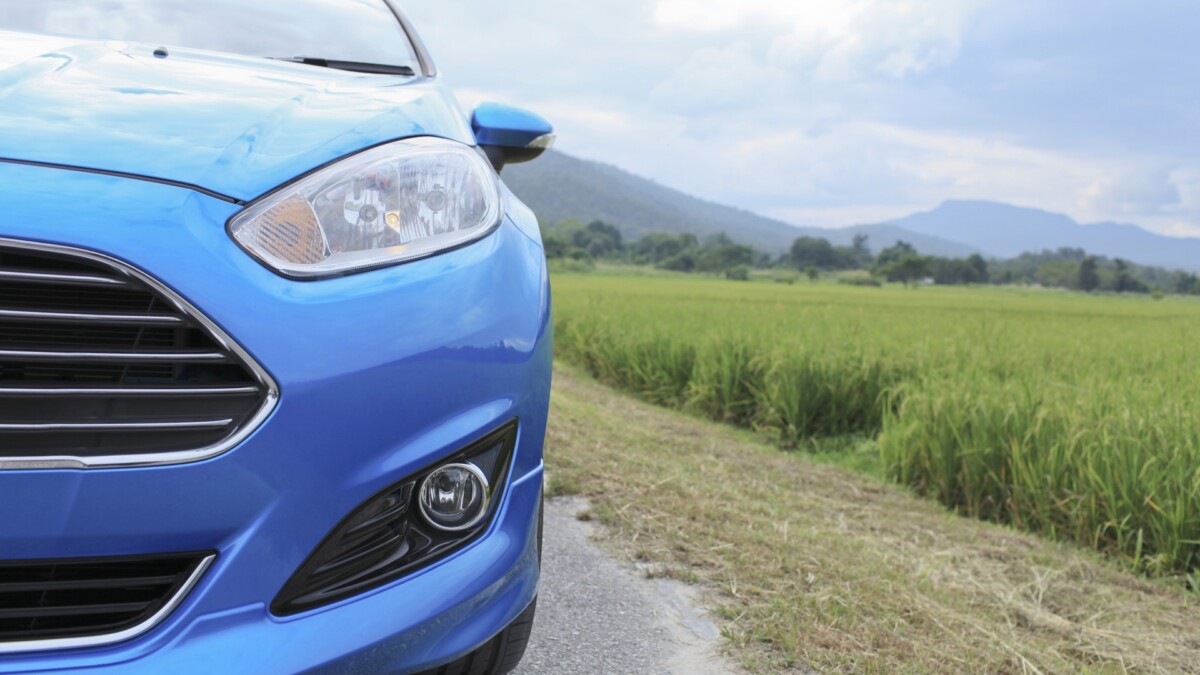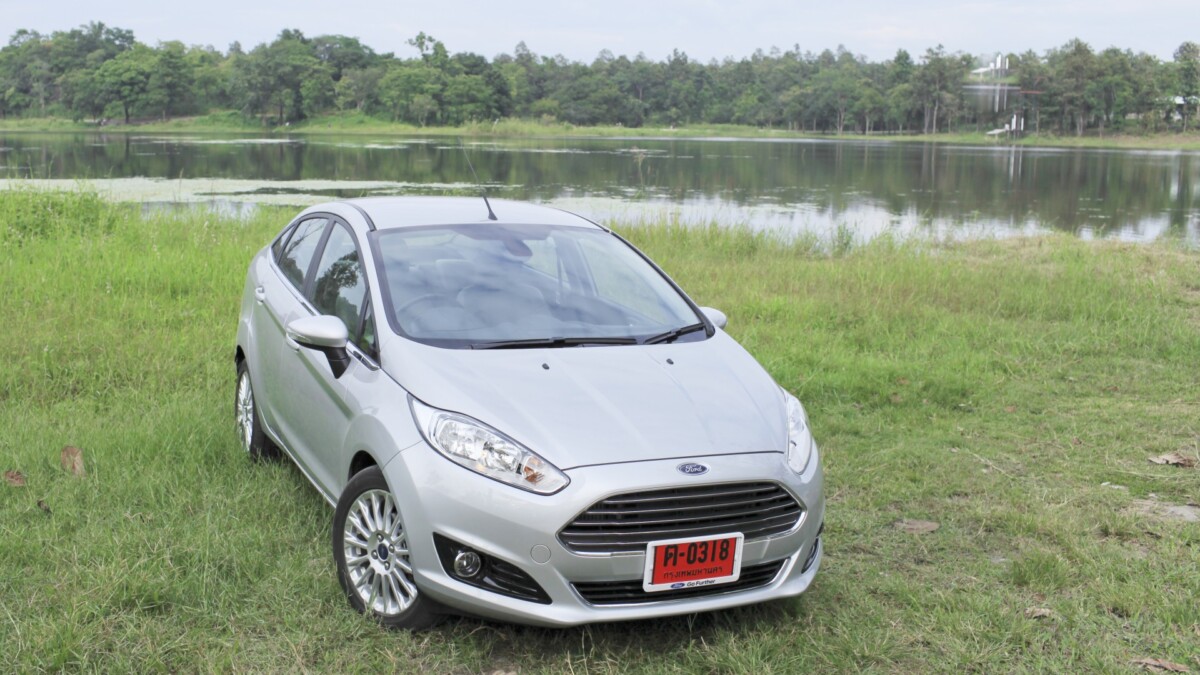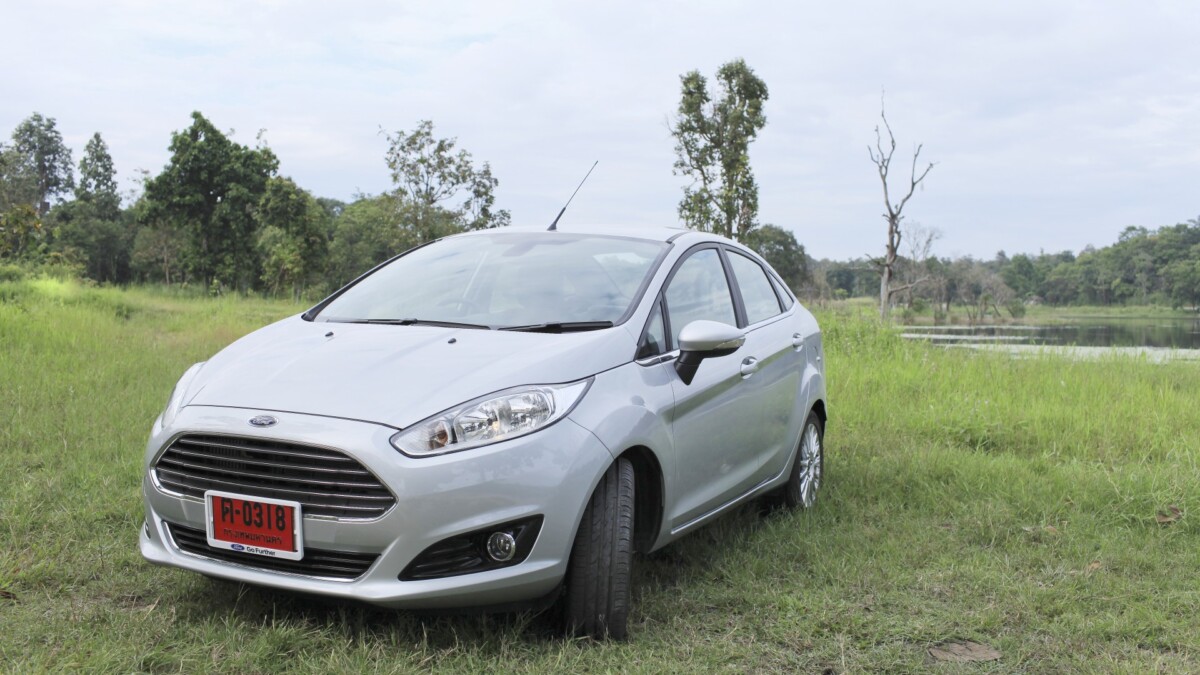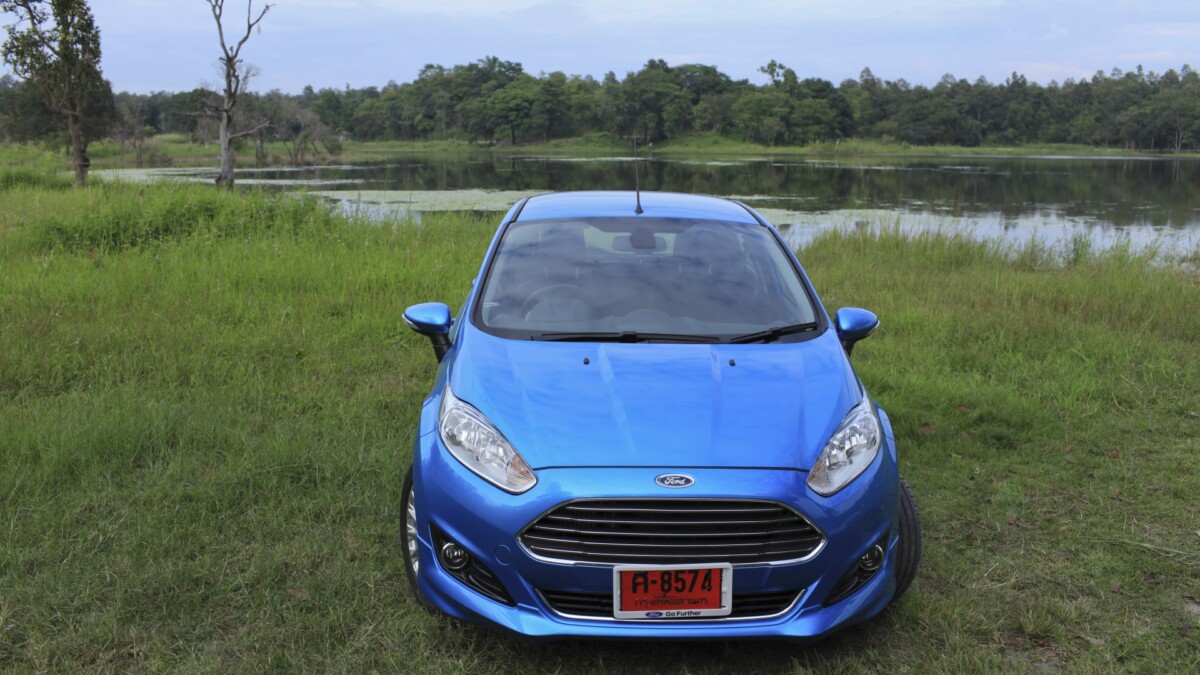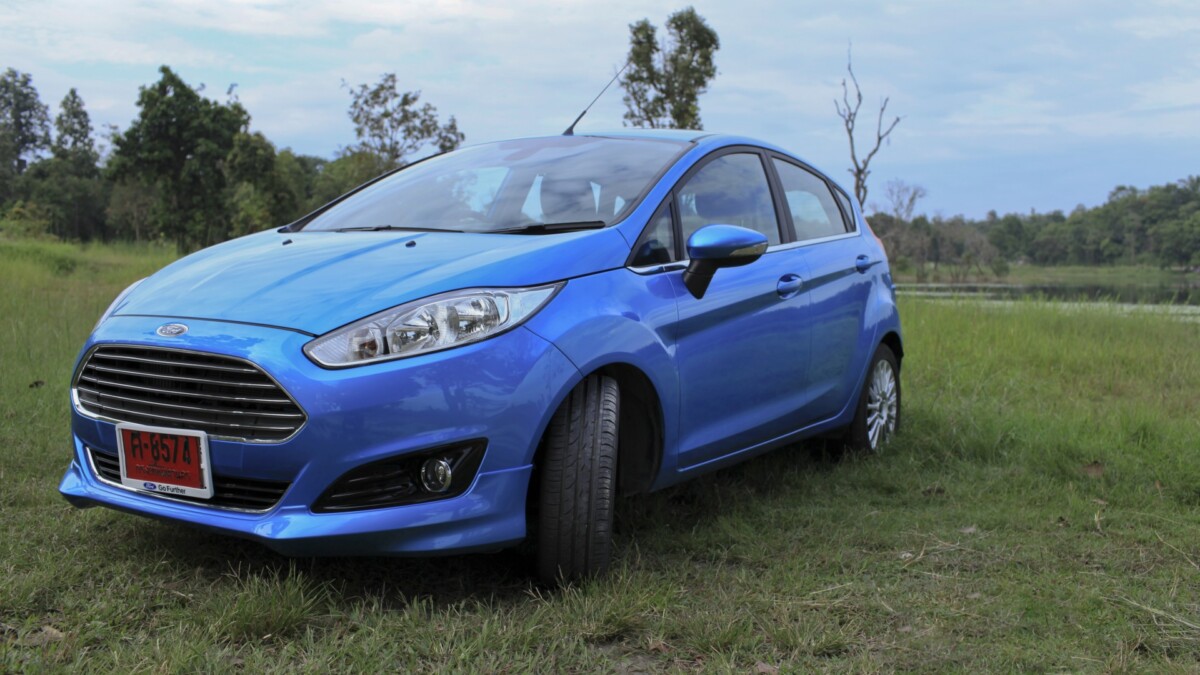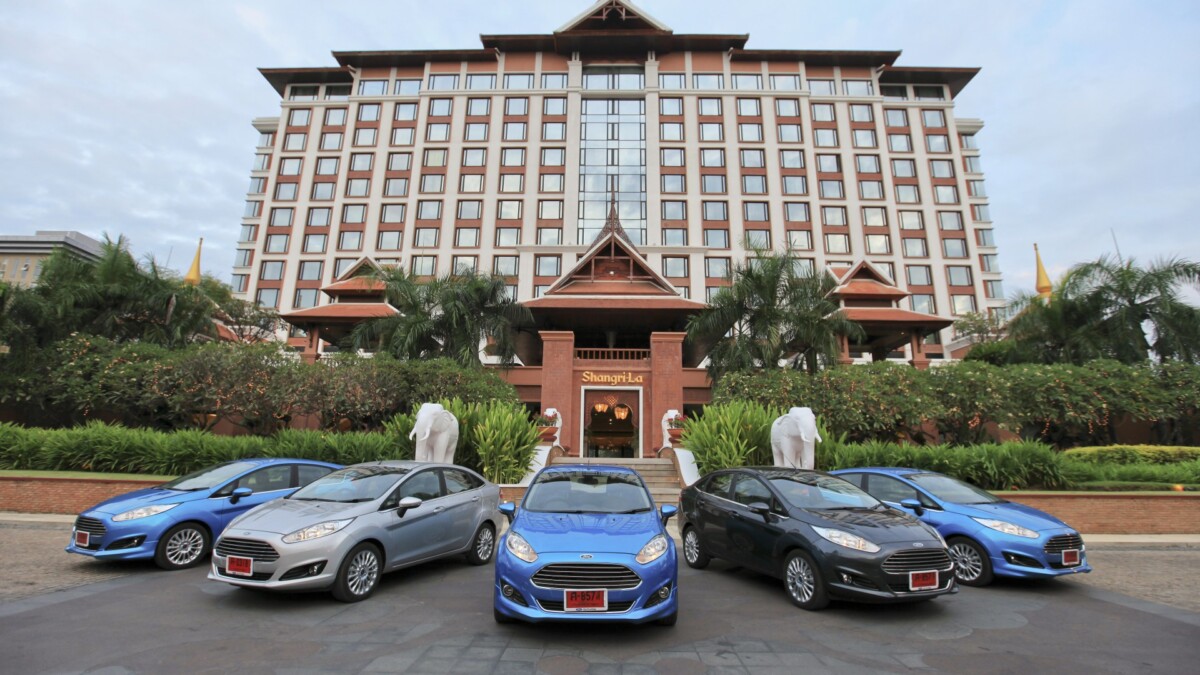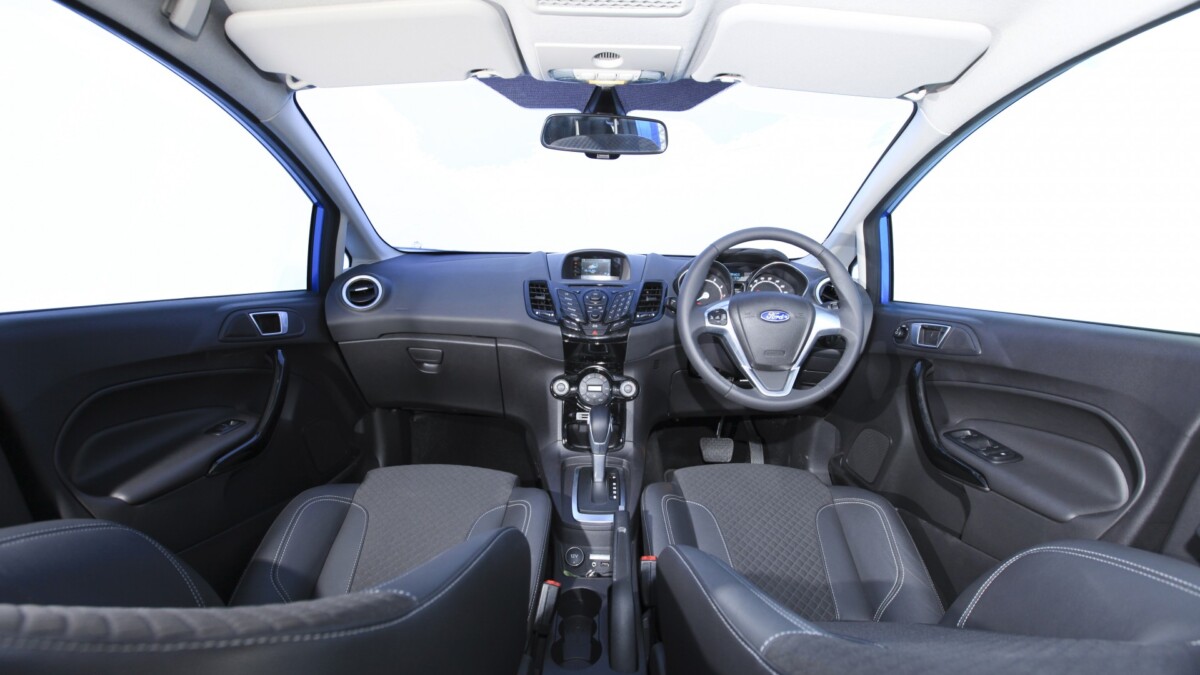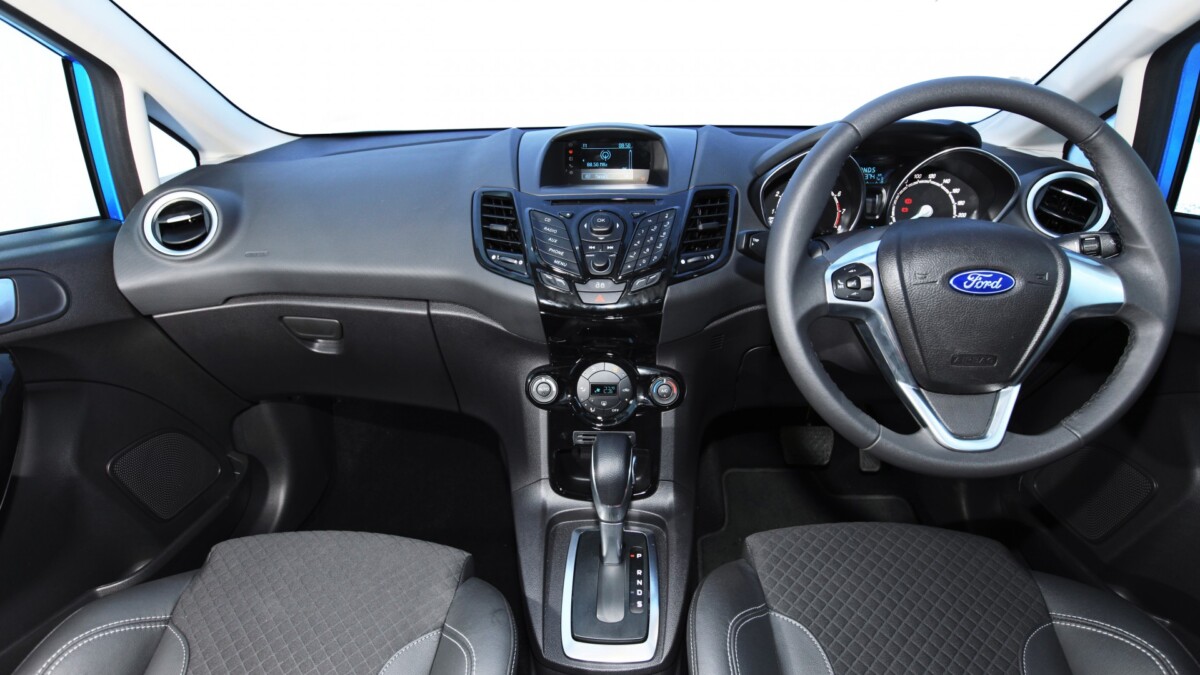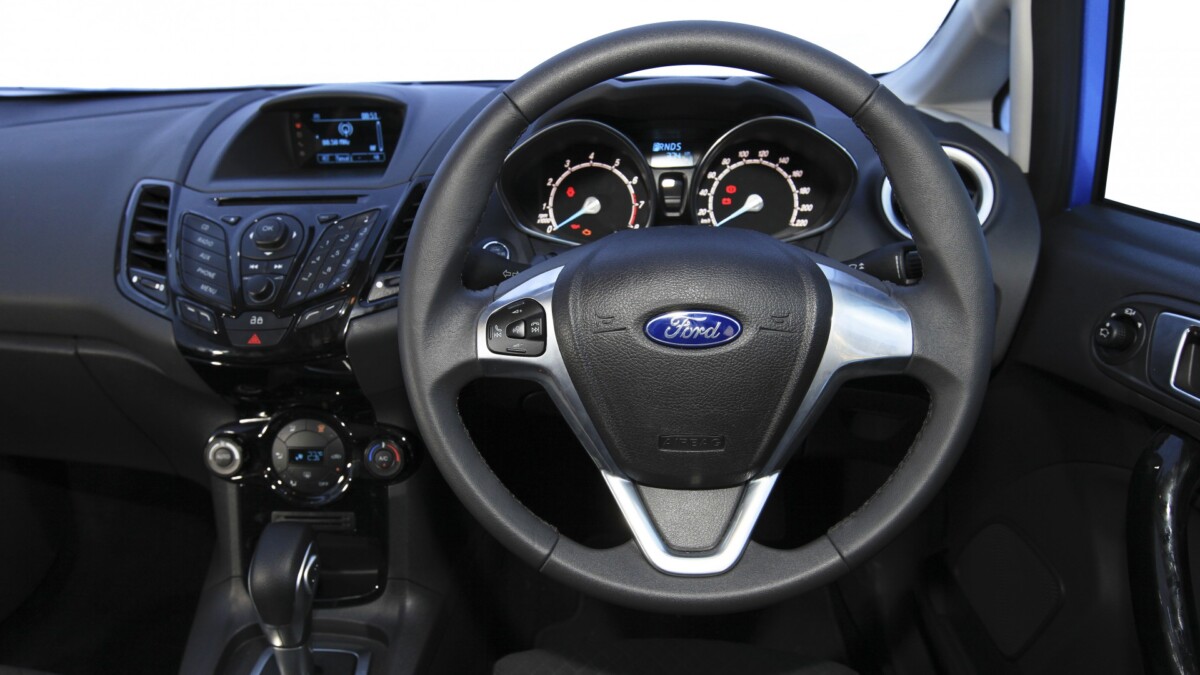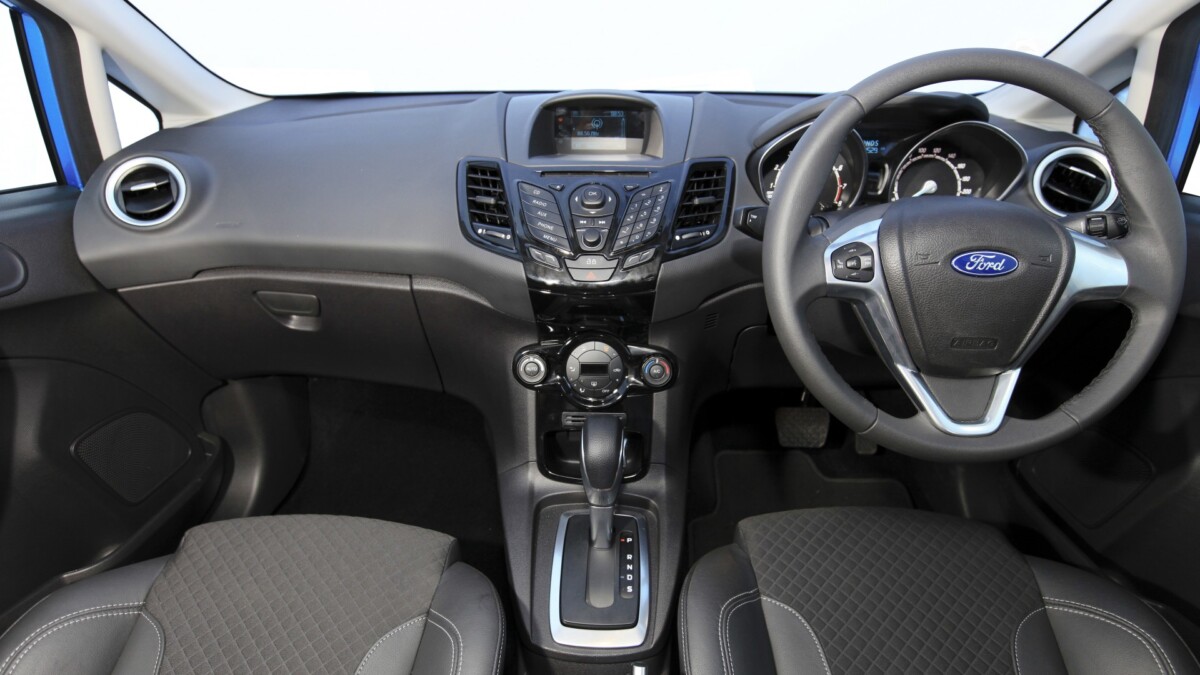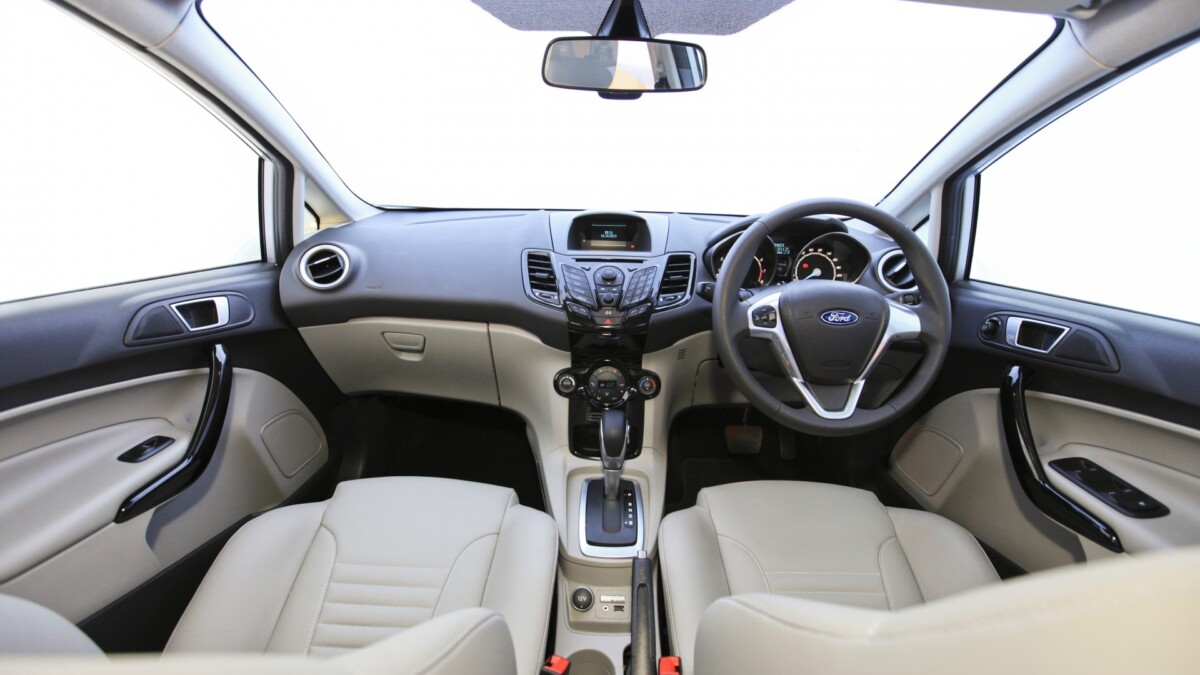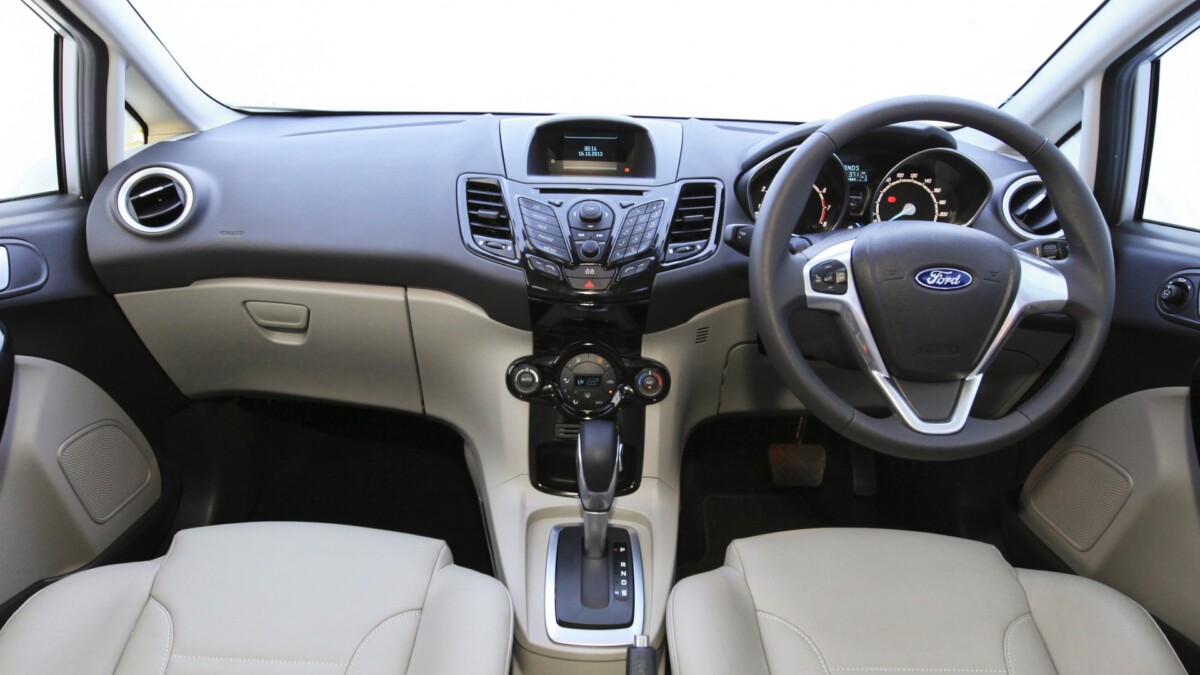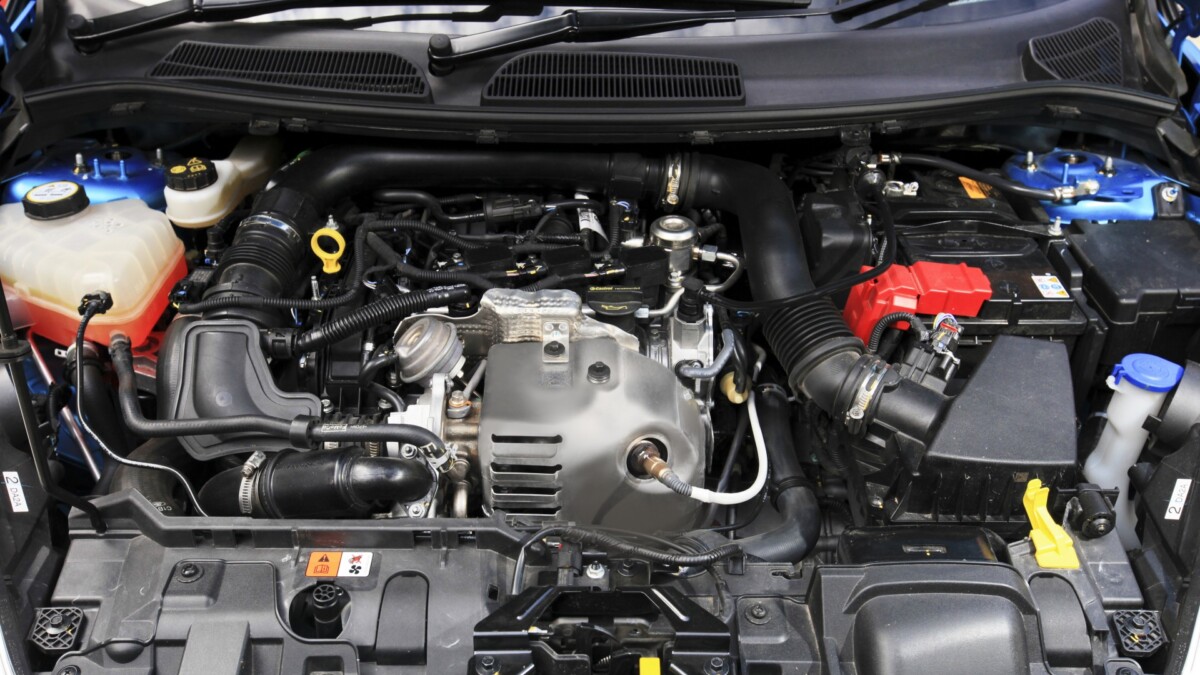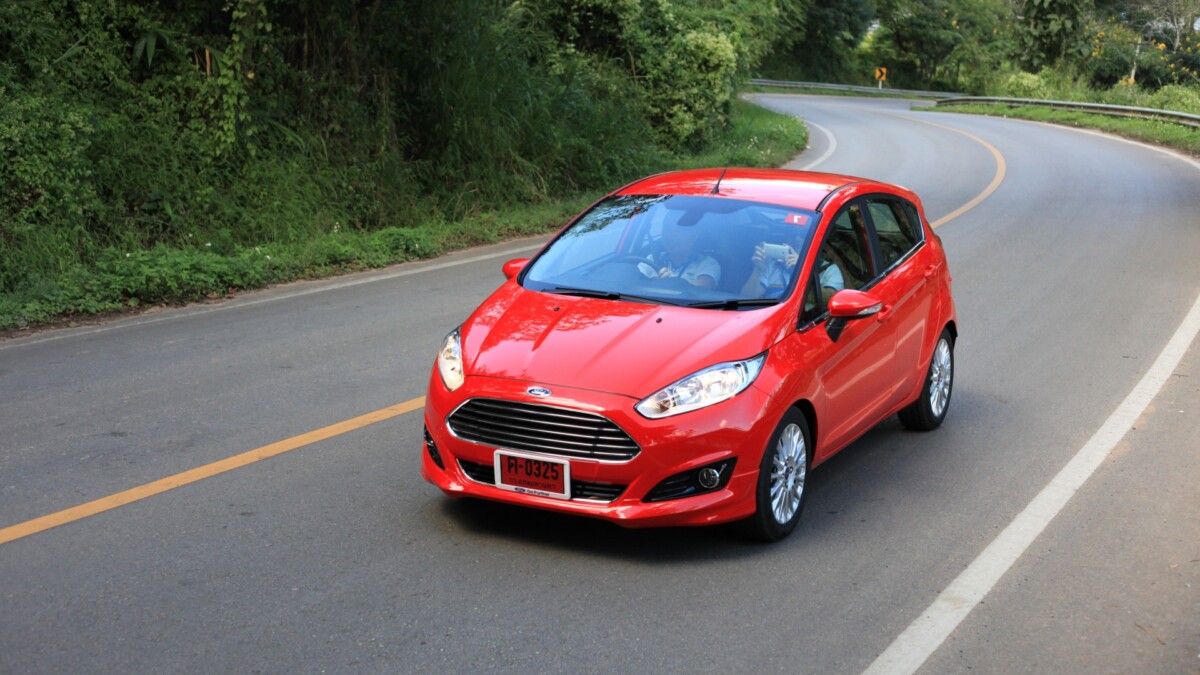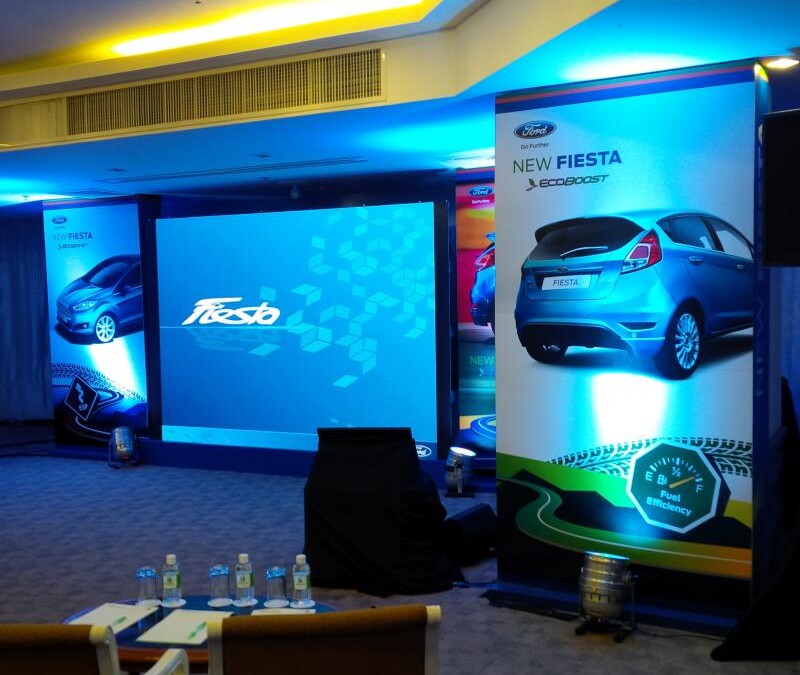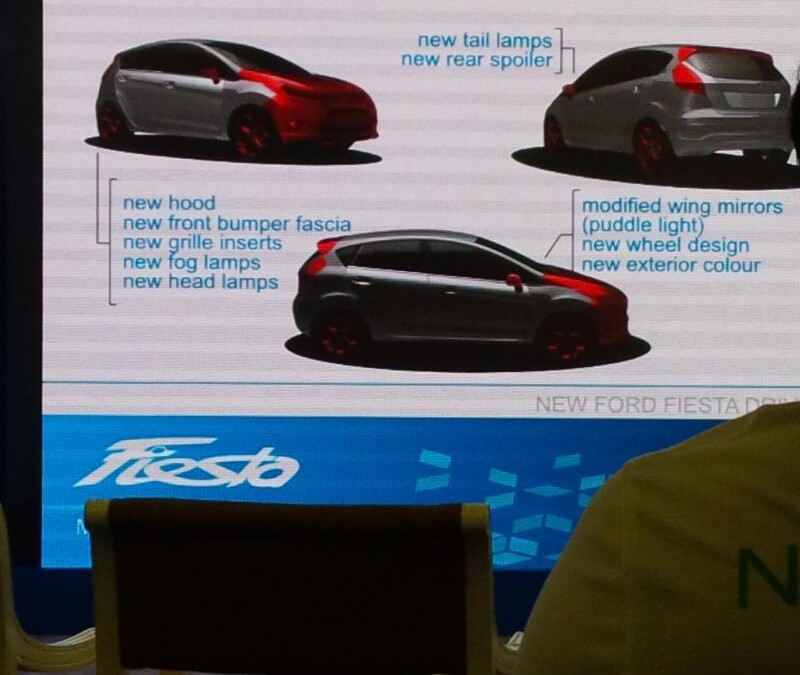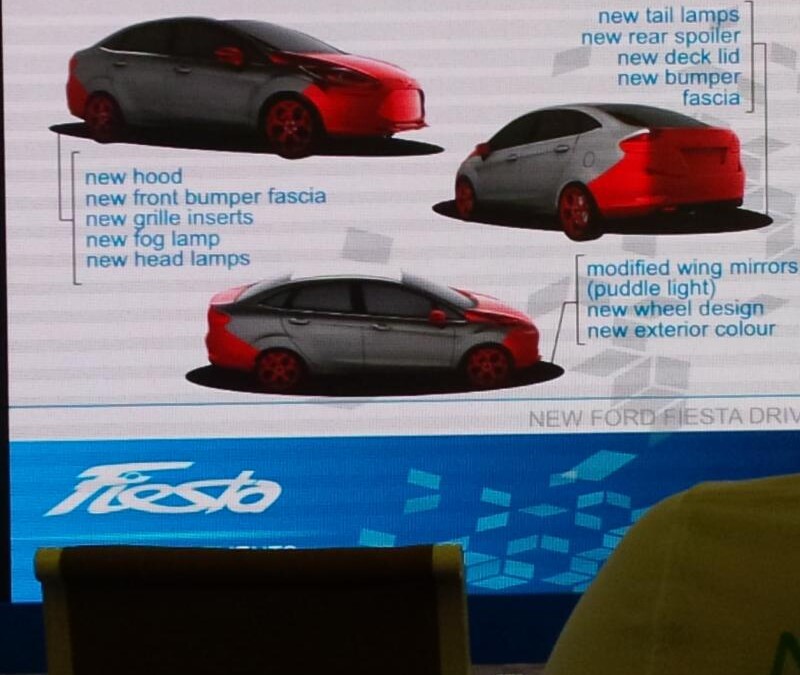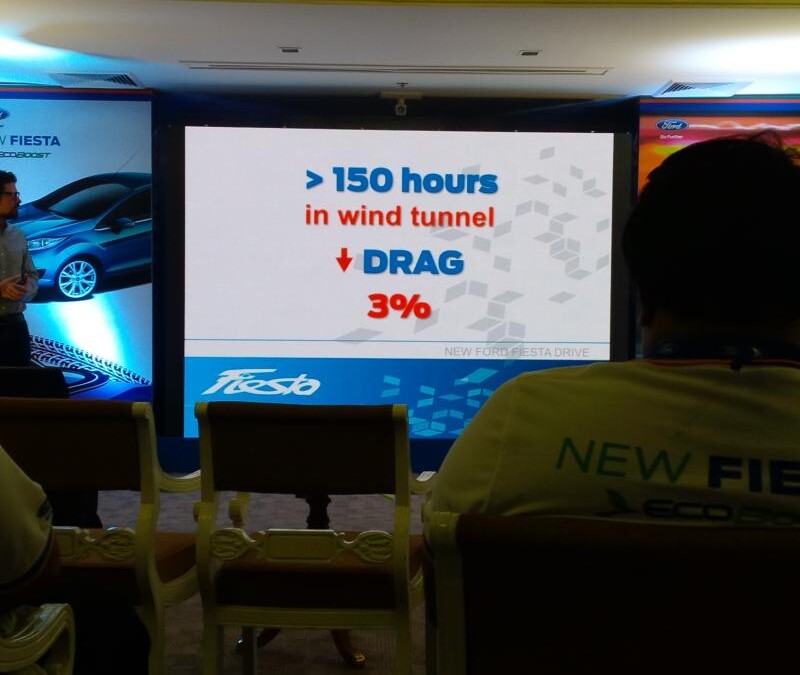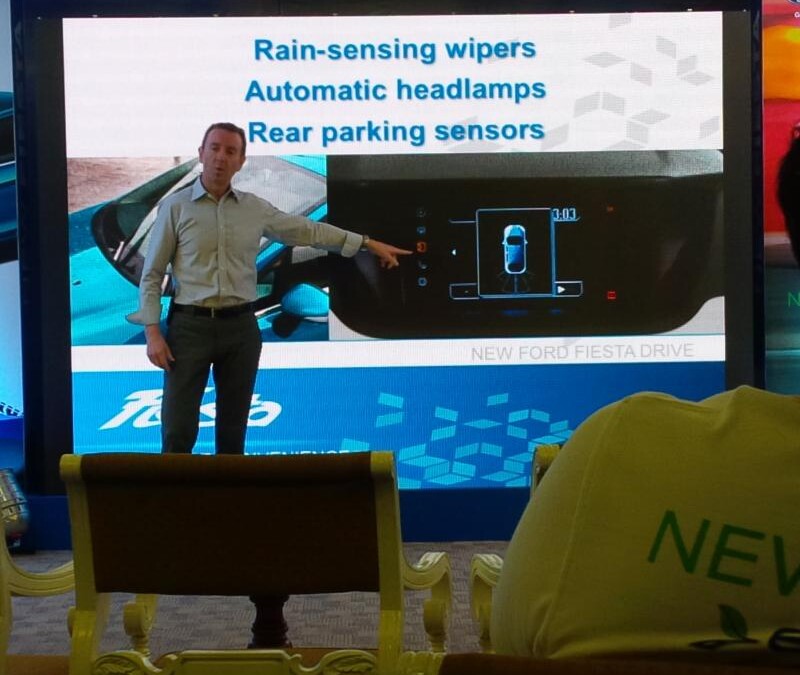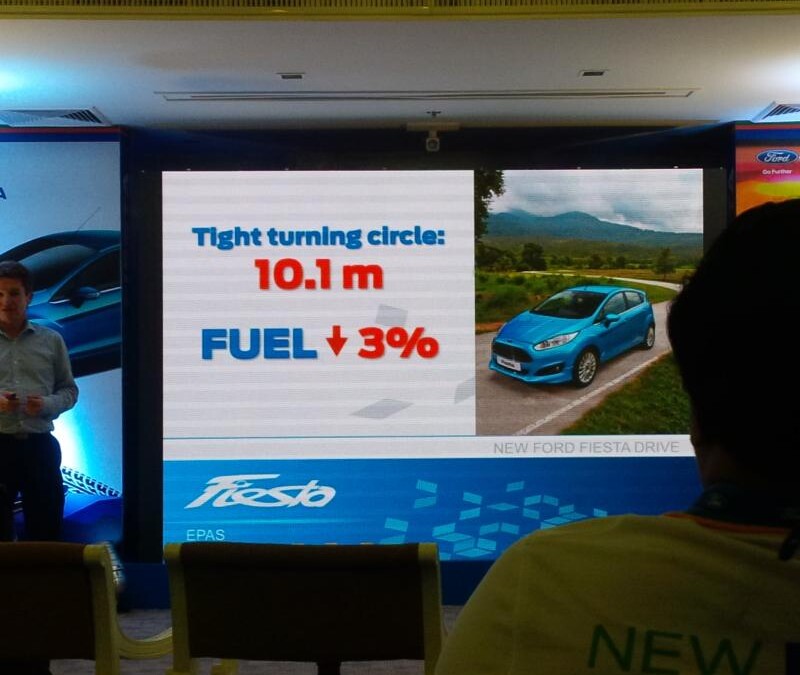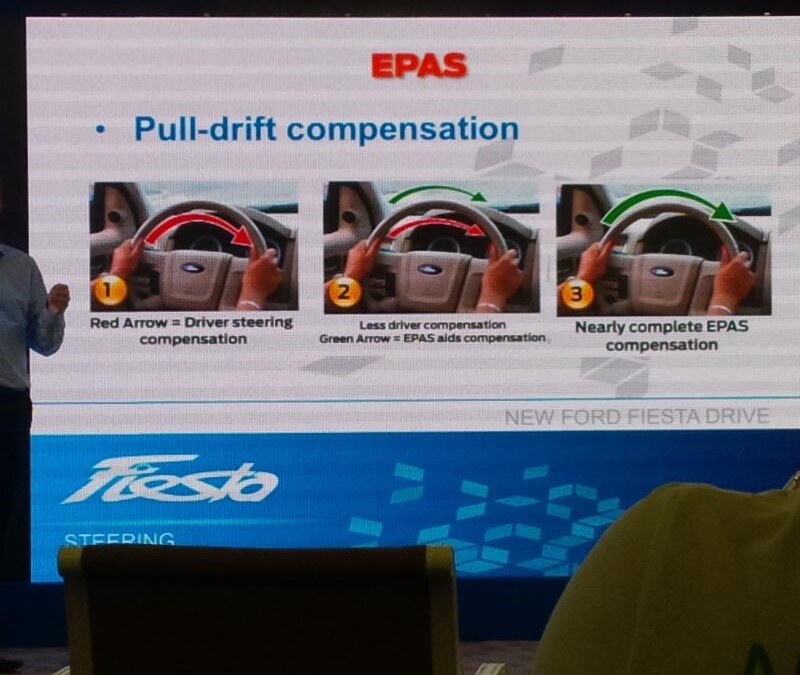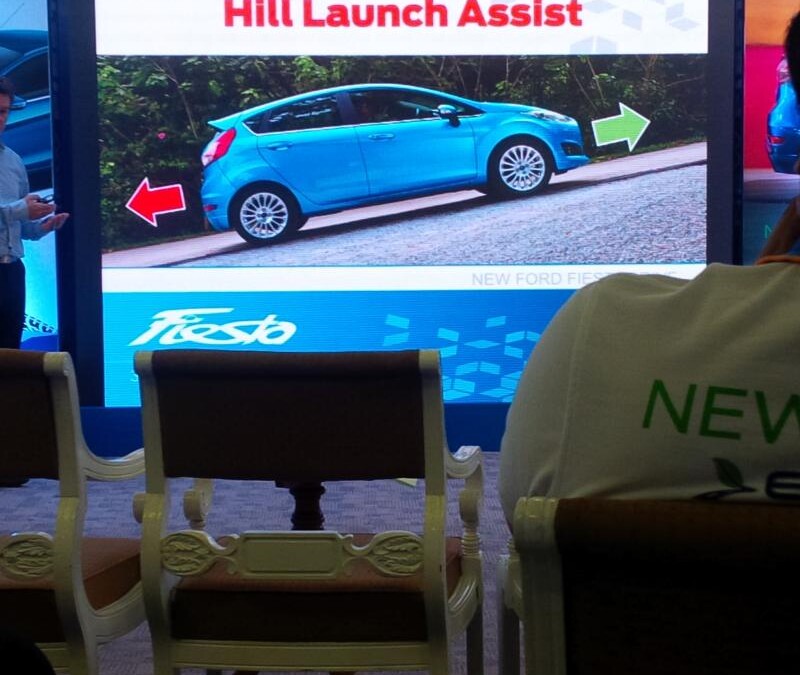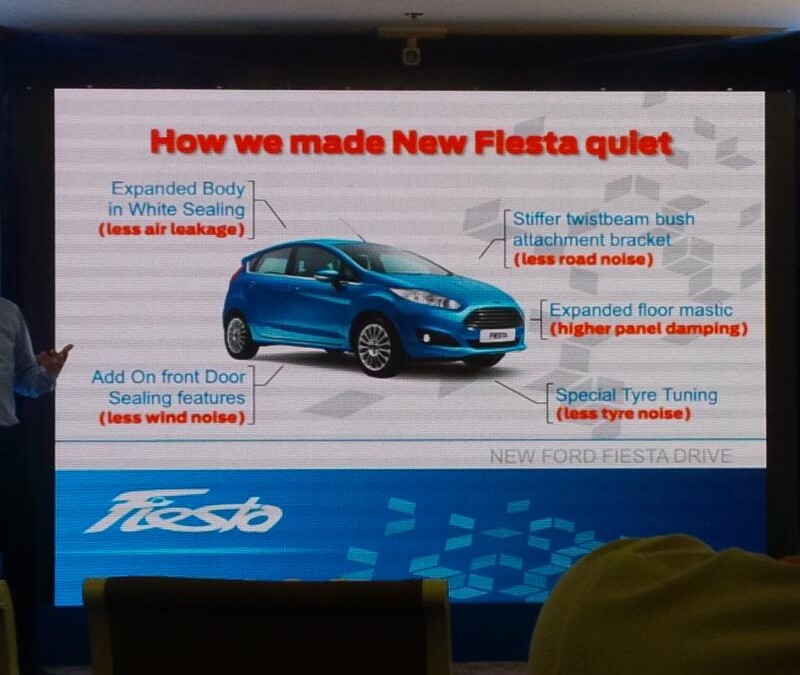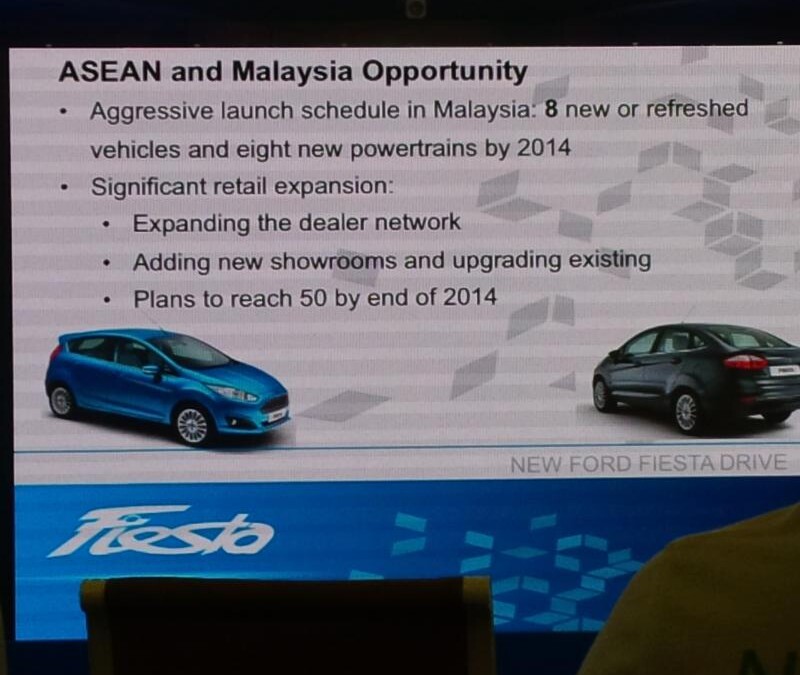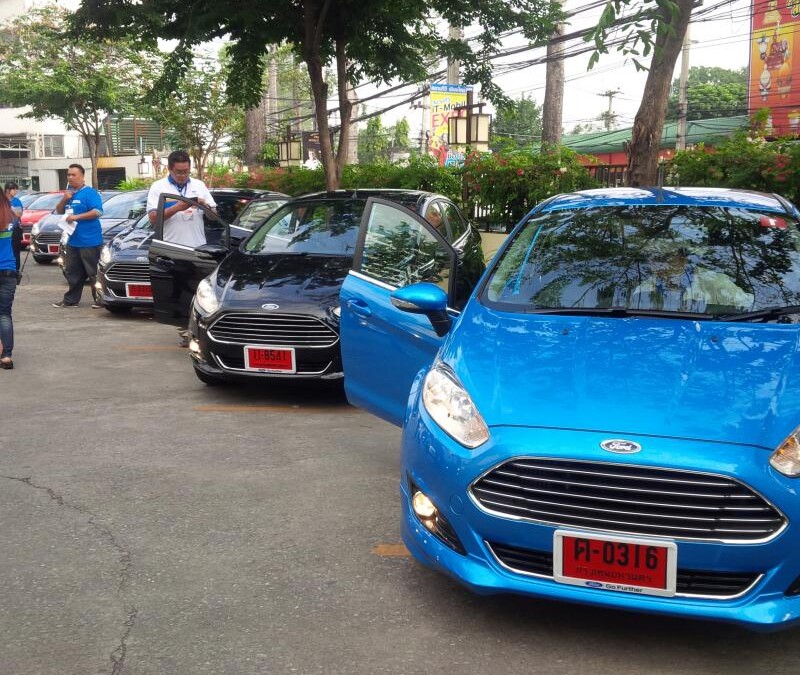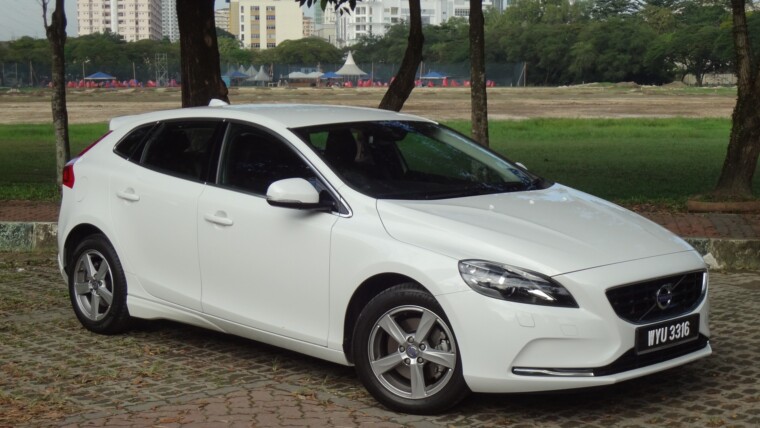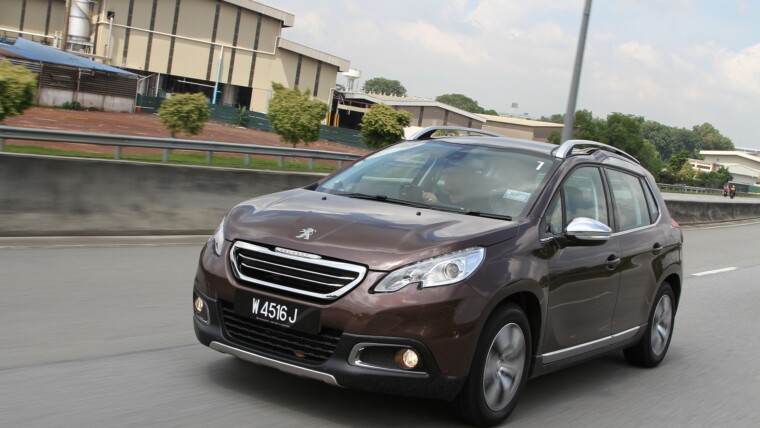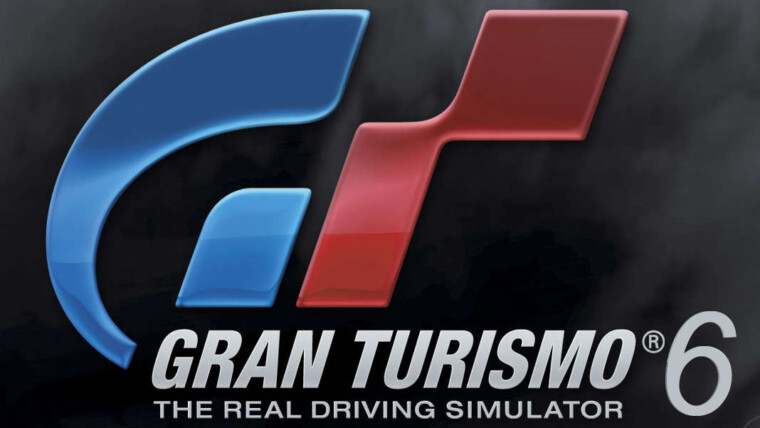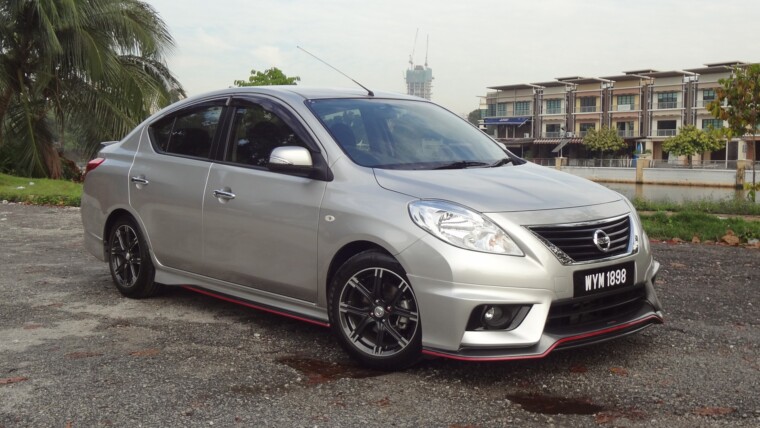Text by Eddy Han / Photos courtesy of Ford.
Let’s get this out of the way right now. In my opinion, Ford has done some seriously good work to update the new Fiesta; it’s obvious that a lot of effort has gone into making an already popular car a serious contender in this segment. It’s packed with plenty of visual excitement including the new trapezoidal front grille that takes on a hint of Aston Martin’s styling cues, complimented by laser-cut headlamps. The power dome hood design adds to the changes, giving the car a more assertive and athletic appearance and the 16-inch alloy wheels help to complete the sporty and chic look.
The Fiesta is equally attractive inside where it carries a premium feel with plenty of leather texture, high-gloss finish, Ice Blue lighting to illuminate dials, switches and displays complimented by a phone-inspired dashboard that exemplifies the modern interior. This makes the Fiesta feel upscale, and only few superminis can rival. Apart from that, the Fiesta comes with interior ambient lighting to light-up your night-time drives. How cool is that?
The Ford Fiesta is designed for the tech-savvy buyers, and one of the new features introduced in the updated Fiesta is the SYNC- voice-activated in-car connectivity system that enables drivers to answer phone calls and select music from your smartphone or USB. Although a lot of cars have this feature, only a few work as well as SYNC. The best thing about the SYNC is that you can listen to text messages by simply using voice commands so you no longer have to fumble through your phone while driving, not that you should in the first place anyway. All you have to do is to connect your mobile phone to SYNC via Bluetooth and you are ready to take calls while you zoom along in busy city traffic, with both hands firmly on the steering wheel.
Besides that, the Fiesta gets reasonably generous standard equipment including the capless fuel filter, rain sensors, push start button, remote keyless-entry, automatic headlights and power windows to make your busy lifestyle much simpler.
Under the hood sits Ford’s 1.0L EcoBoost three-cylinder engine that is capable of delivering a whopping 123hp and 170Nm of torque. It’s mated to a six-speed Ford PowerShift automatic transmission, with ‘SelectShift’, activated via a button on the gearstick (see photo gallery below after ‘specifications’). Personally, I’d have preferred ‘flappy-paddles’ on the steering wheel, as said button is a tad cumbersome to operate. Sadly though, a manual transmission won’t be available when it comes to our shores sometime in the second quarter of this year.
In the past, automakers thought three-cylinder engines couldn’t possibly offer economy and refinement in larger cars. That was until Ford developed the 1.0-litre EcoBoost, which has won multiple awards around the world, including the International Engine of the Year award for two years running. As a result, the Fiesta is capable of delivering up to 21% better fuel-efficiency than the current 1.5-litre engine at 18.9km/L (claimed).
The 1.0-litre EcoBoost engine actually has a lot of tricks up its sleeve. The EcoBoost technology combines the three-cylinder engine with turbocharging, direct fuel-injection, variable valve timing and proprietary Ford software to provide great performance and fuel economy without sacrificing power. The 1.5-litre Ti-VCT engine equipped in the current Fiesta is heavy and less efficient. The 1.0-litre EcoBoost engine on the other hand is lightweight which translates into not just better fuel economy, but also improved vehicle dynamics.
In a normal three-cylinder engine, two cylinders usually travel together while the other one travels on its own, causing the engine to pitch from side to side. The traditional way of reducing shaking forces in small-displacement engines is to install a counter-rotating balancer shaft inside the motor that cancels out most vibrations. But a balance shaft is heavy, expensive and it reduces fuel economy.
When cruising down the highway, you’ll be surprised that the 1.0-litre EcoBoost engine doesn’t behave like a three-cylinder engine. There are delicious amounts of torque on tap, especially when the overboost kicks in, for 30 seconds of pure automotive nirvana. The peak torque is available from 1,400 to 4,500 rpm but it easily let you tickle the 6,500rpm rev limit; just don’t expect that super-efficient fuel-consumption if you drive like this all the time.
The electrically assisted power-steering feels nicely weighted and responsive with plenty of feedback especially when going through a series of uphill climbs or pulling out of sharp turns. Add in a strong grip, excellent body control, poise handling and smooth gearshift, the Fiesta is as fun to drive as many hot hatches in the market plus it gives a grown-up feel from behind the wheels. And the best thing about the Fiesta is that the nimble and agile handling doesn’t come at the expense of ride comfort. The Fiesta’s interior is well insulated from wind noise and tyre noise and even though the EcoBoost engine emits a delicious growl when extended, the engine is pleasantly smooth and noiseless most of the time.
The 1.0-litre Fiesta EcoBoost variant will be coming to Malaysia in the first quarter of this year slotting below the current 1.5-litre engine that will carry over as the base engine. Stay tuned to AF for more updates when it officially arrives in Malaysia!
Specifications
Engine: In-line 3-cyl, 999cc, turbo
CO2: 99g/km
Power: 123bhp @6000rpm
Torque: 170Nm @1400-4500rpm
0-100kmph: 11.4 sec (claimed)
Top speed: 192 kmph (claimed)
Basic price: RM95-100,000 est
Other posts by Chris Wee

